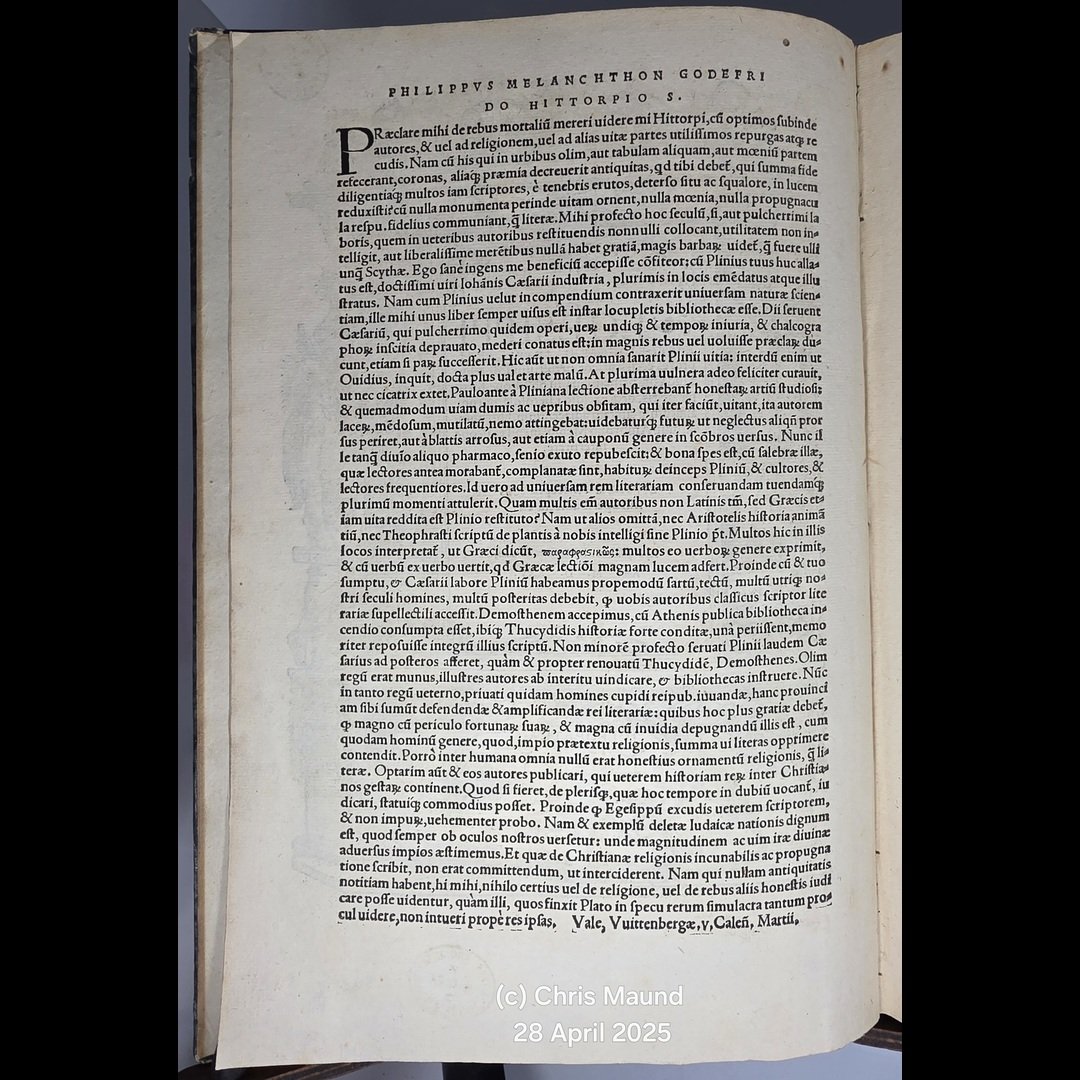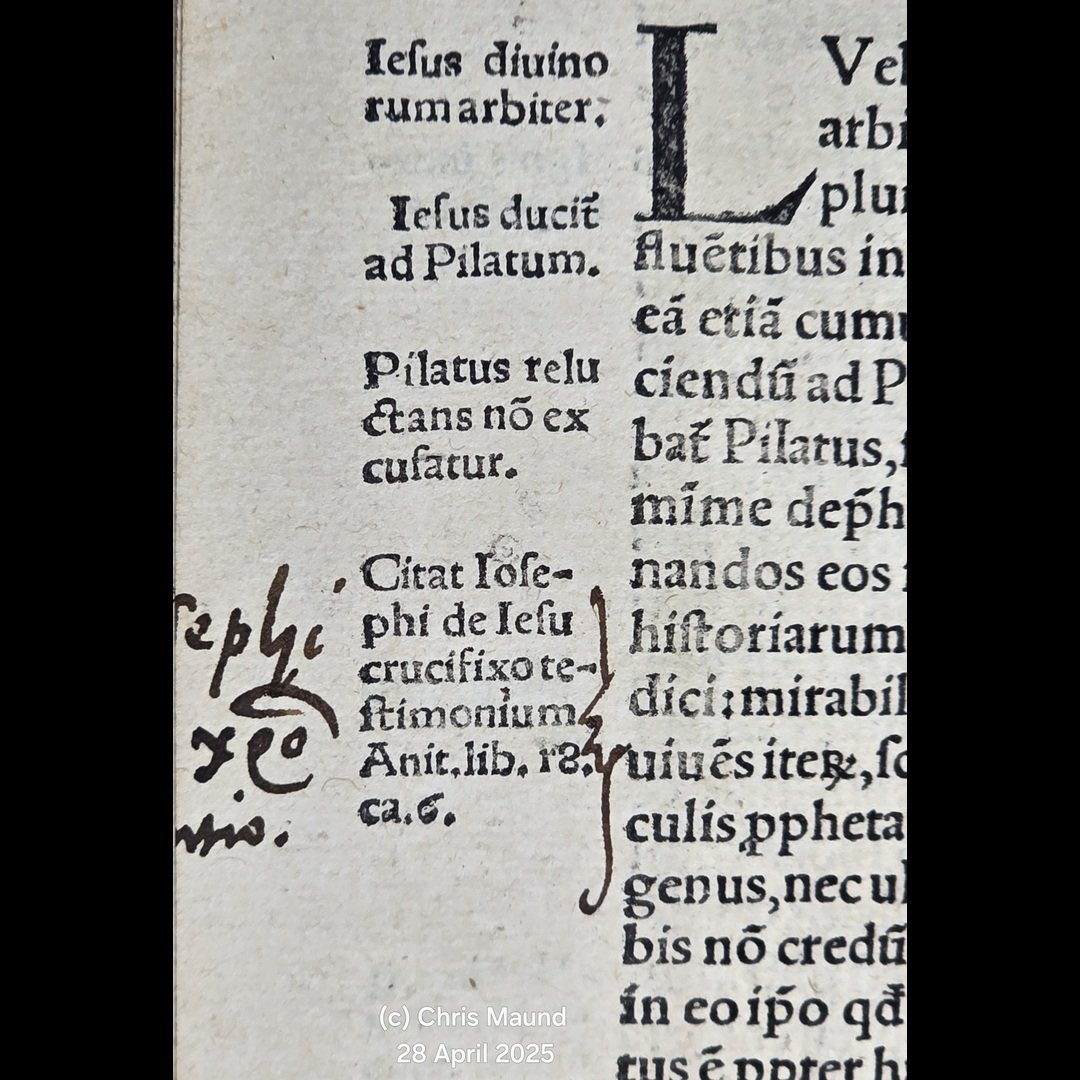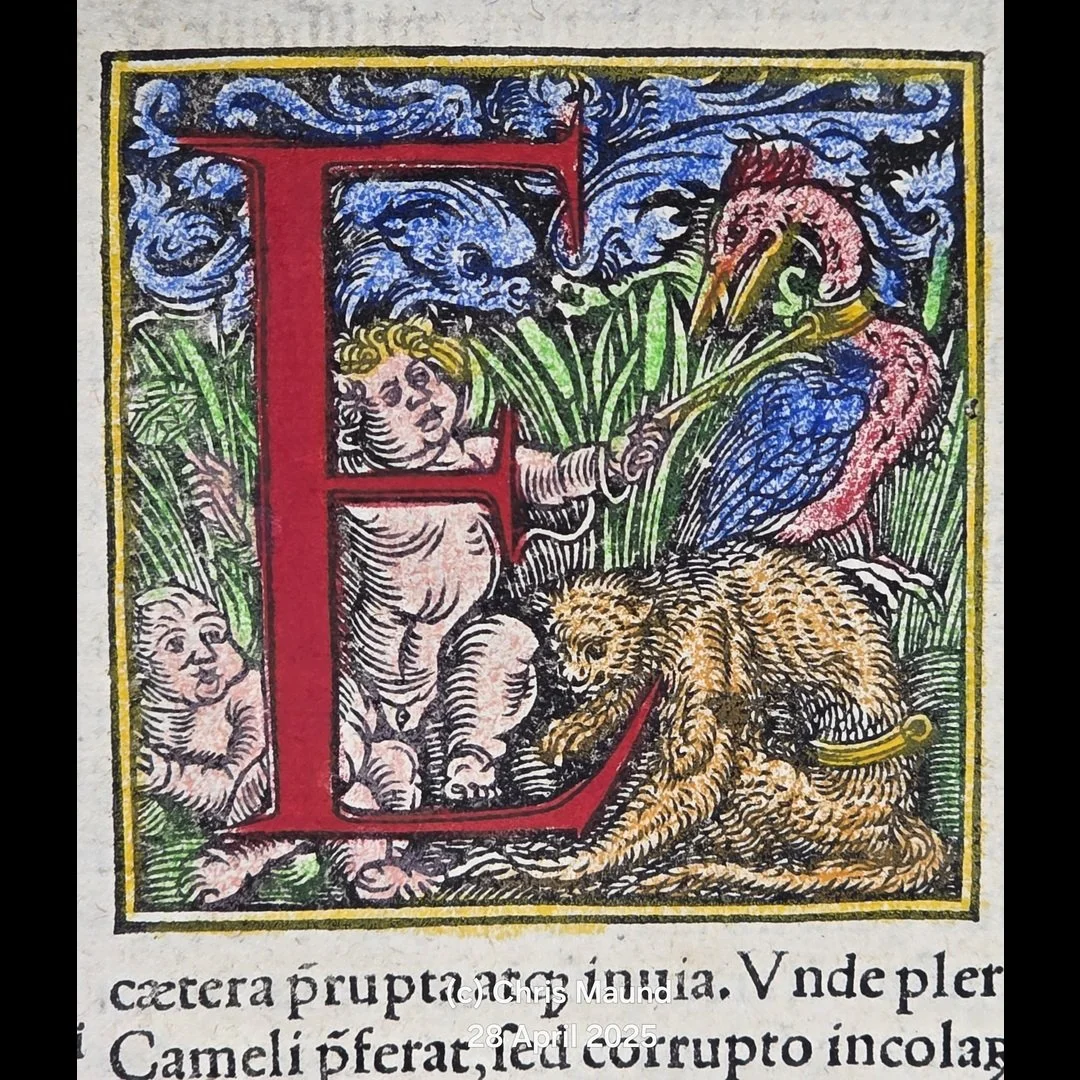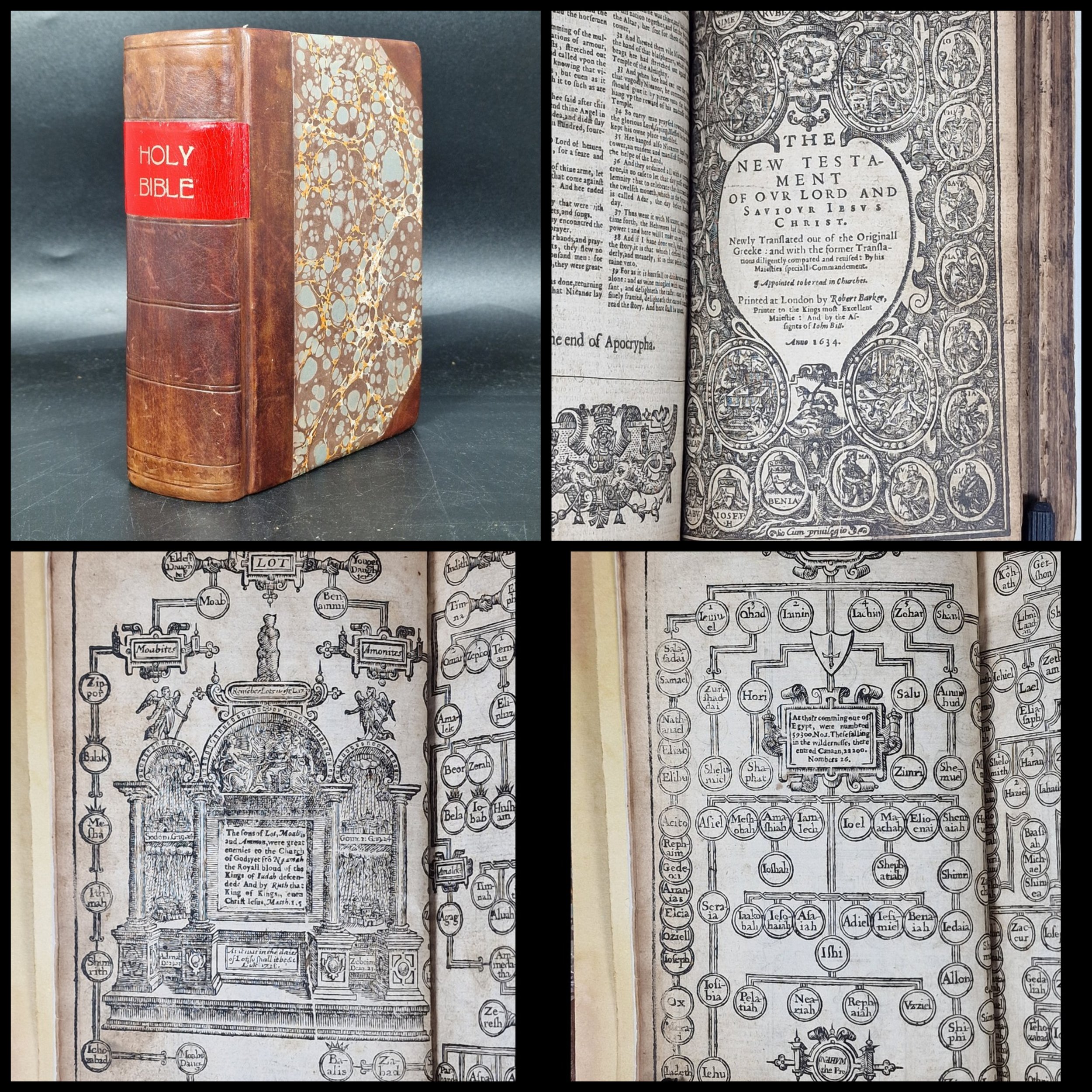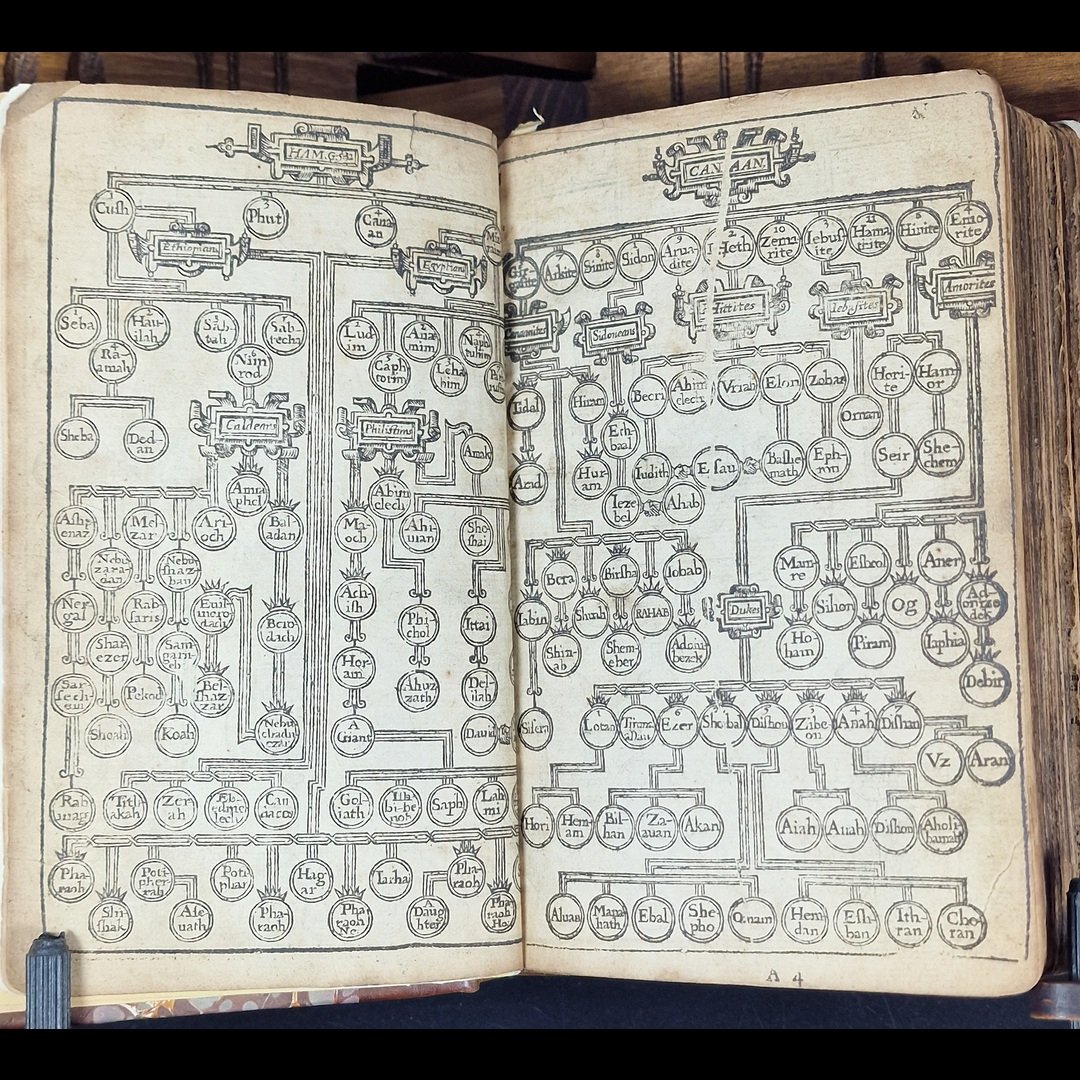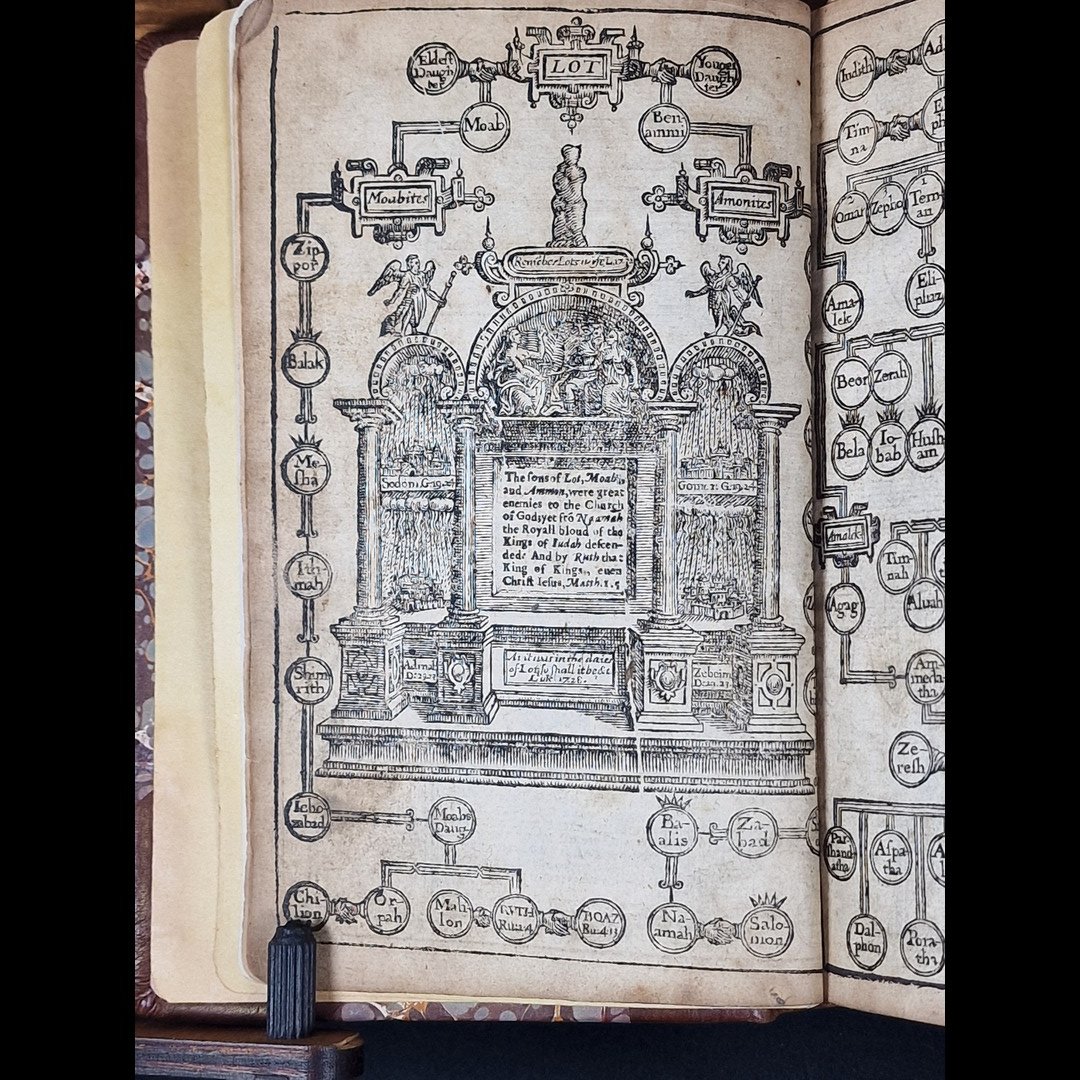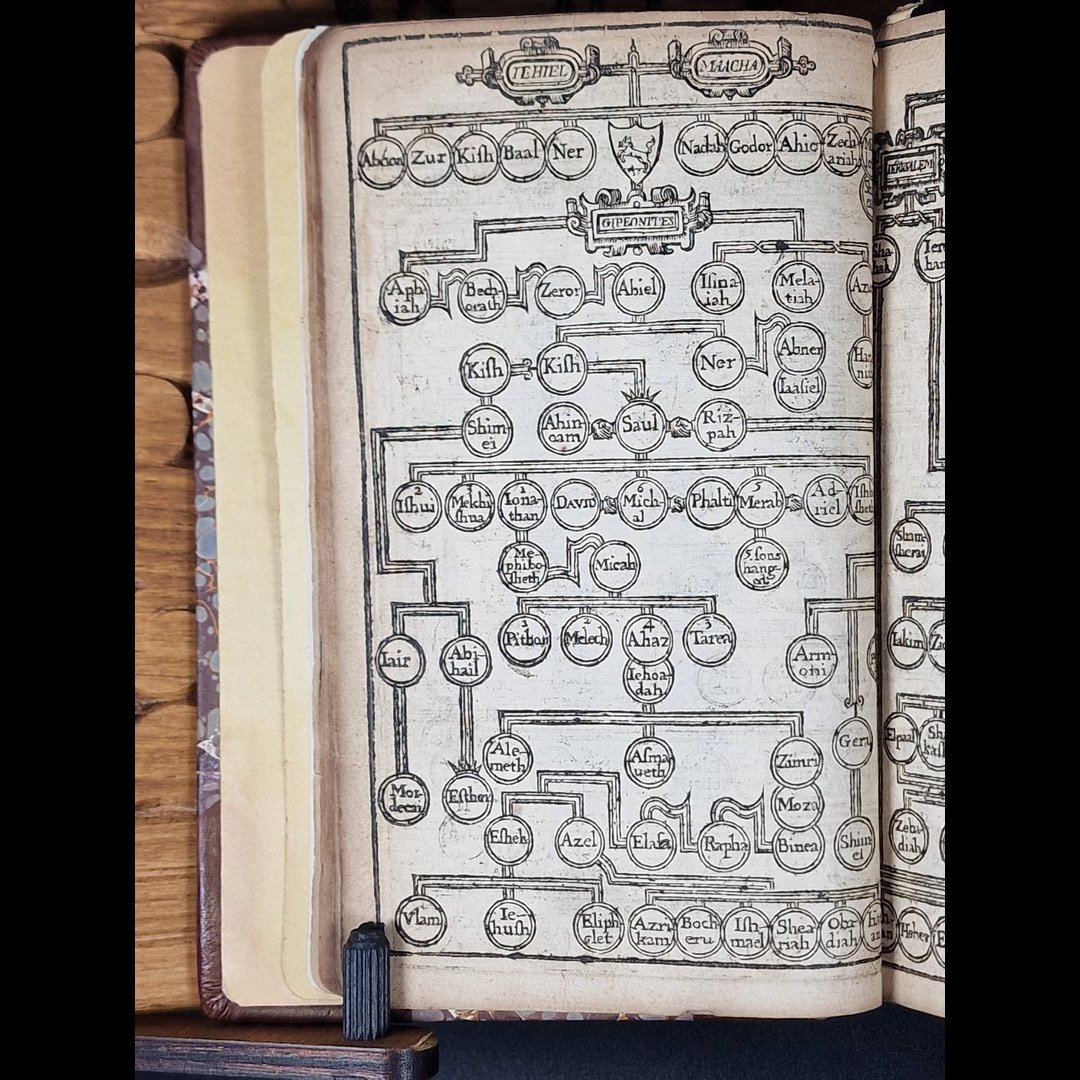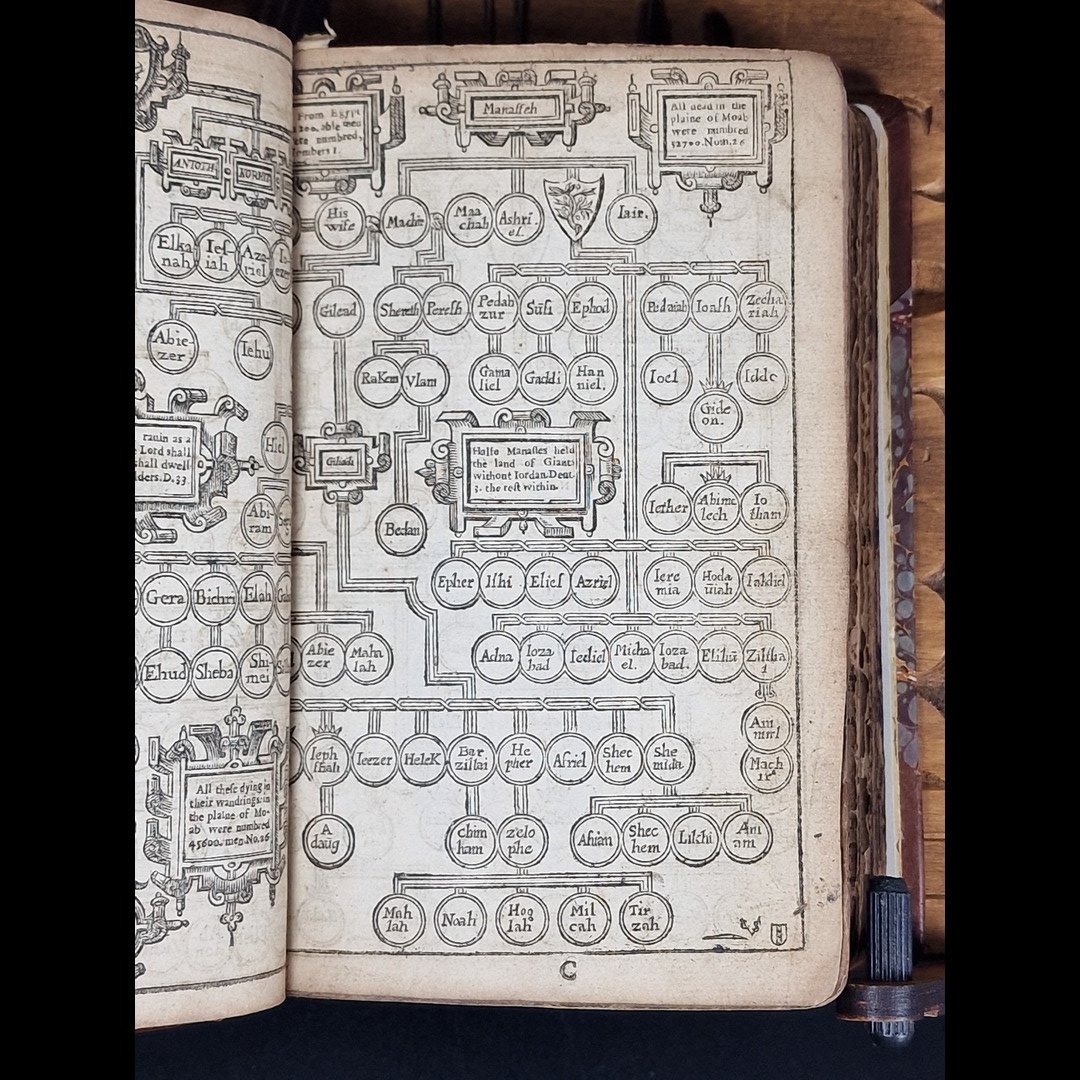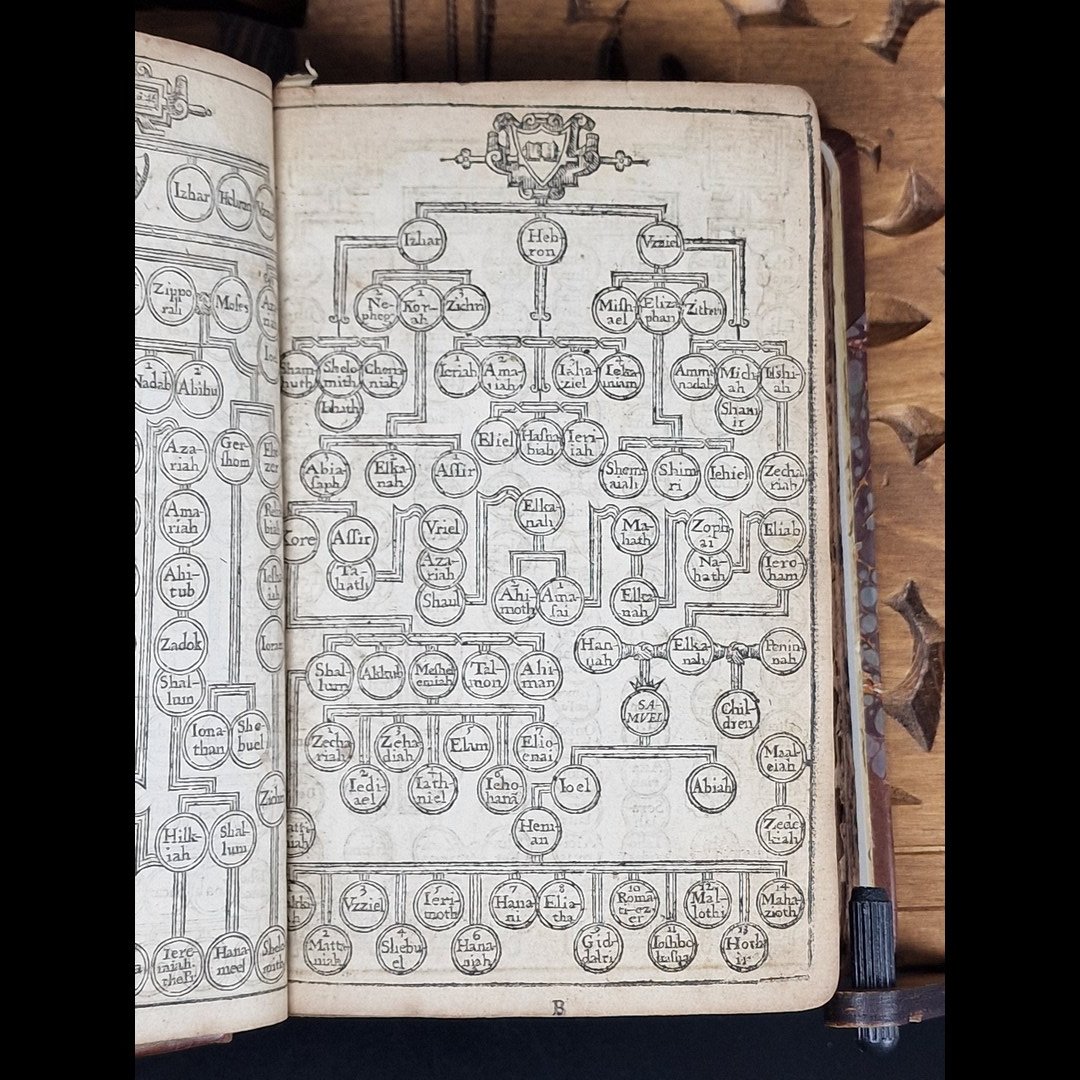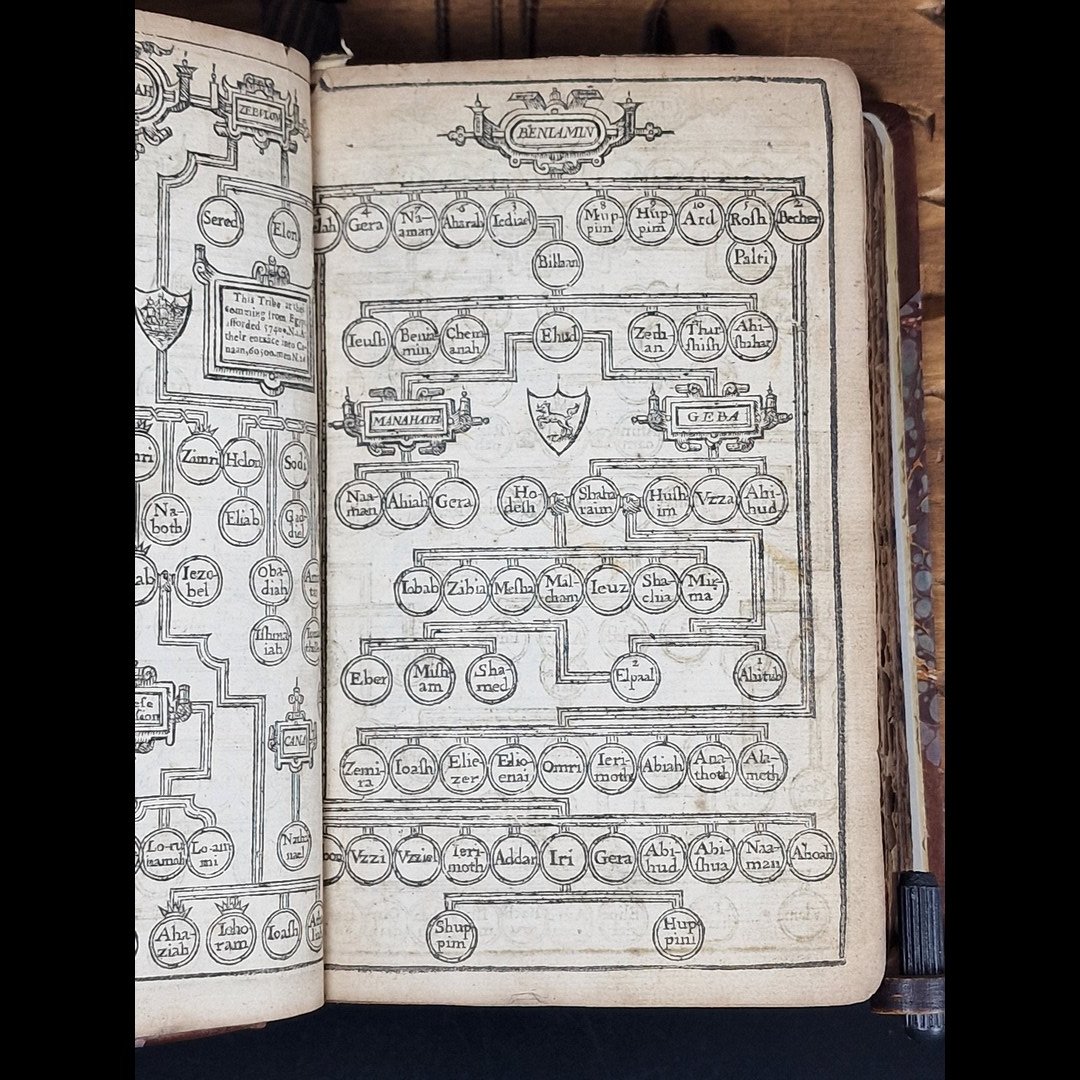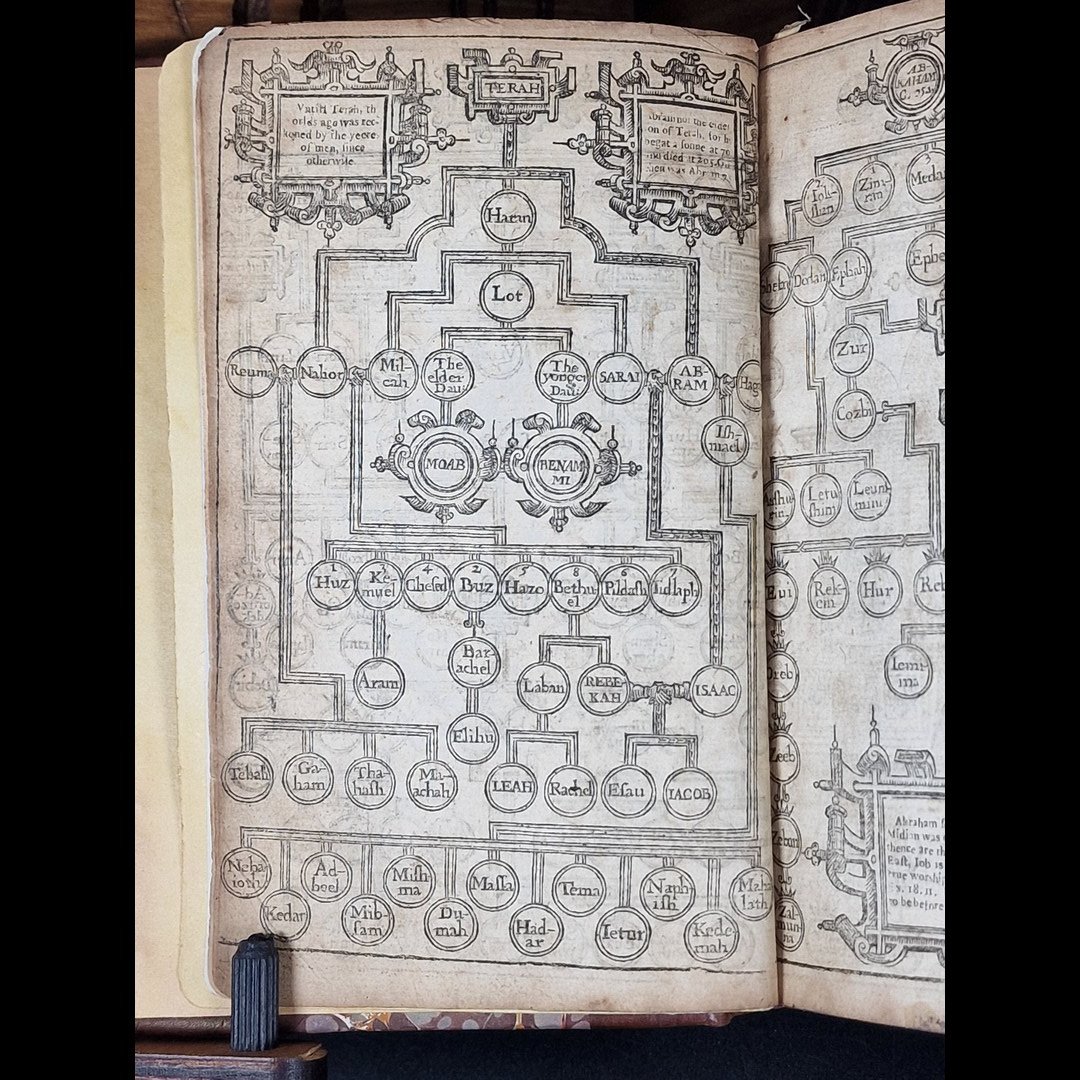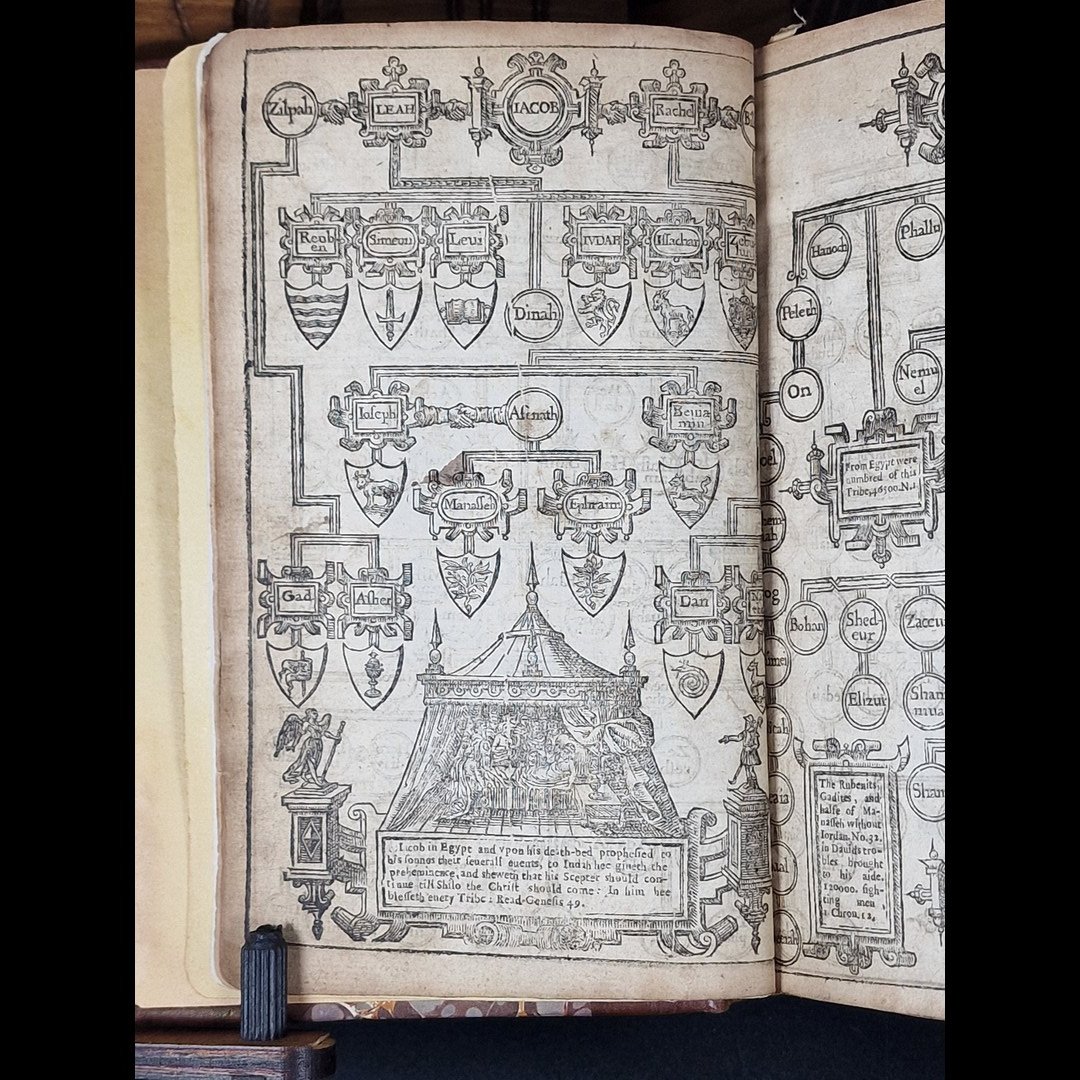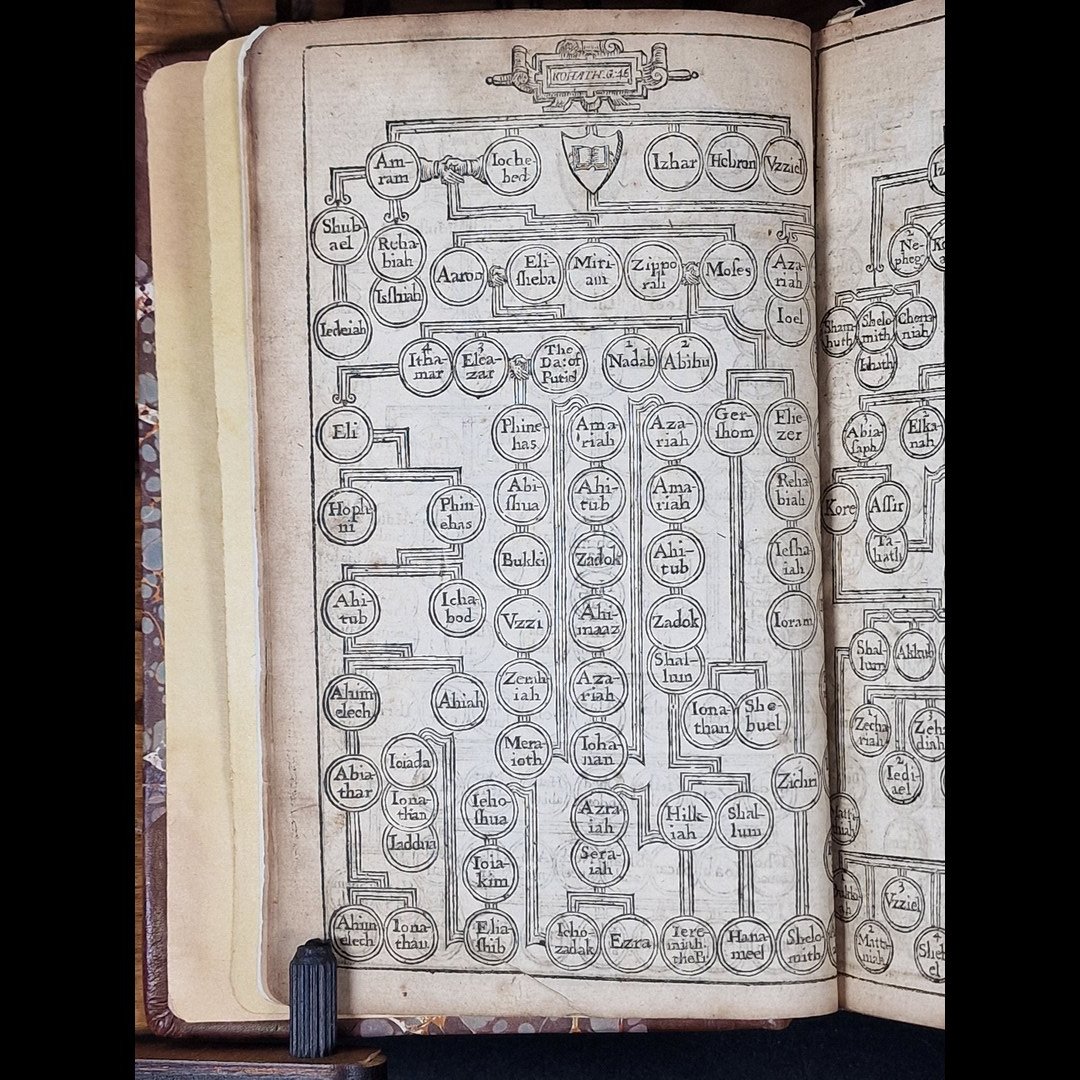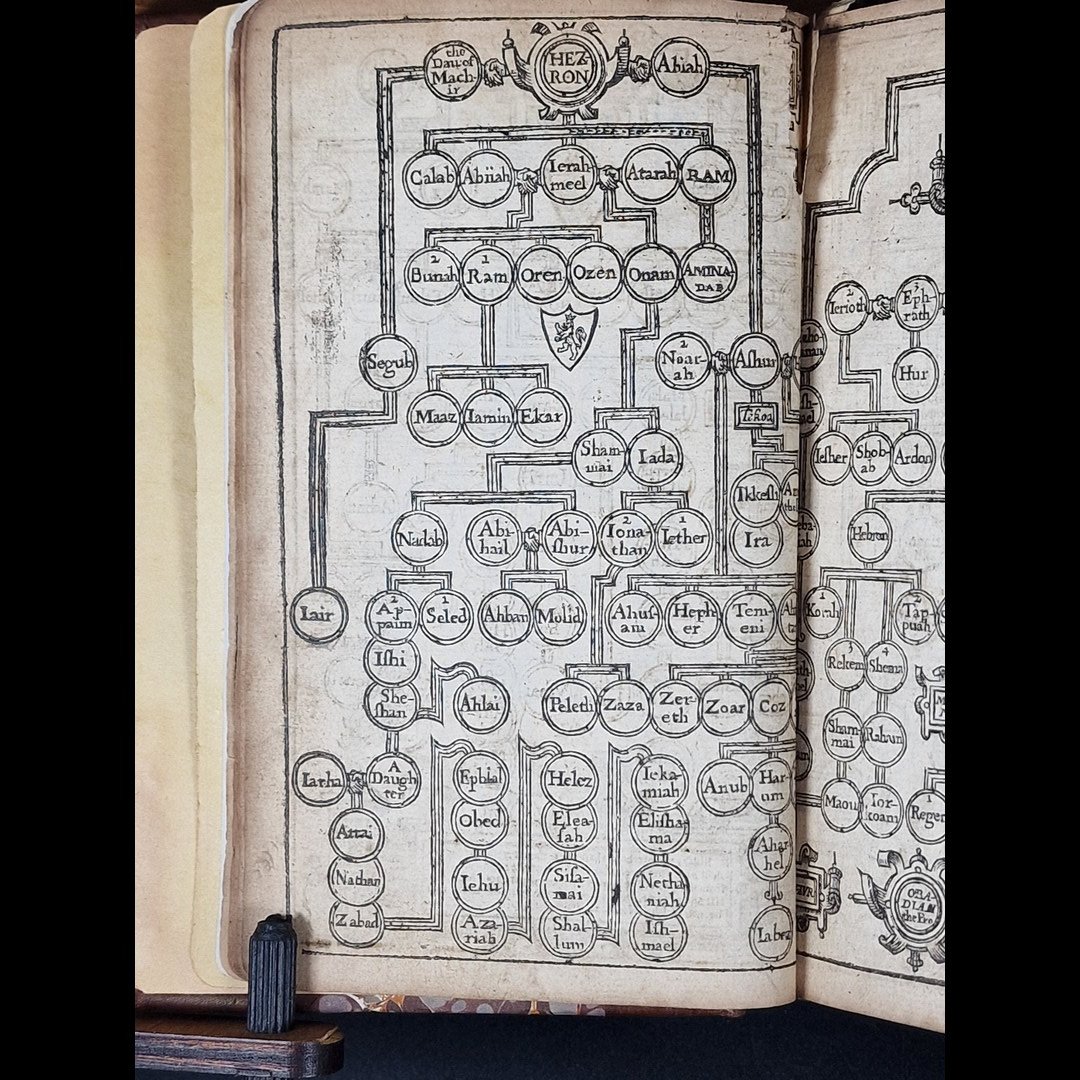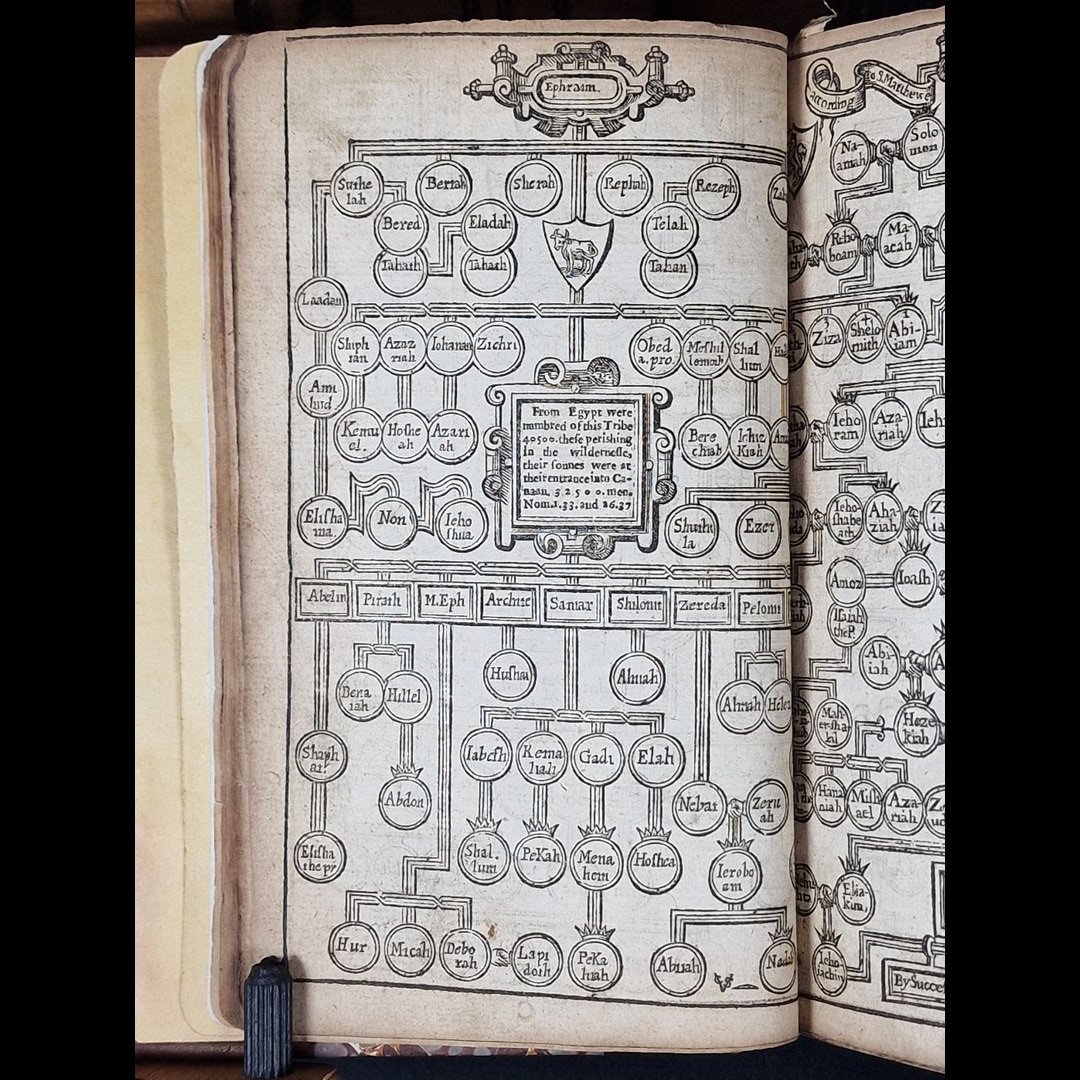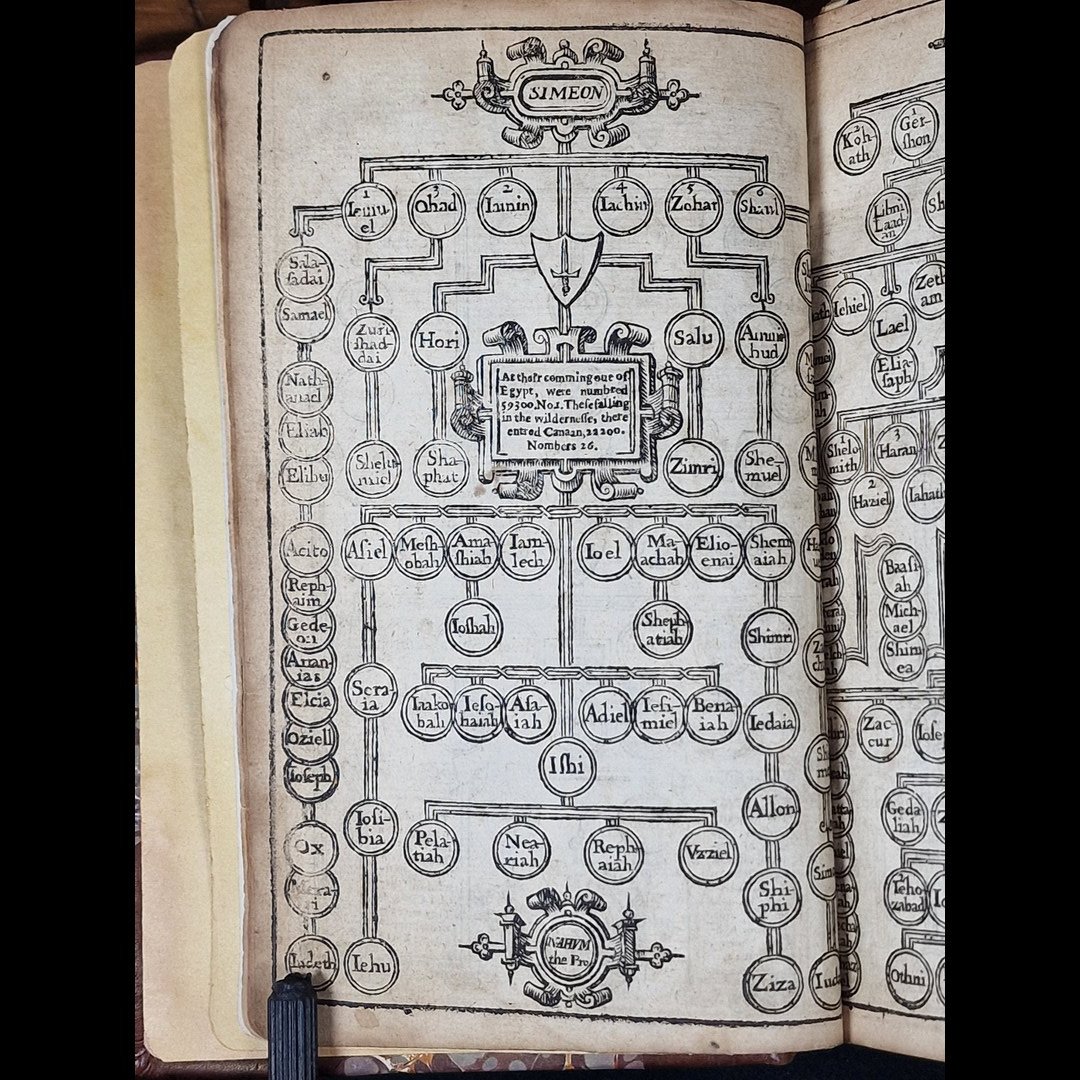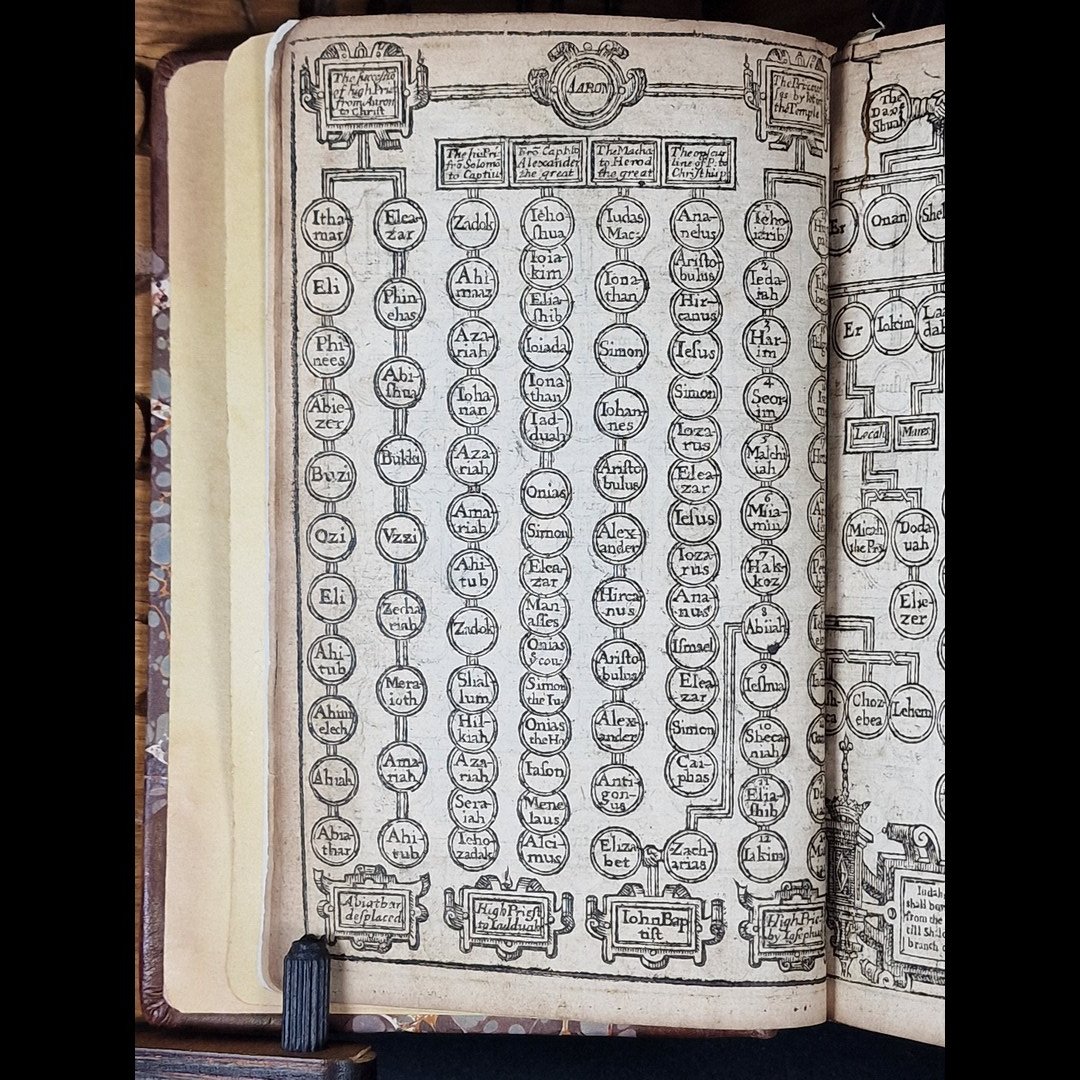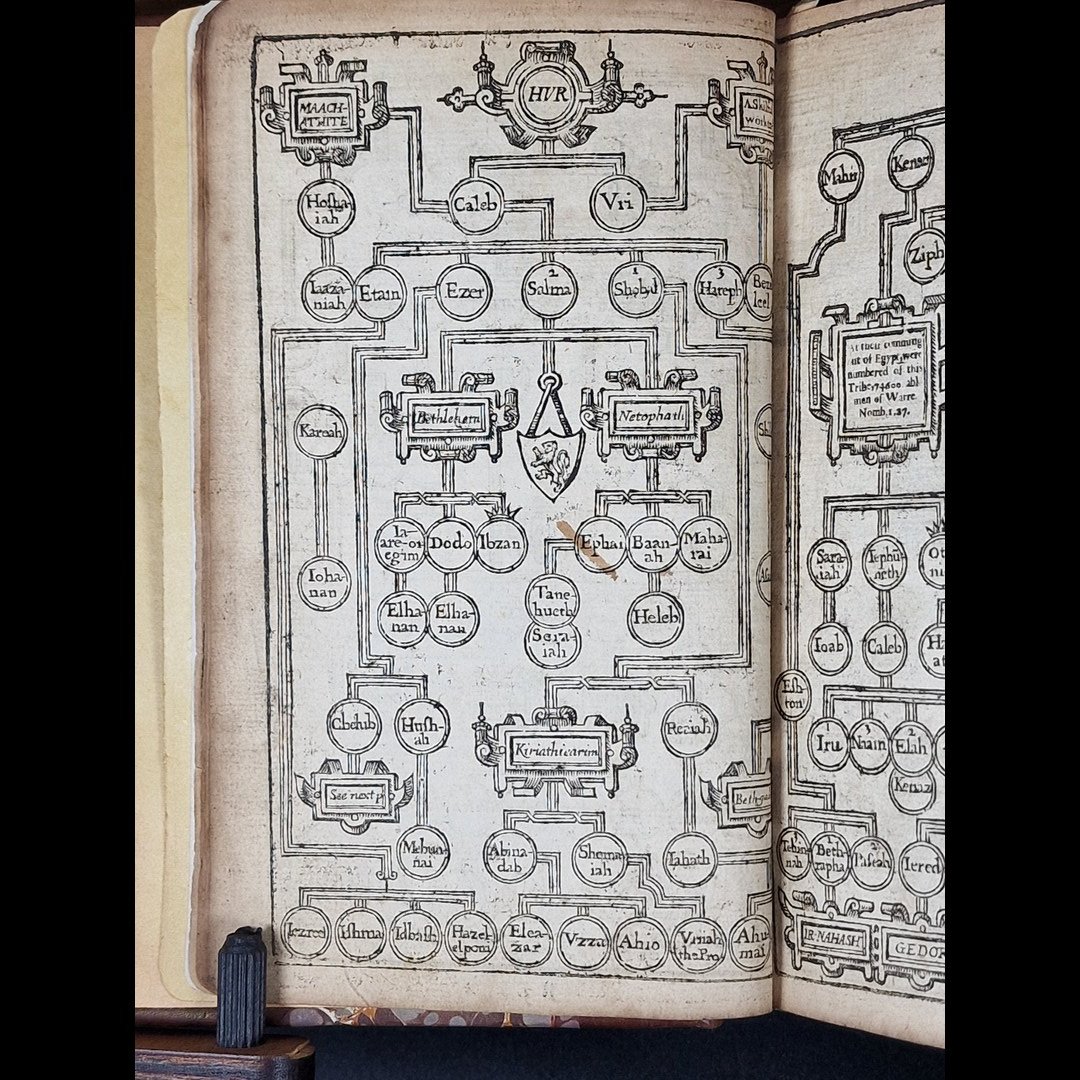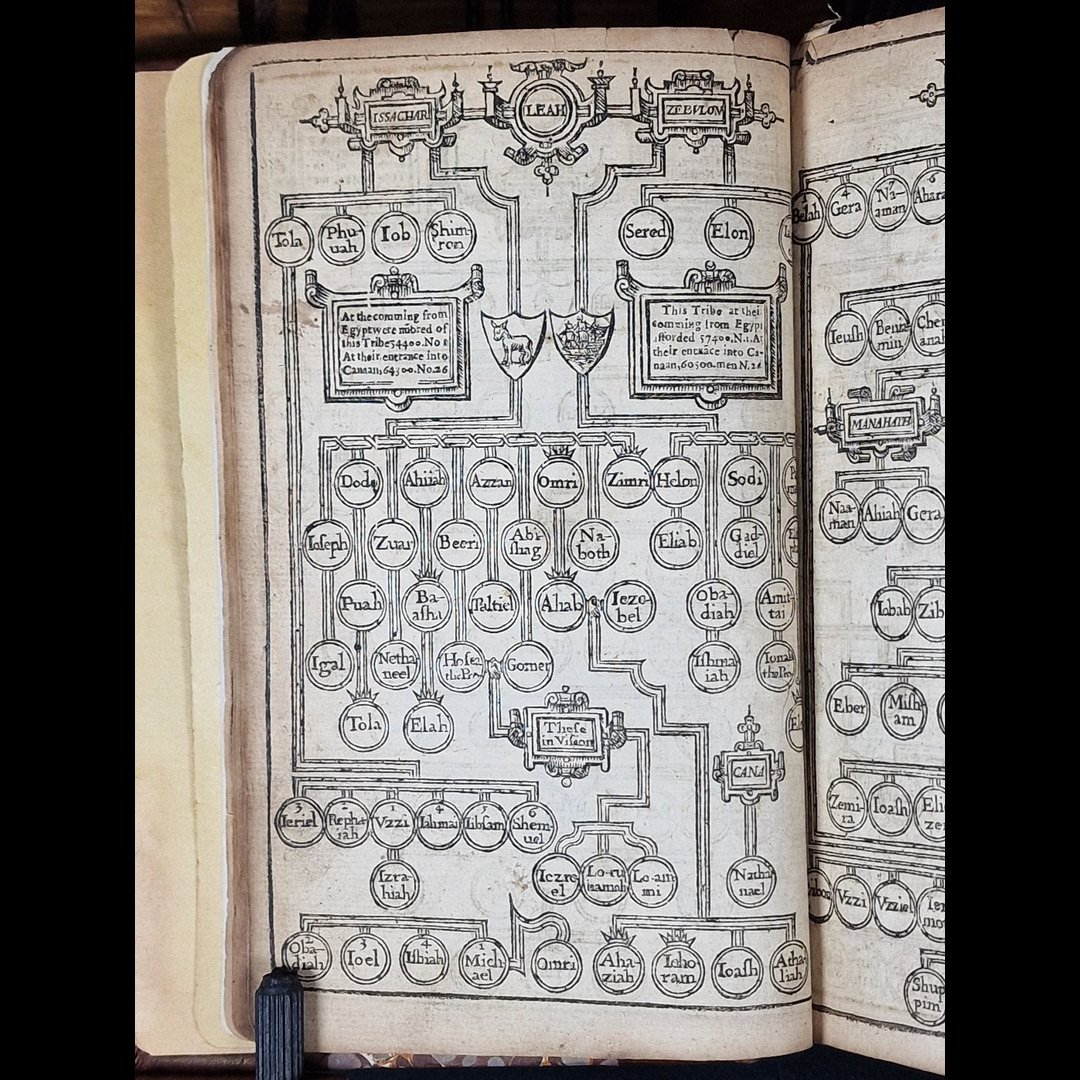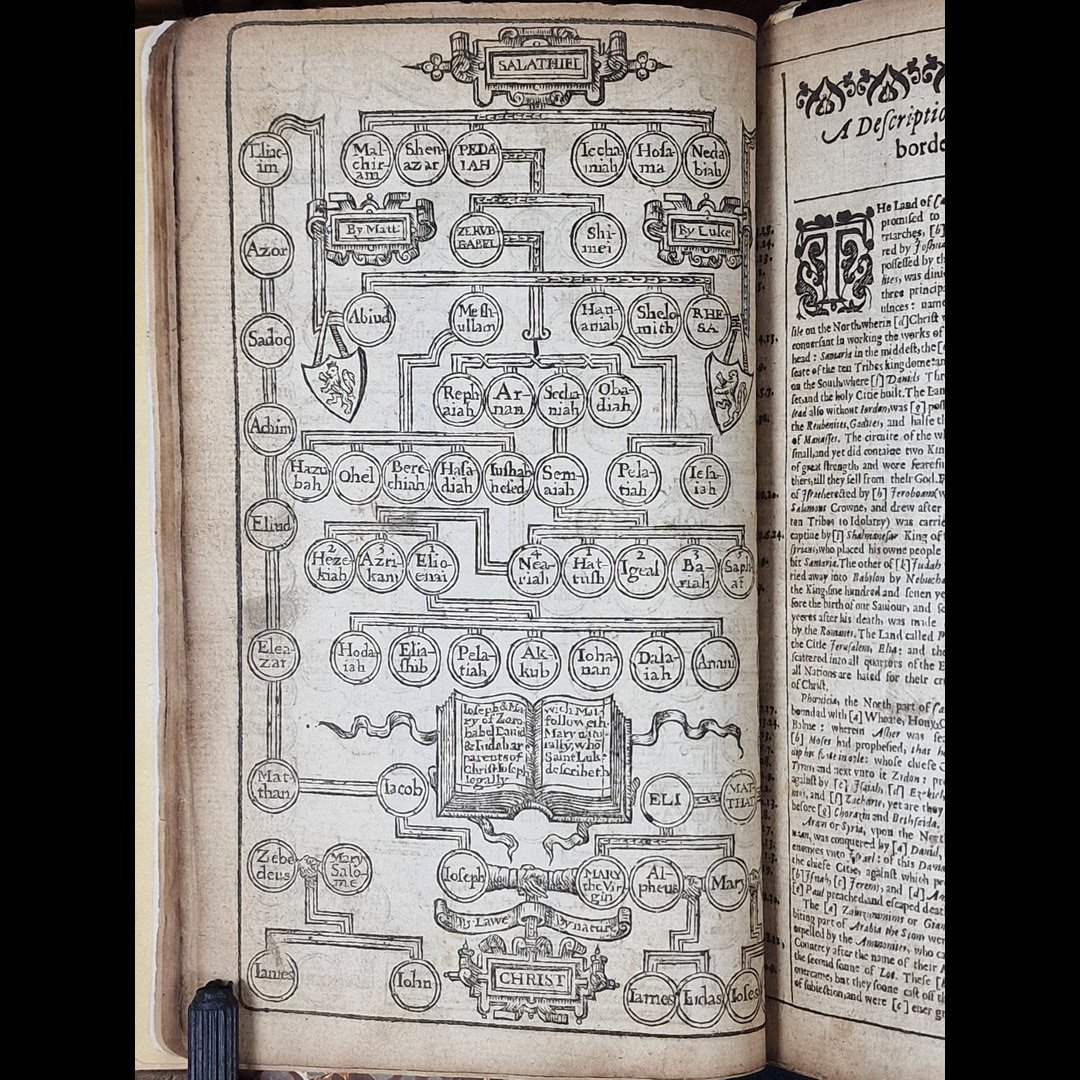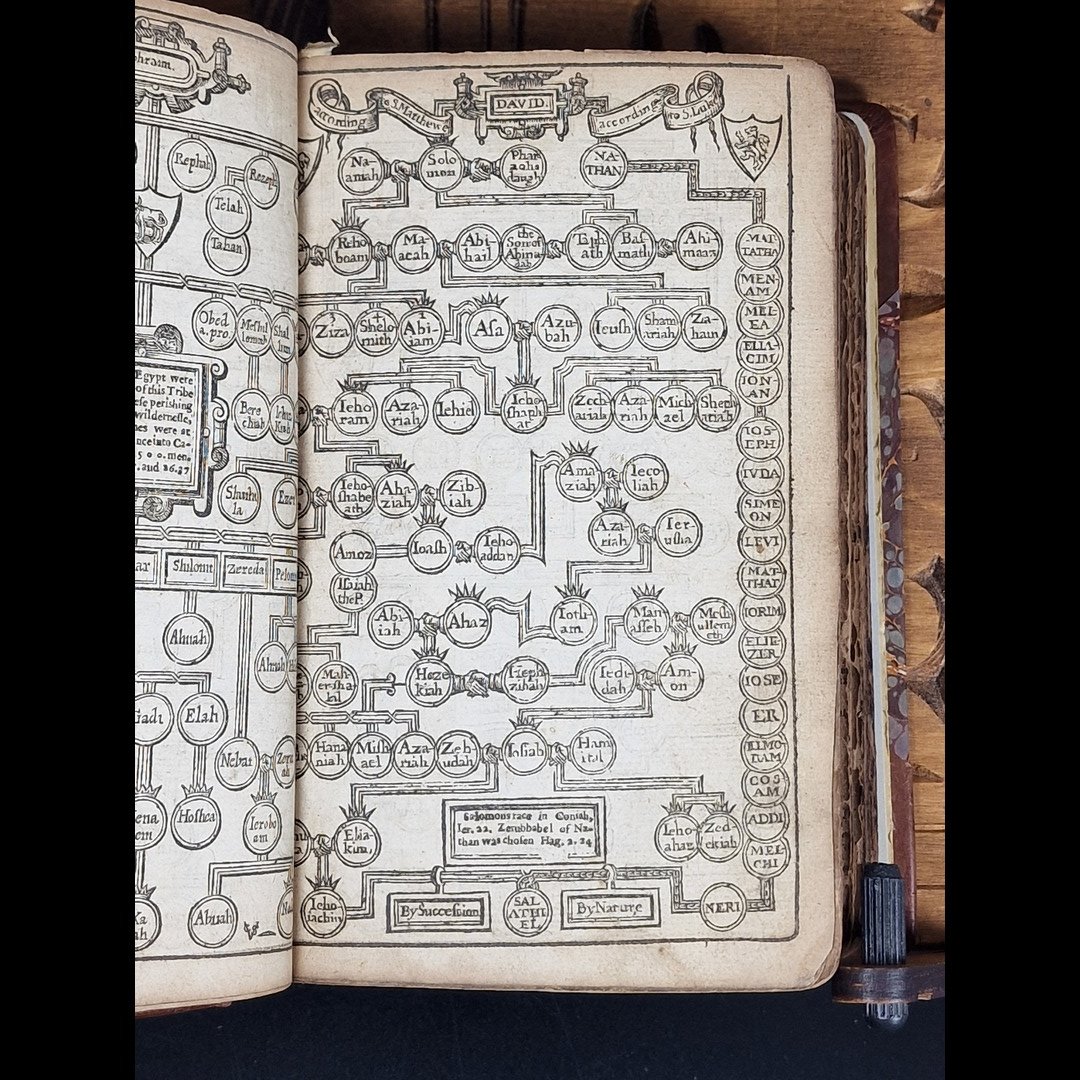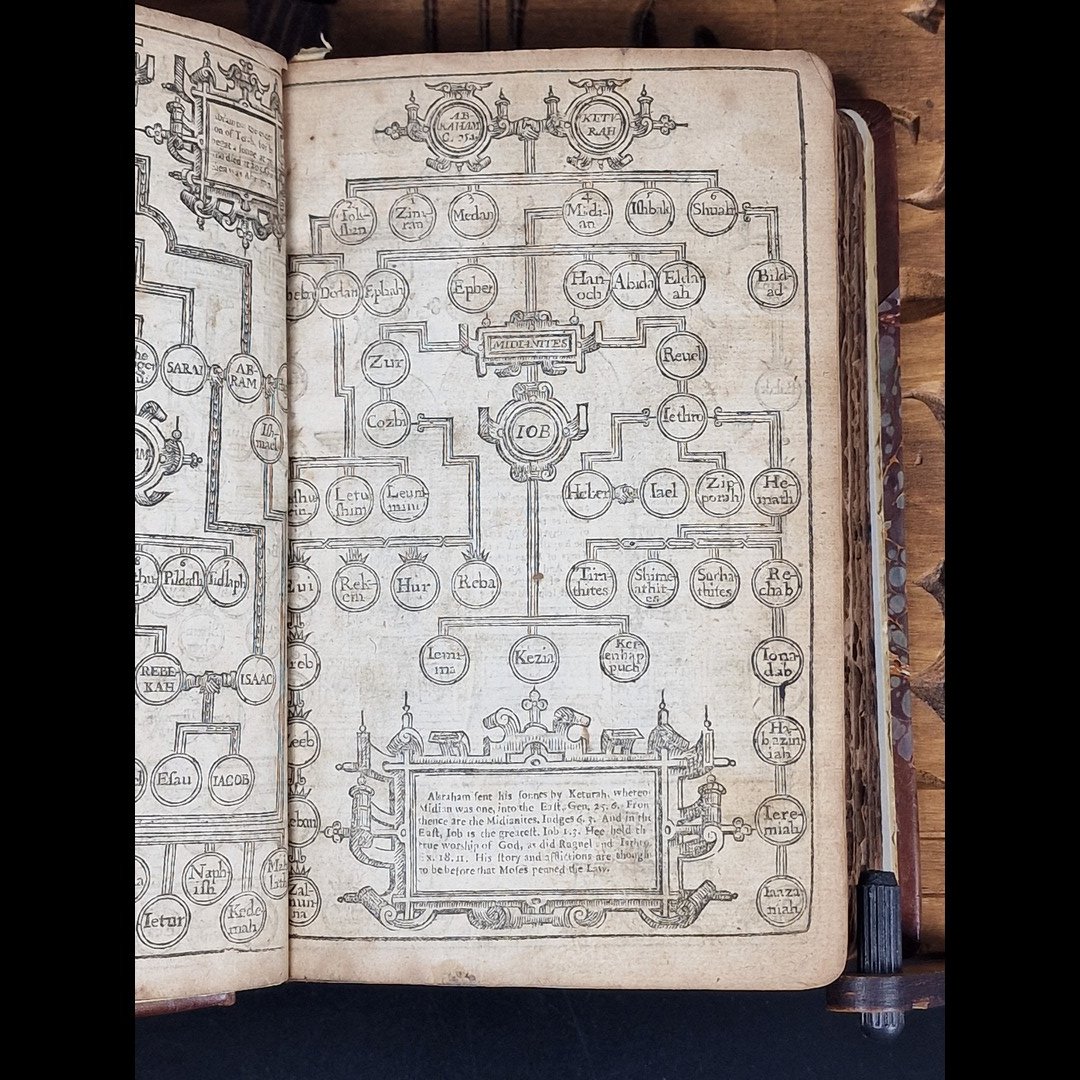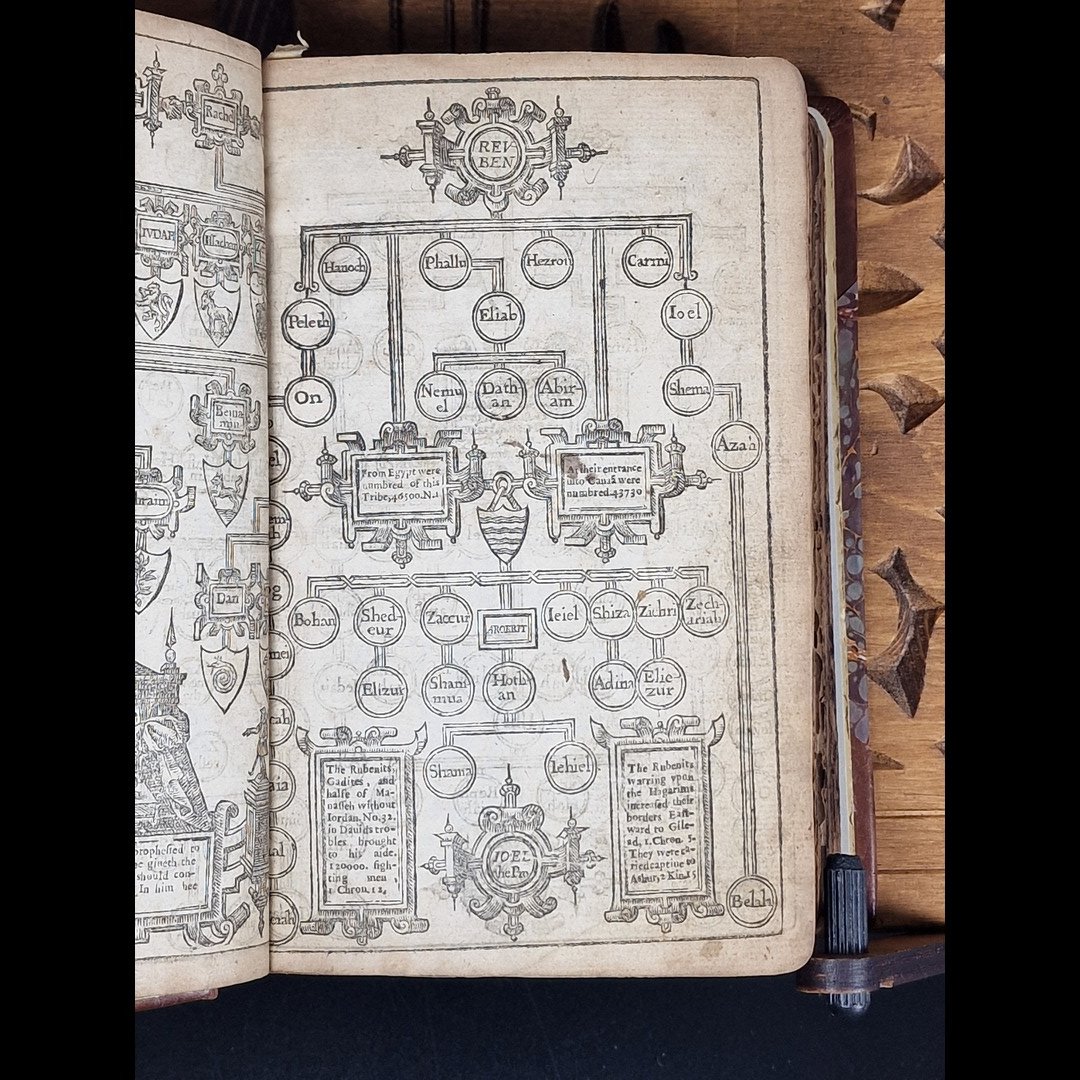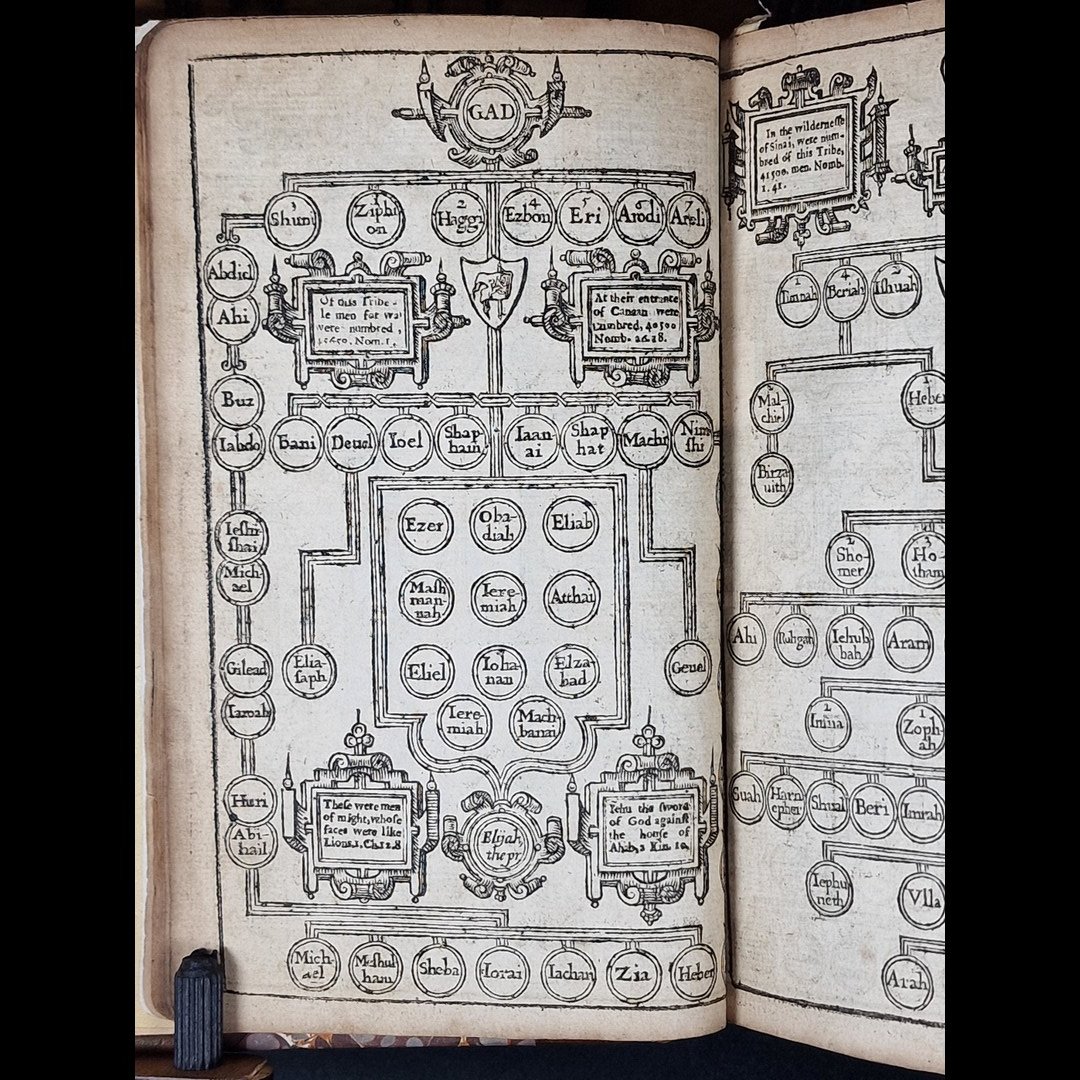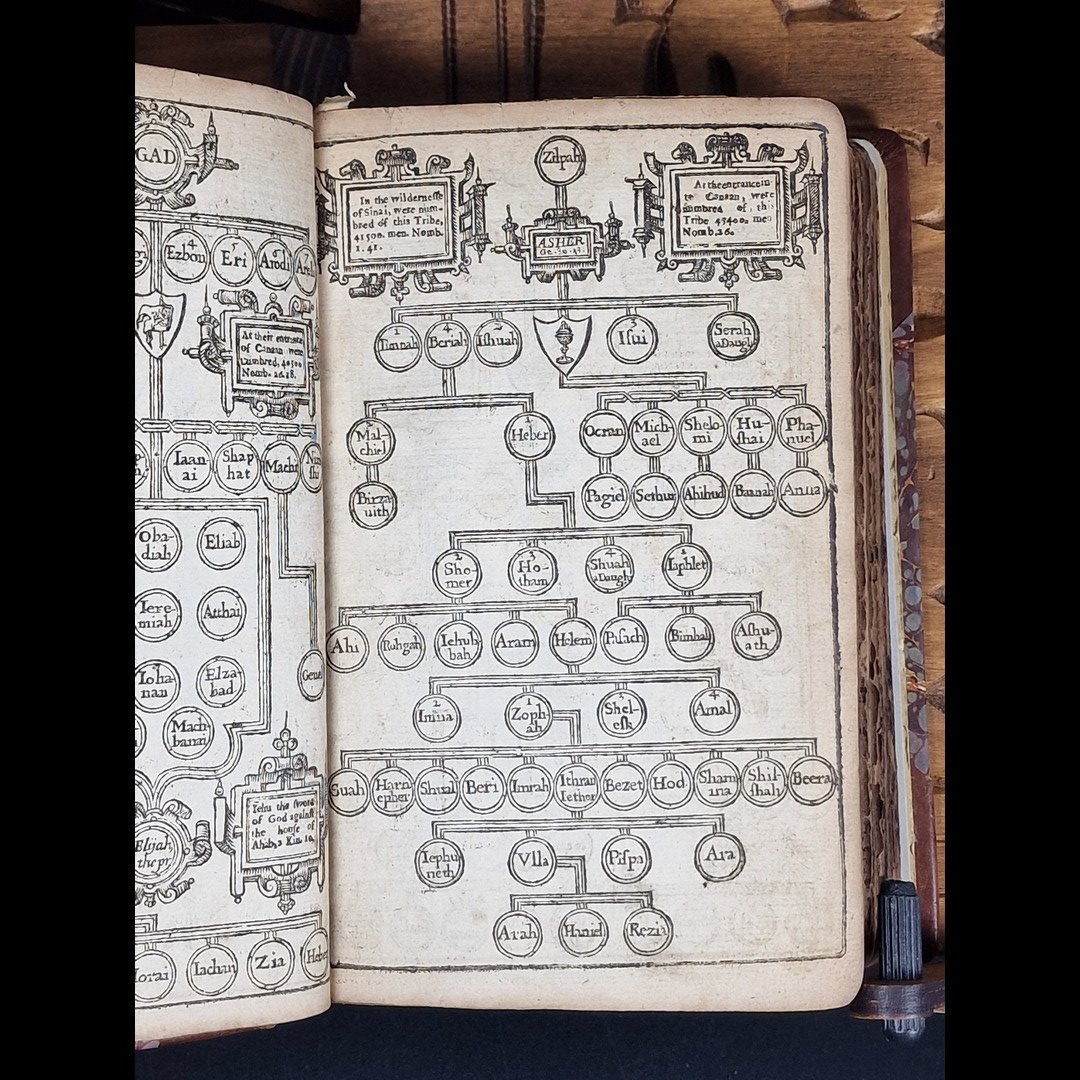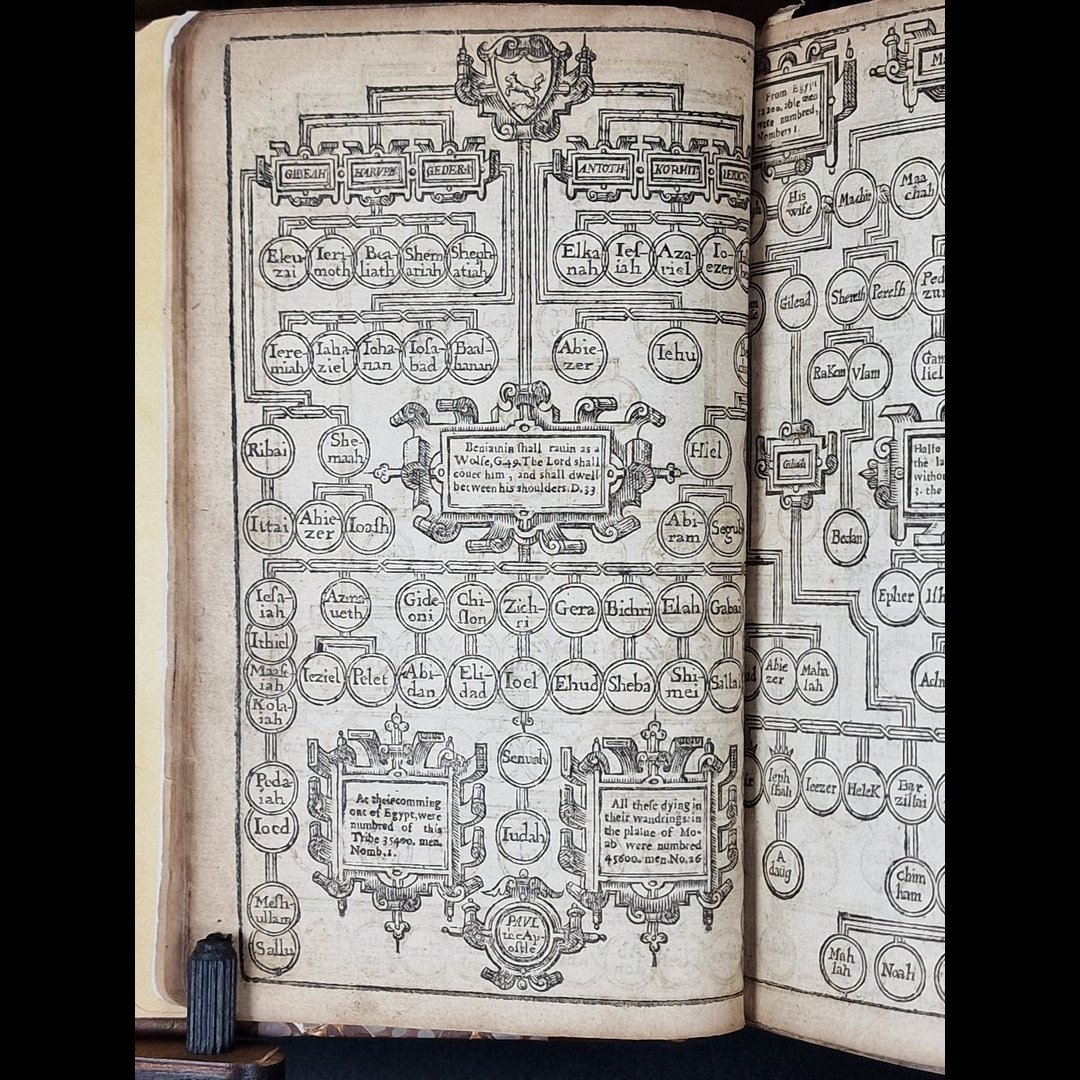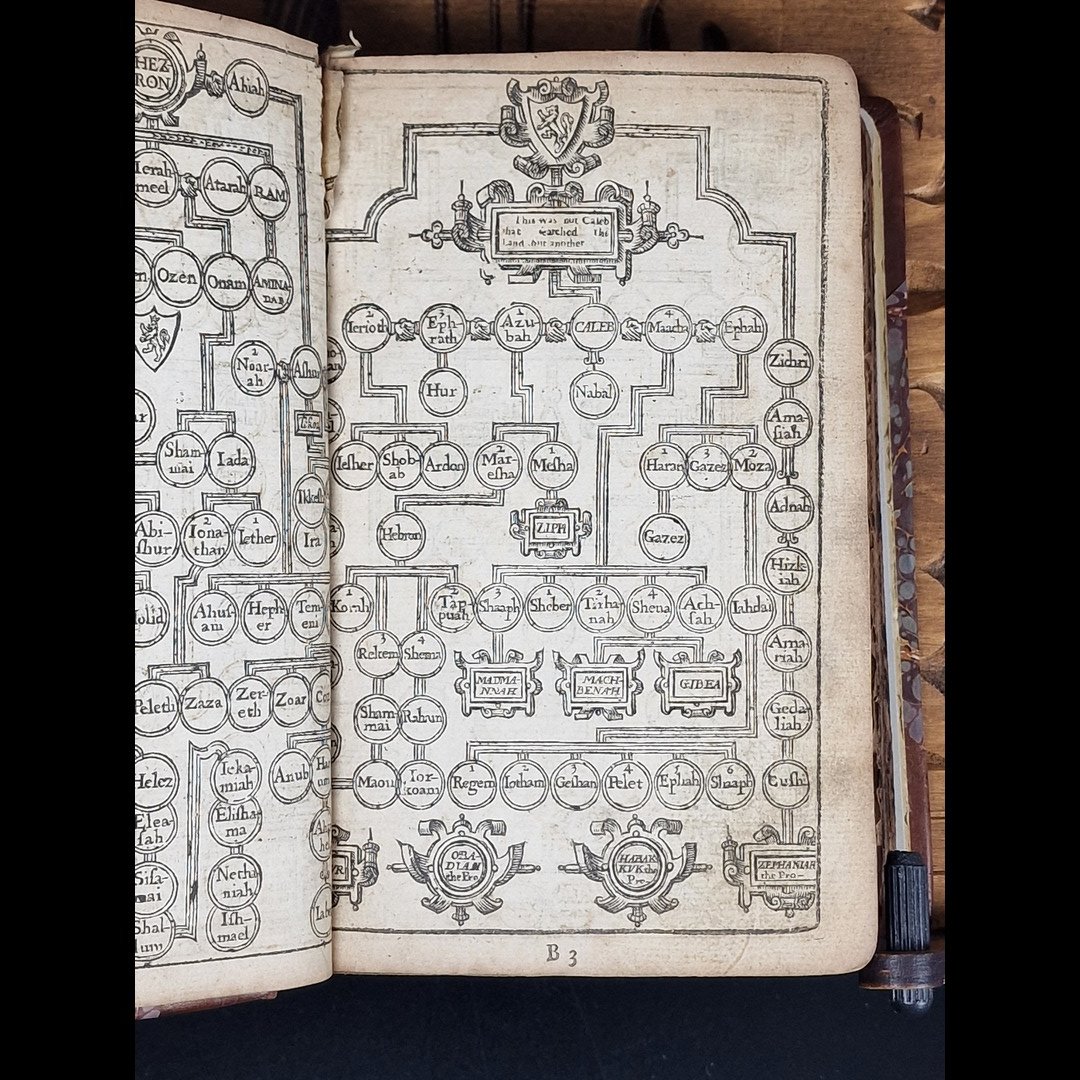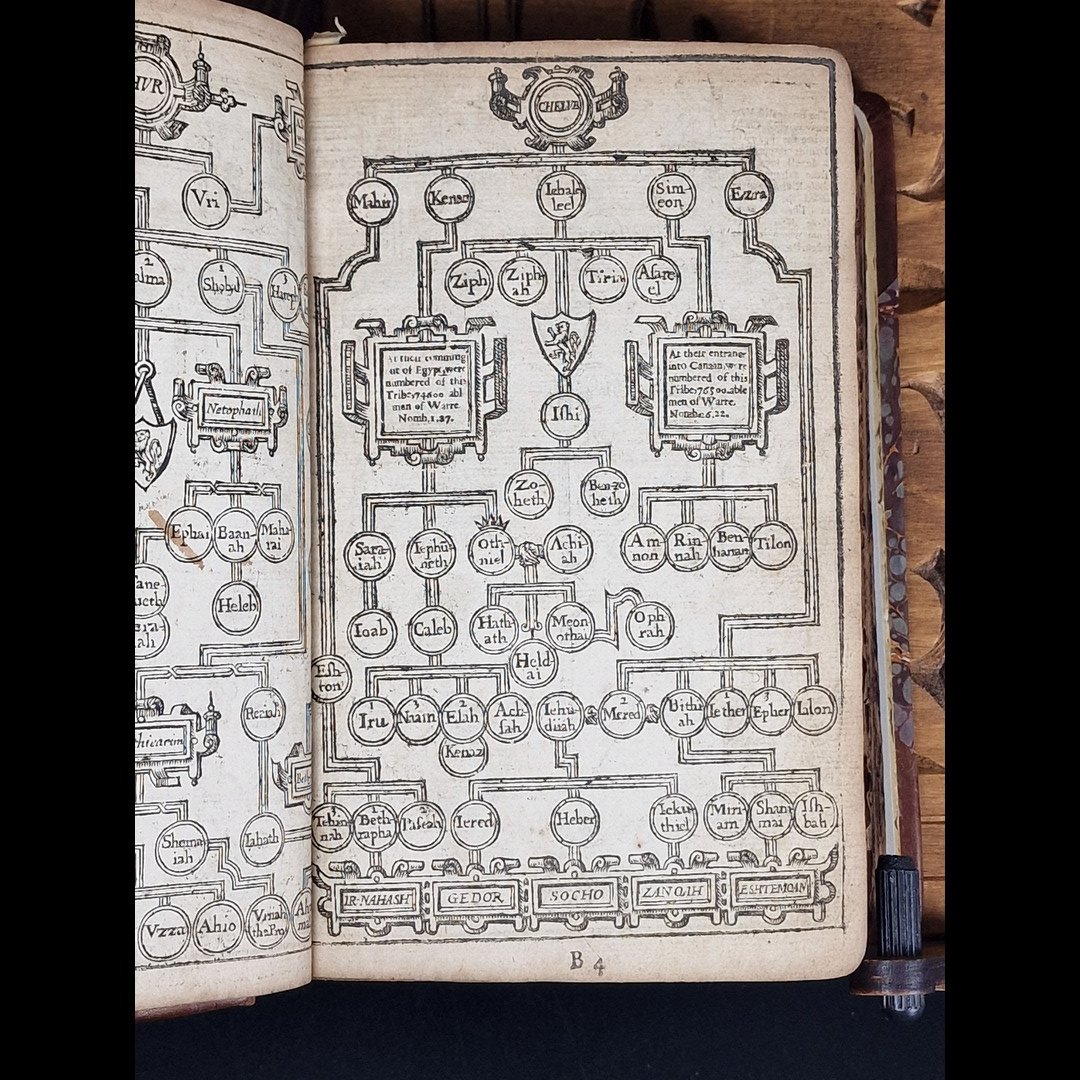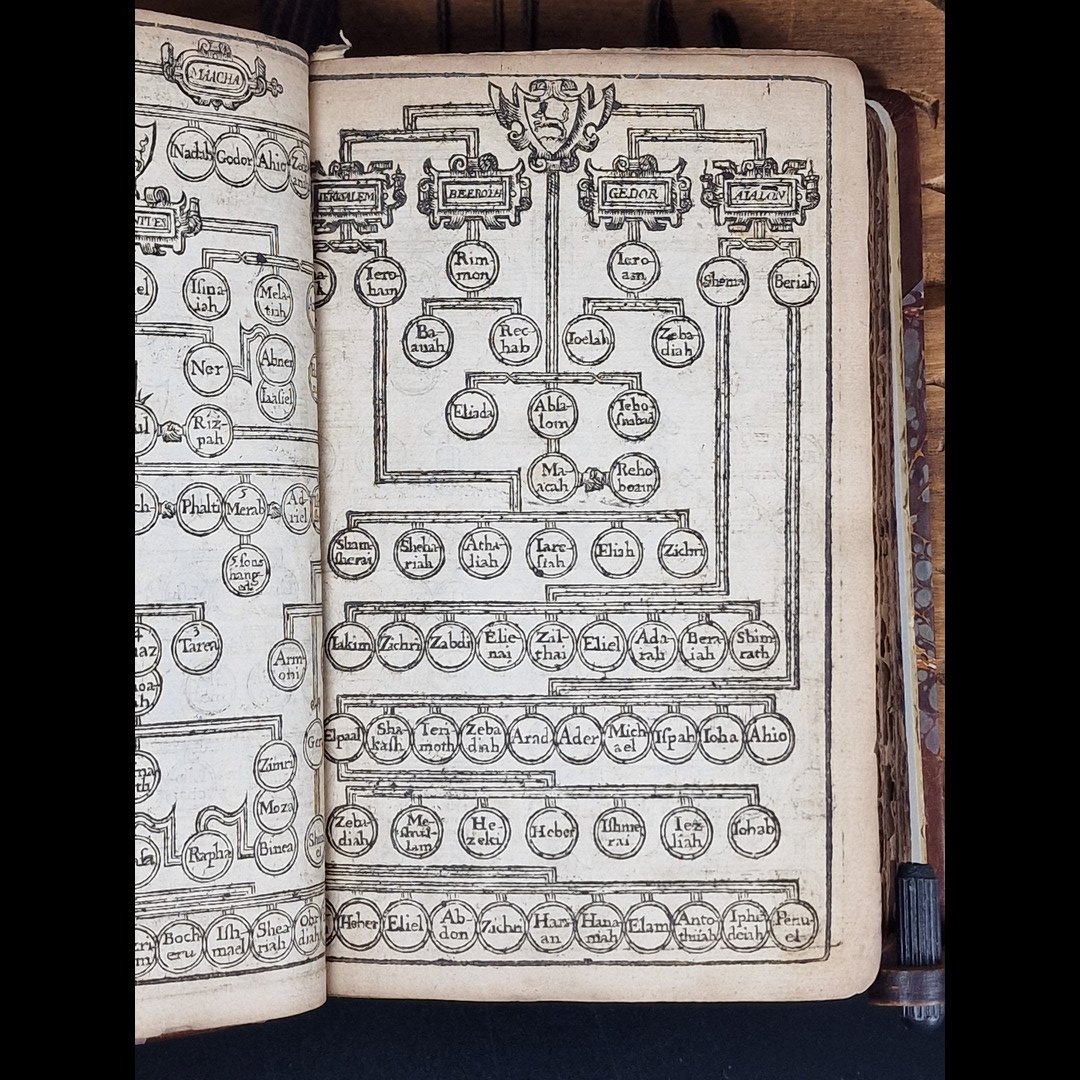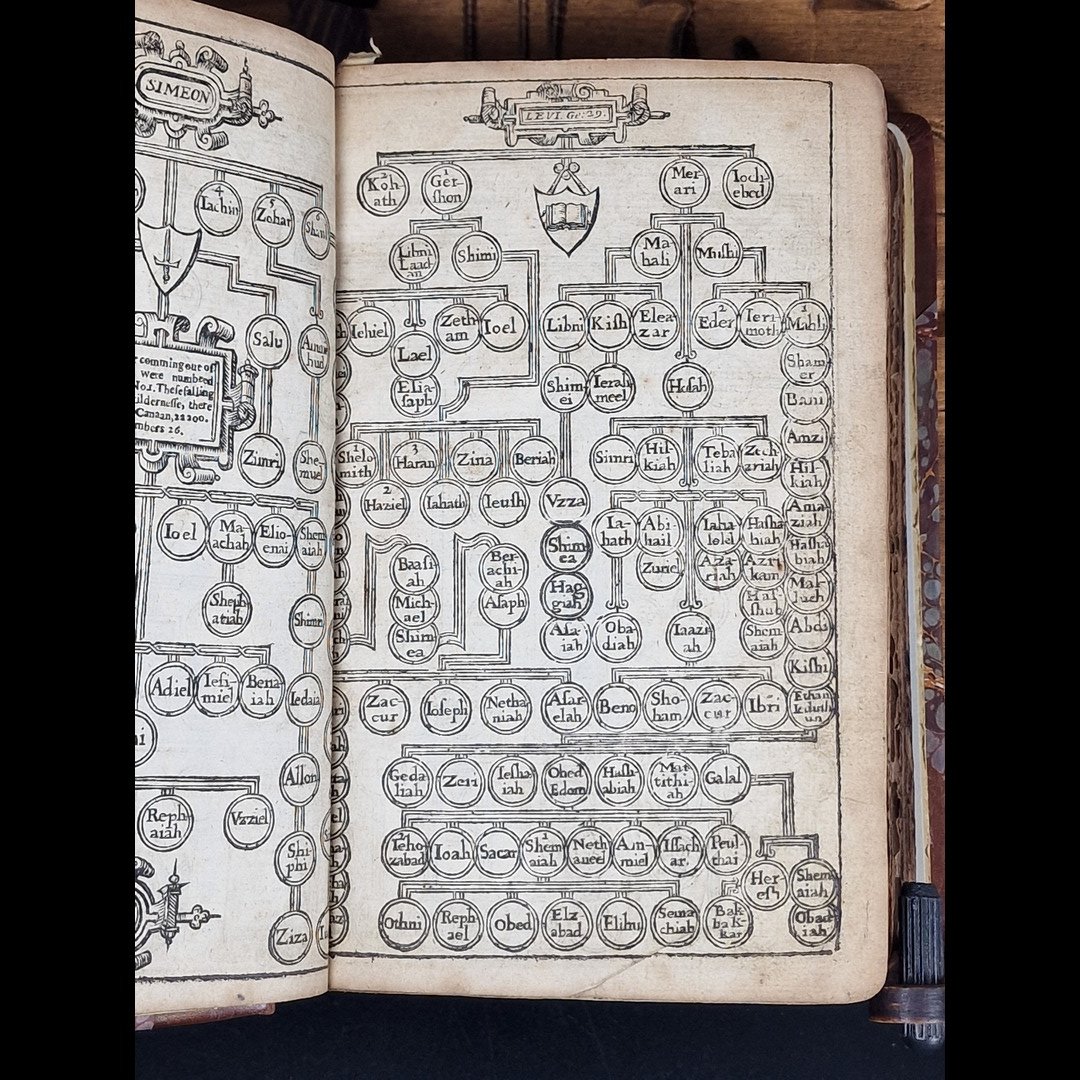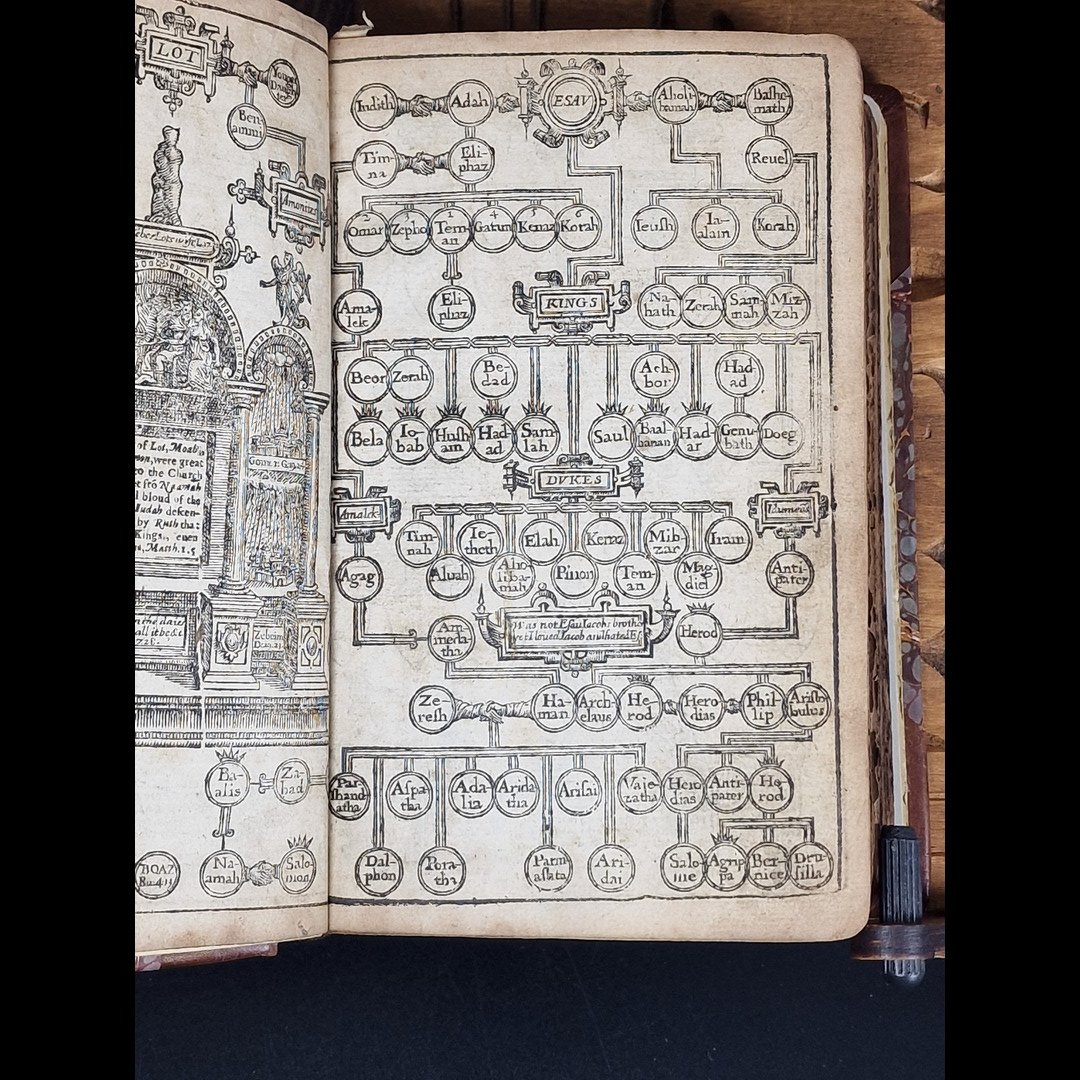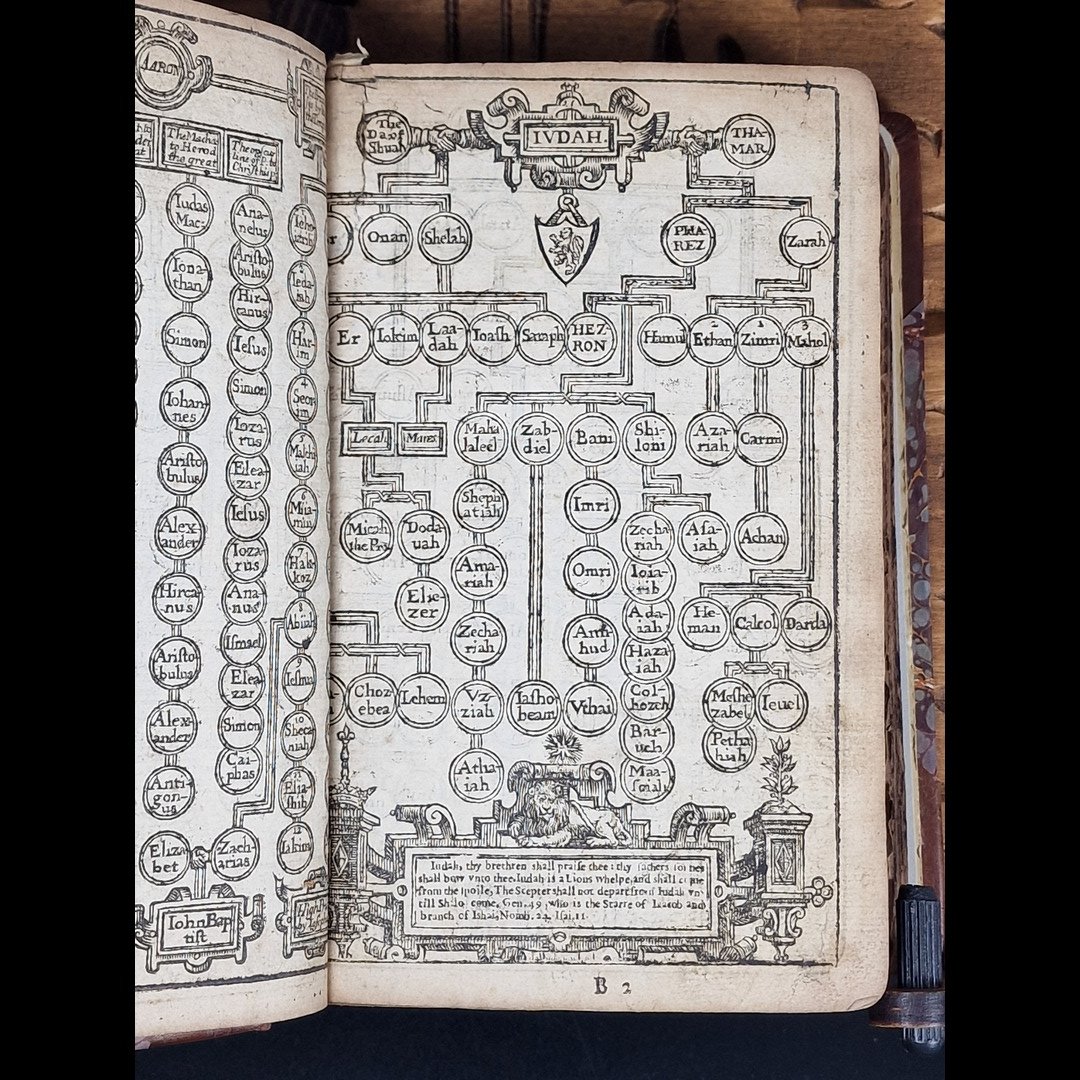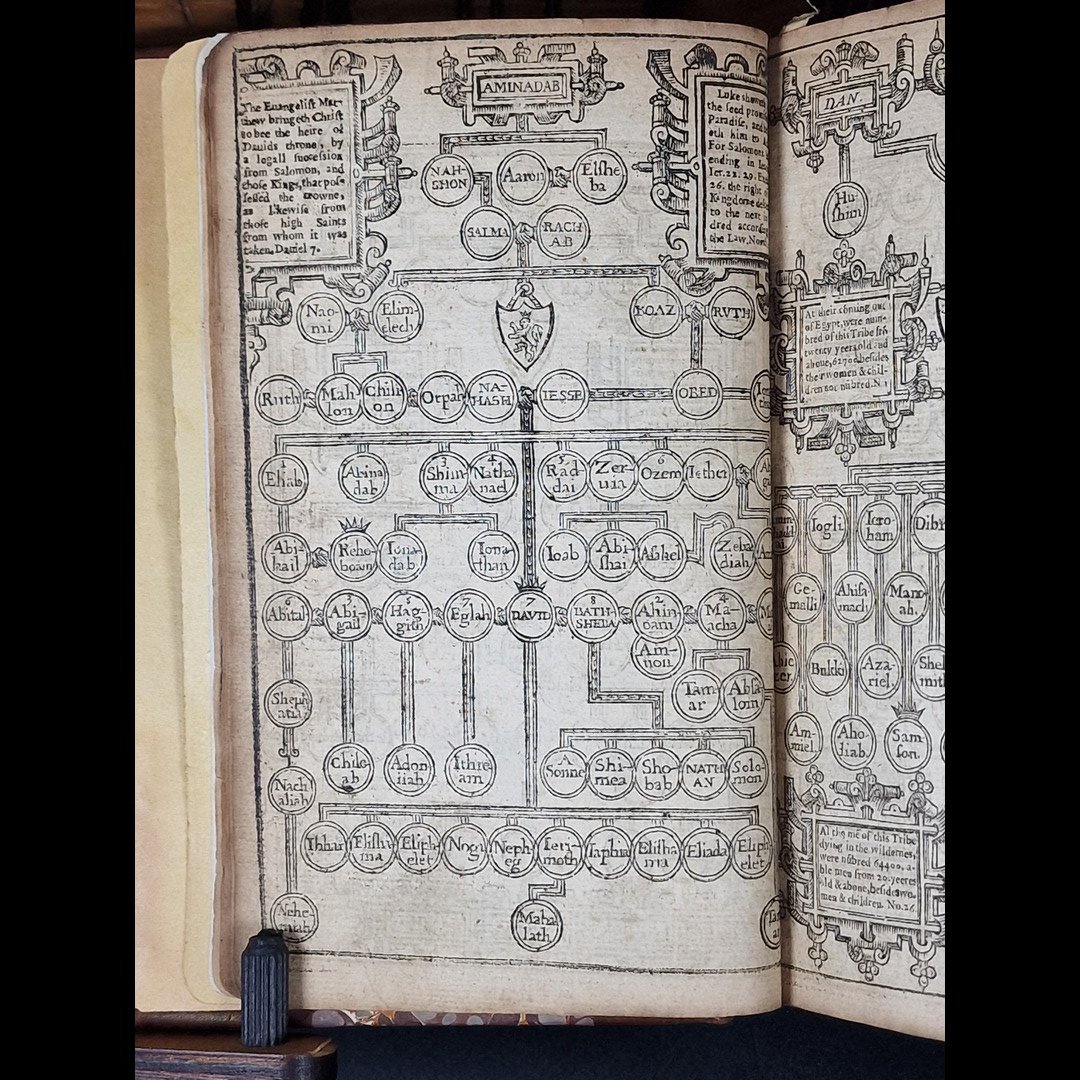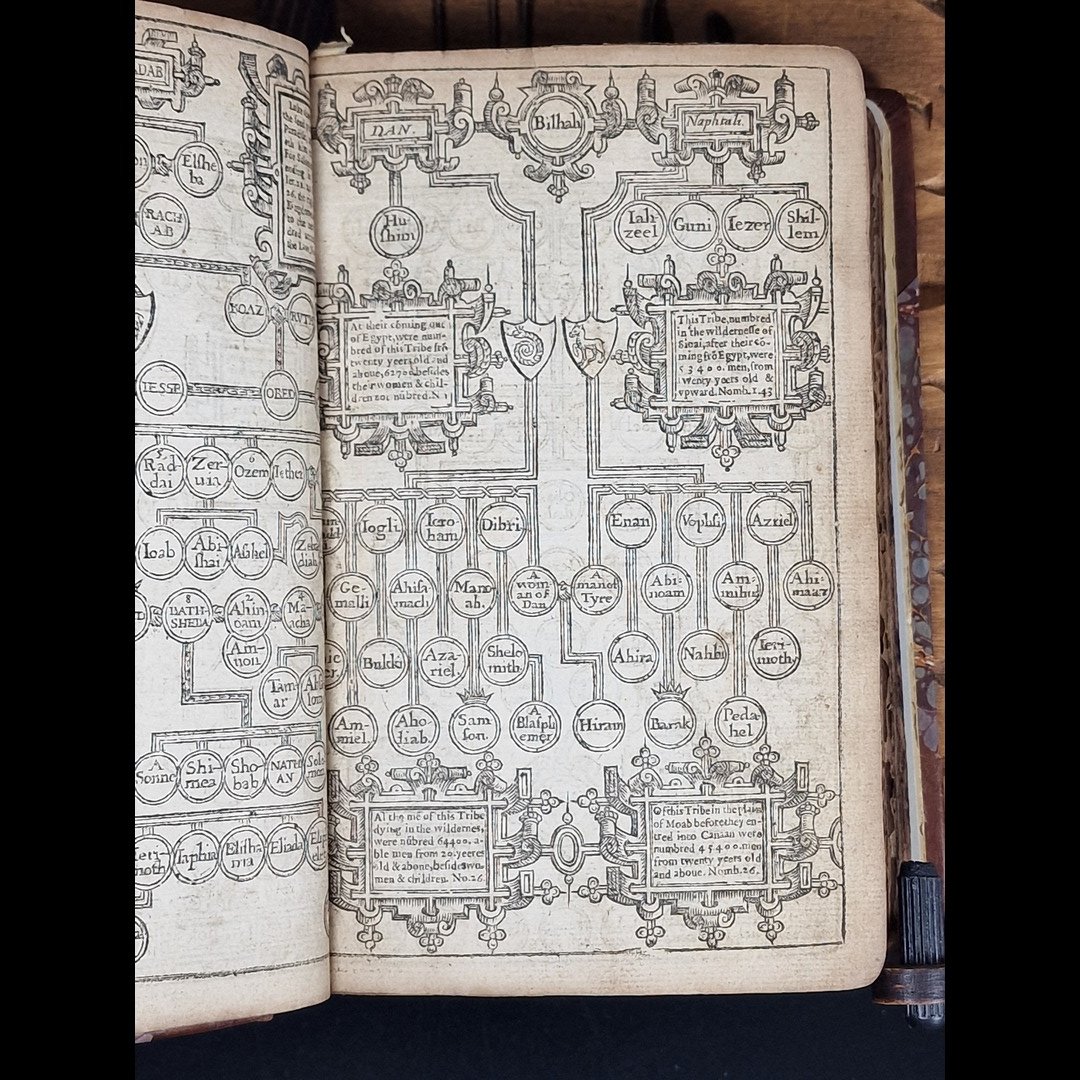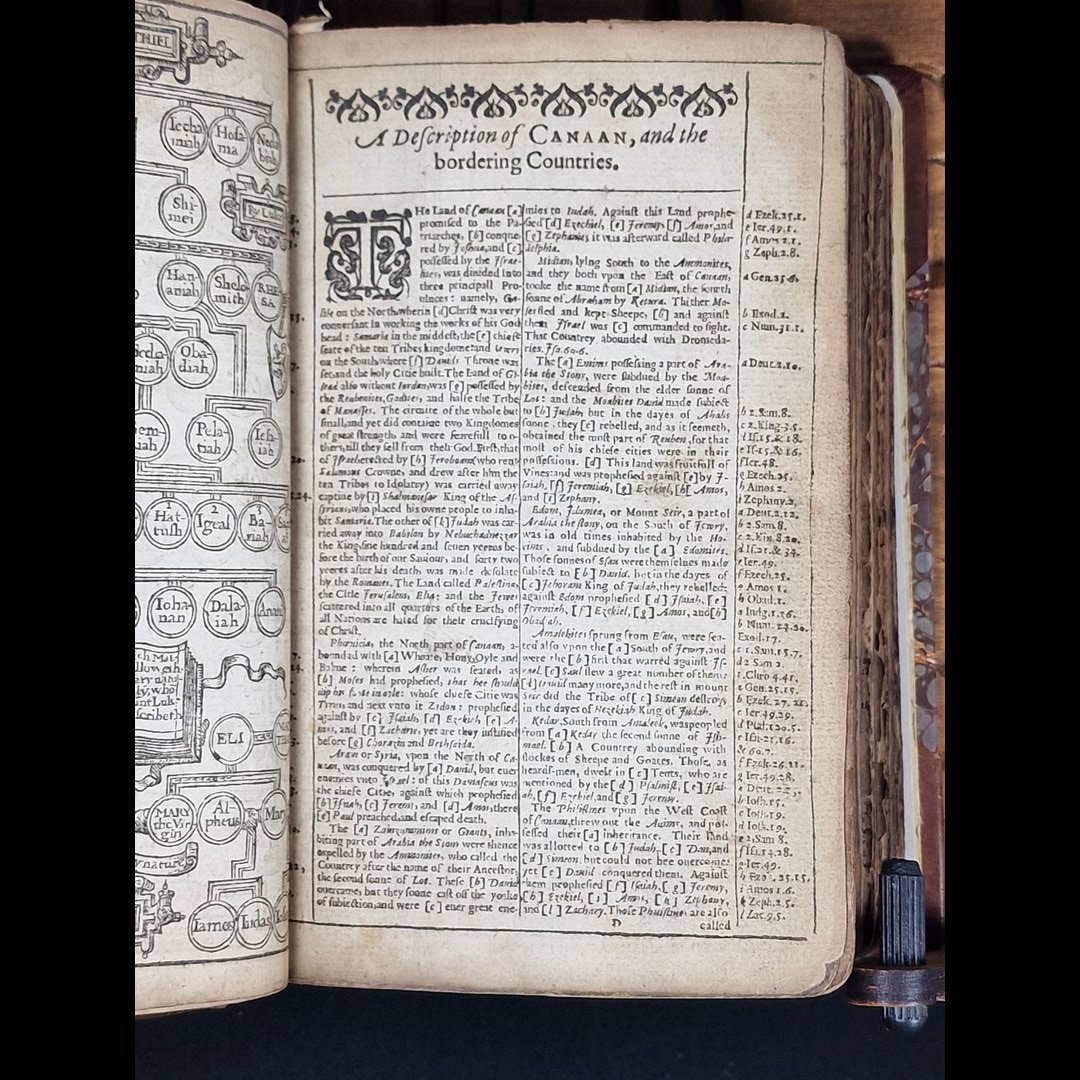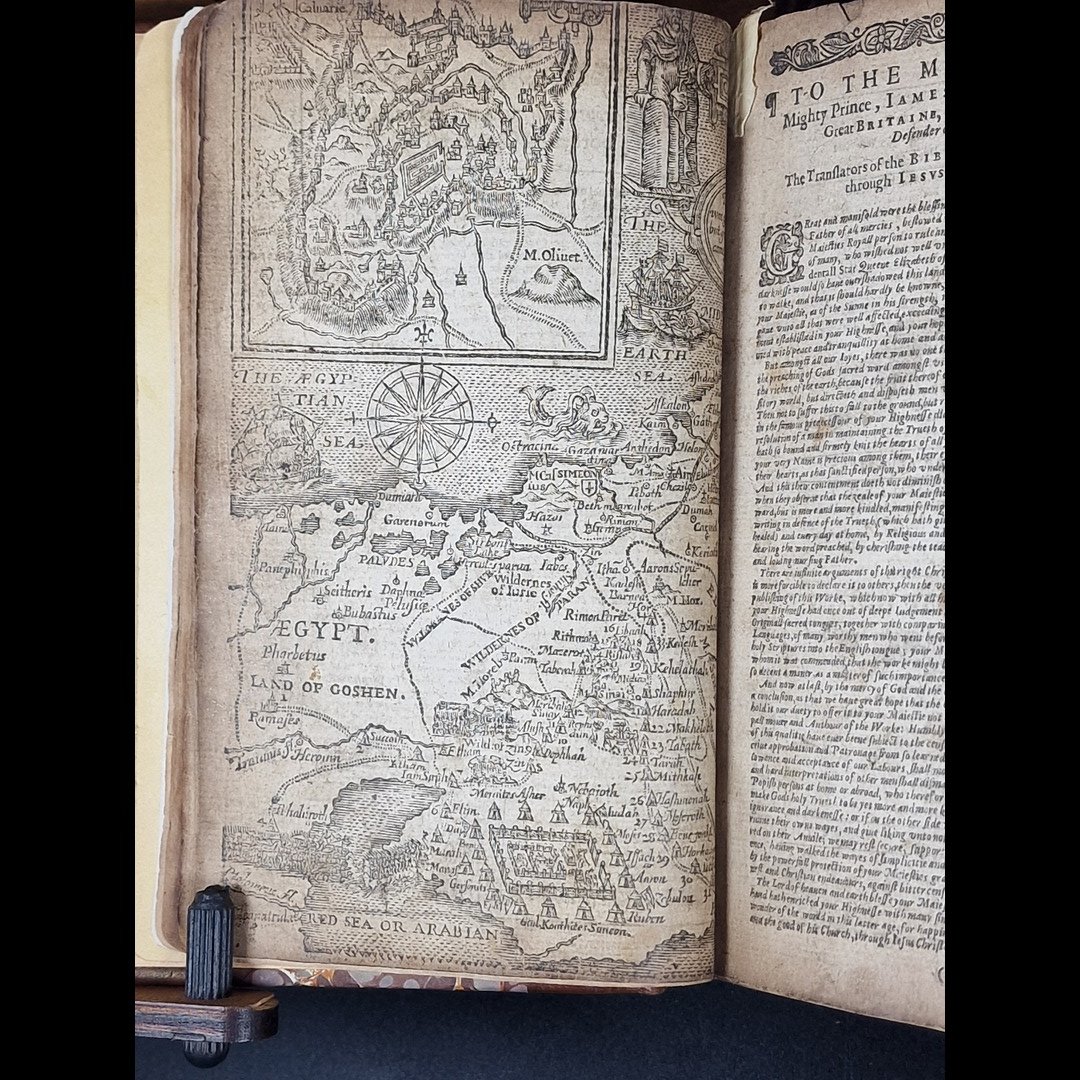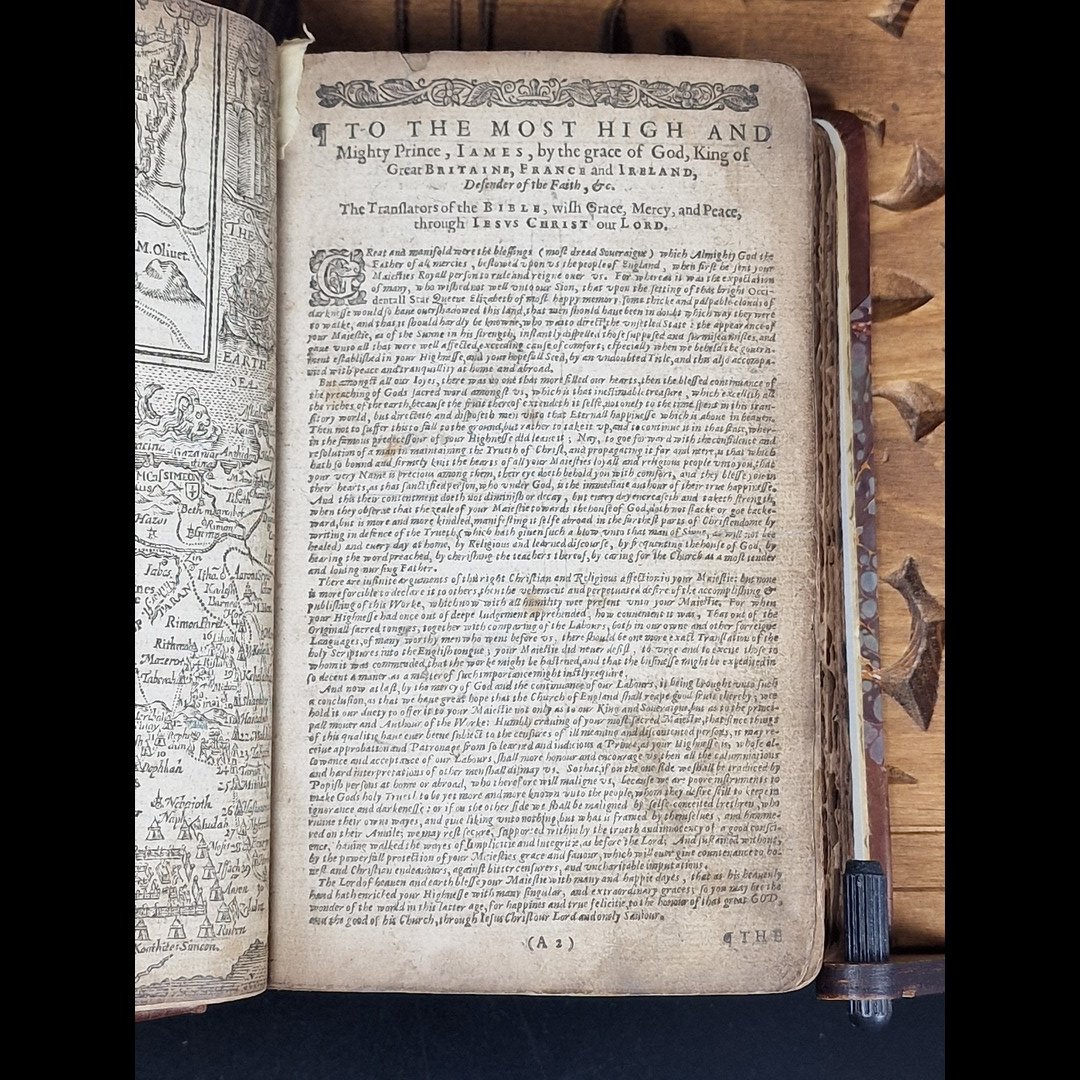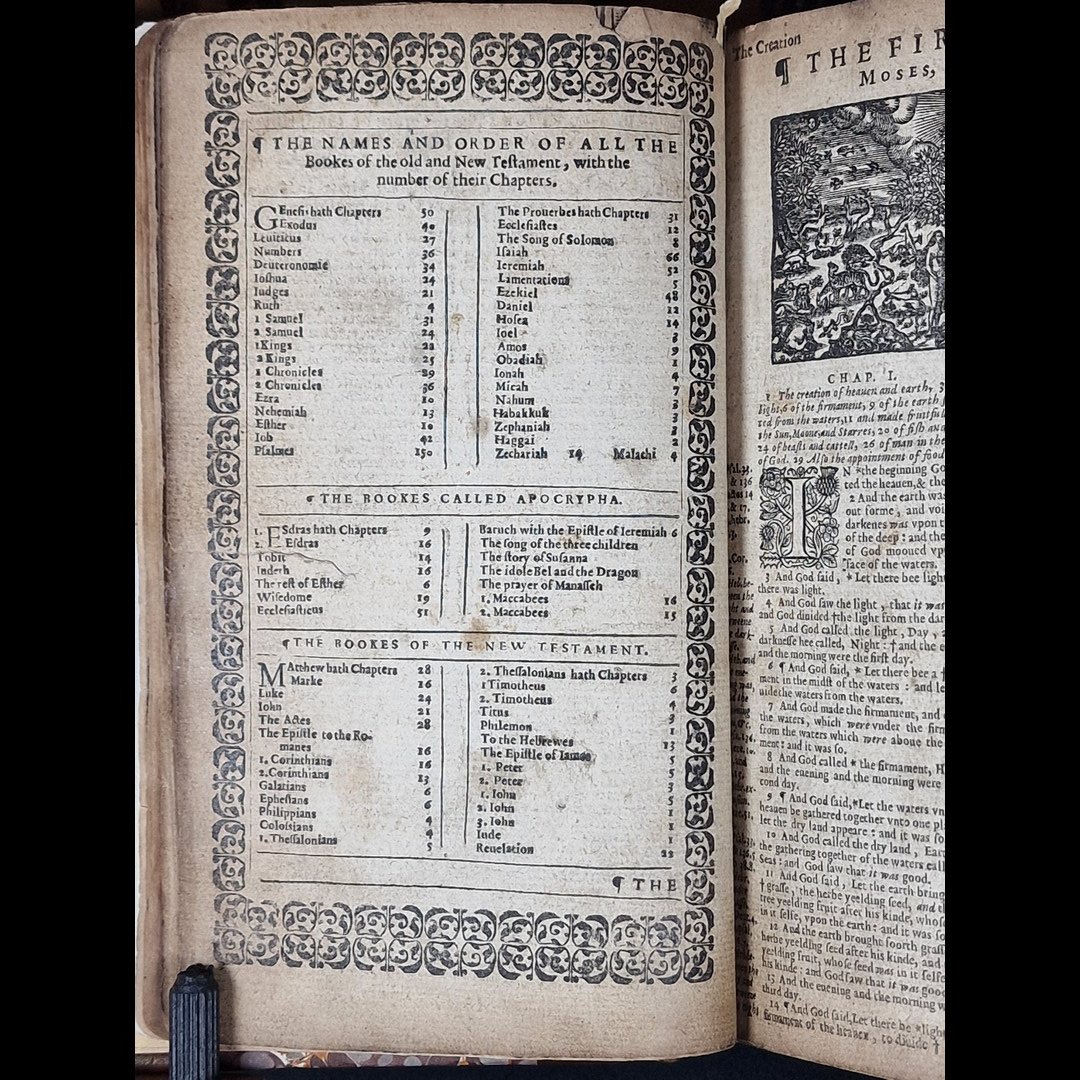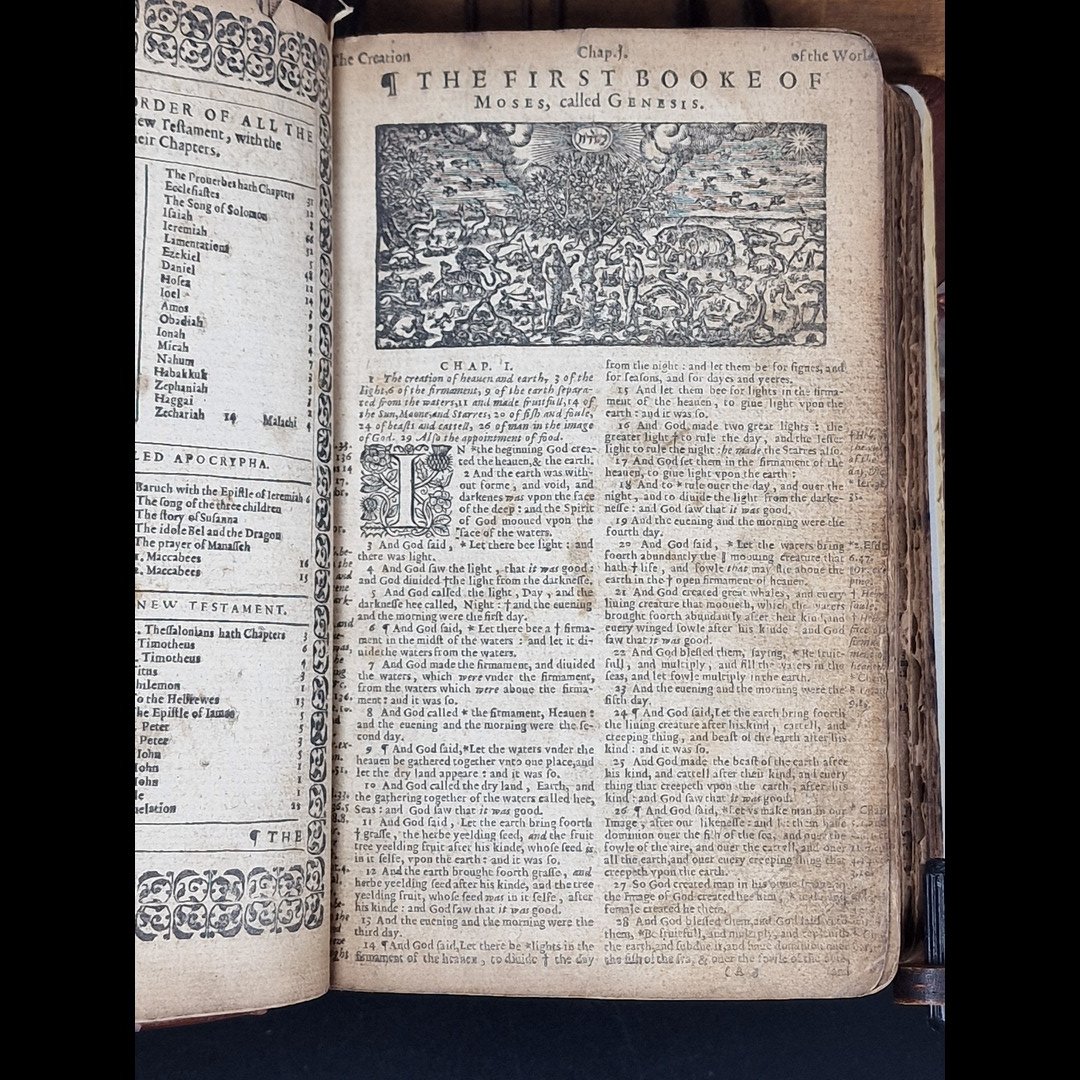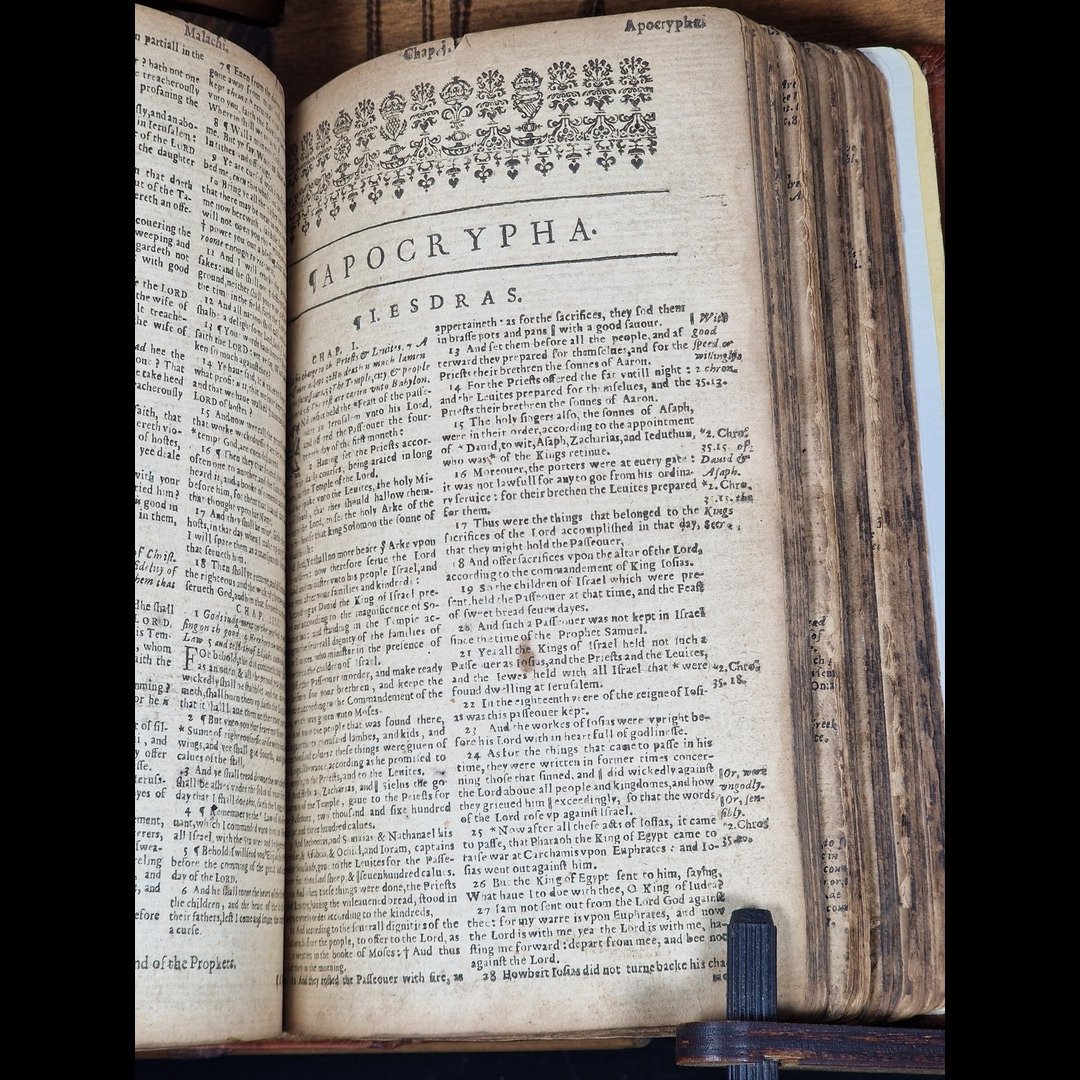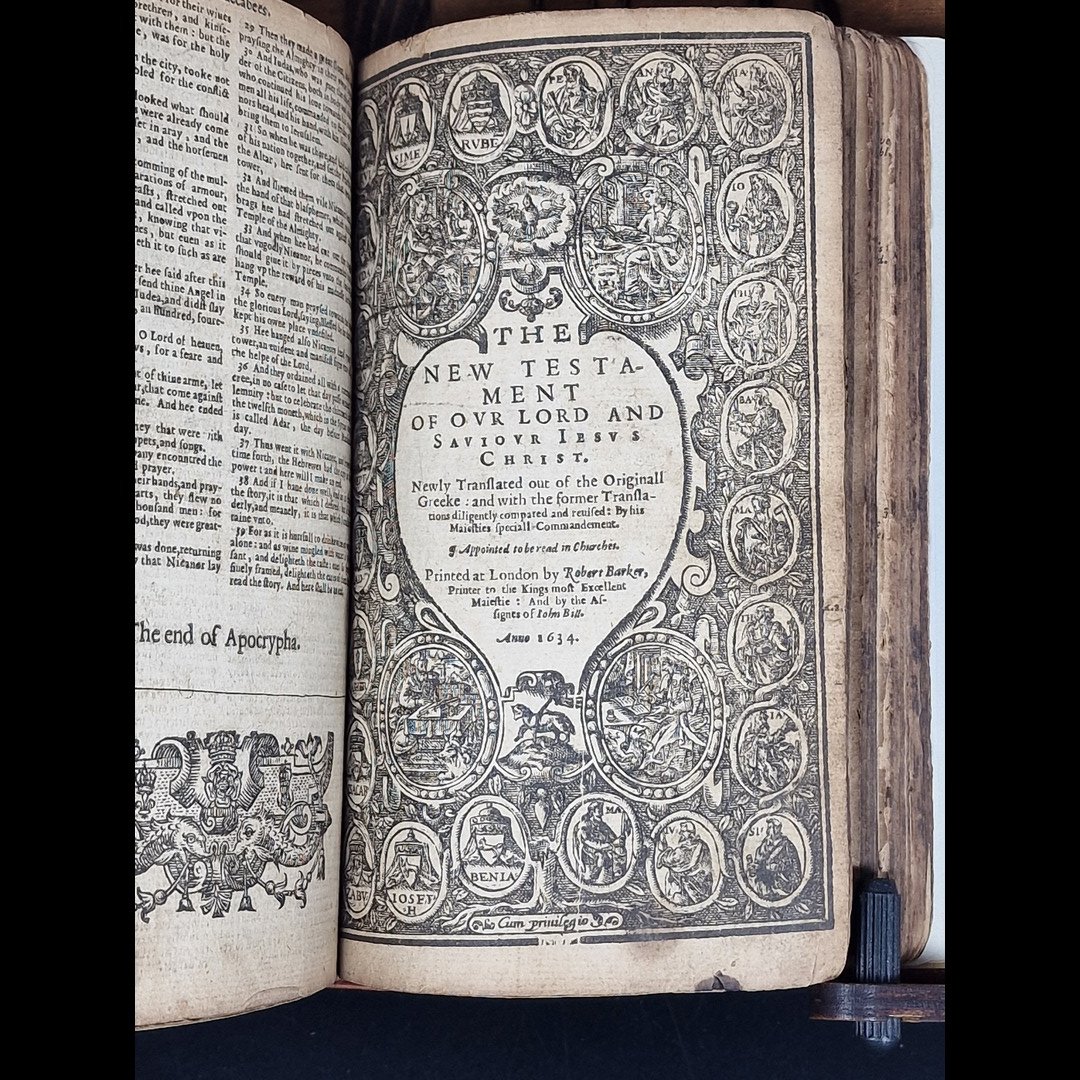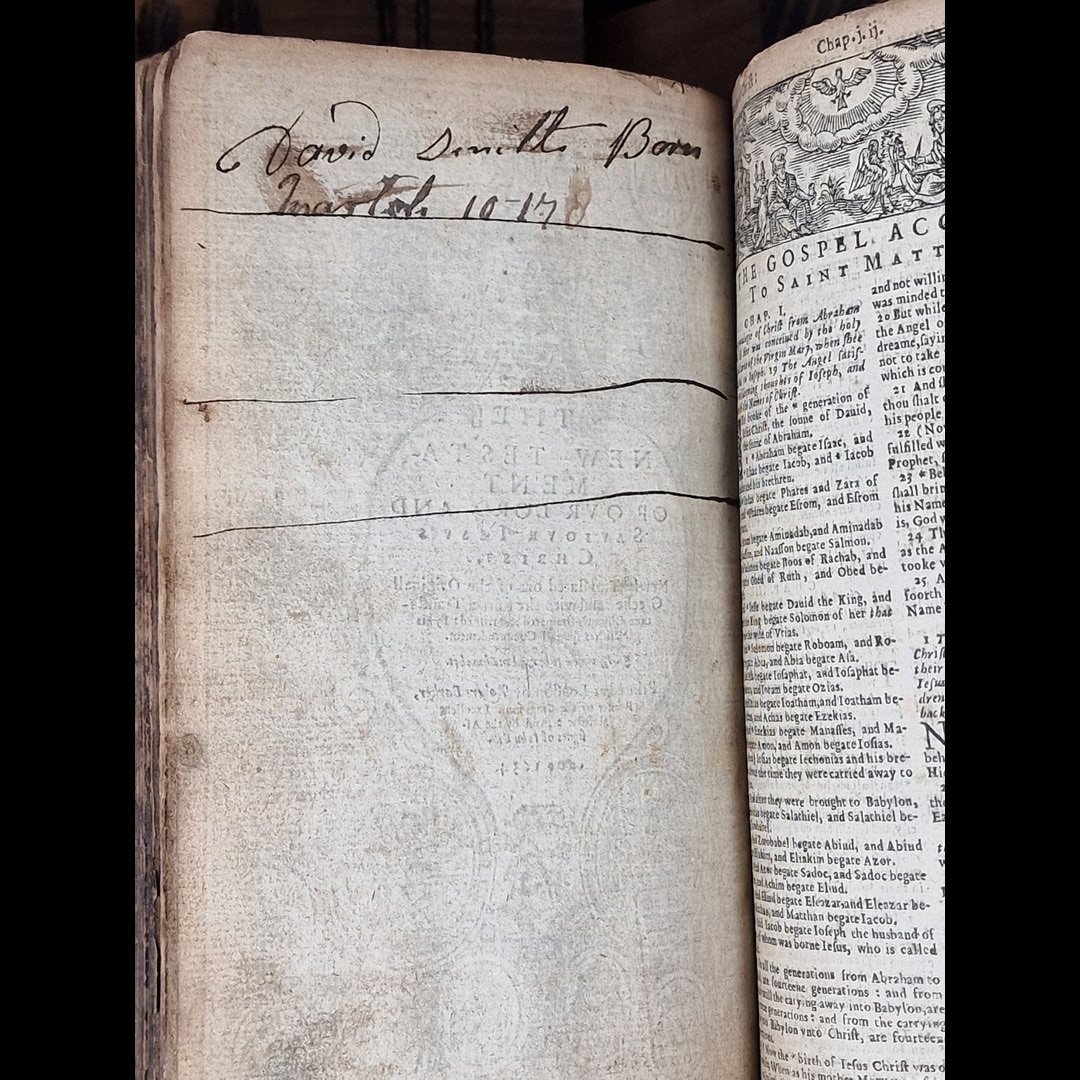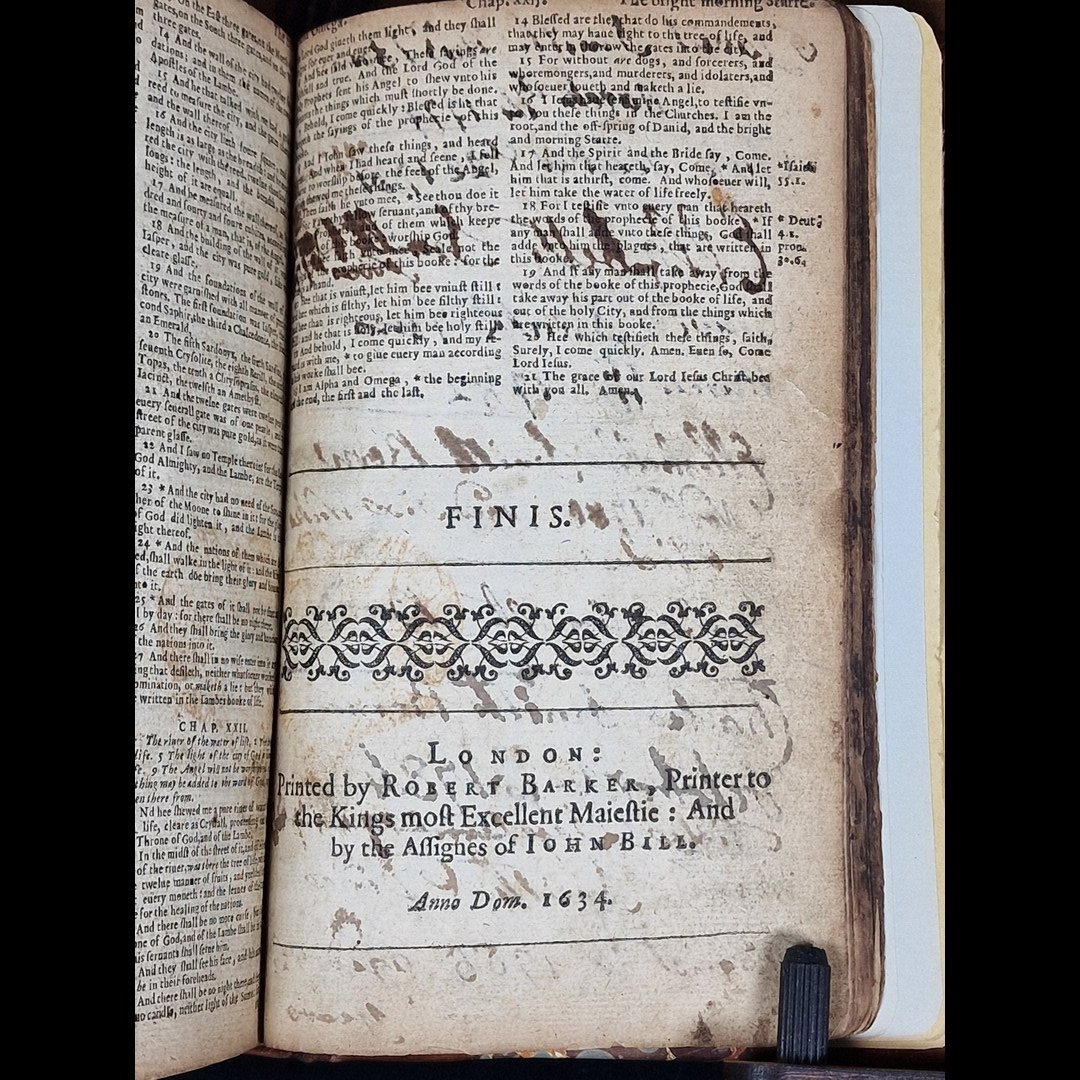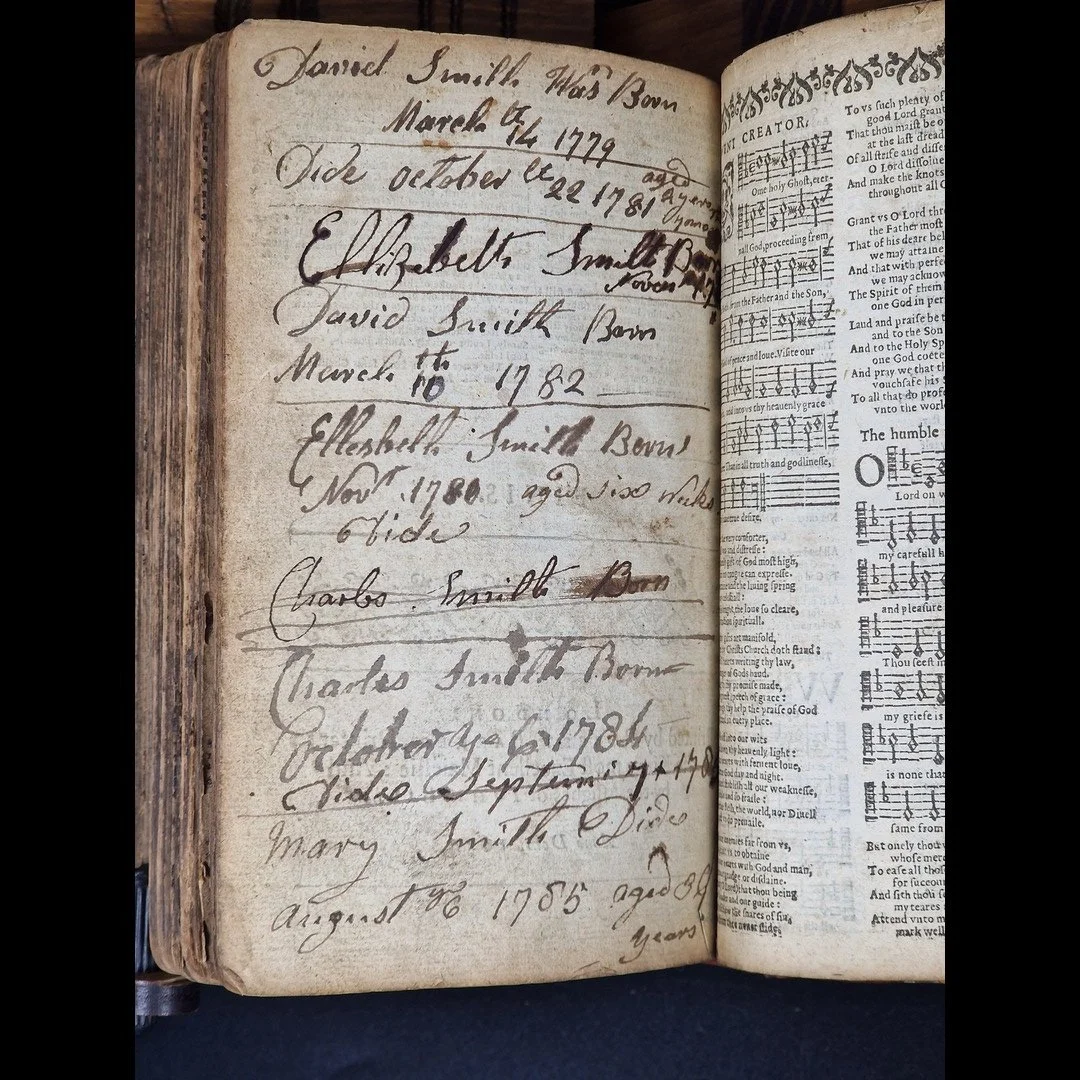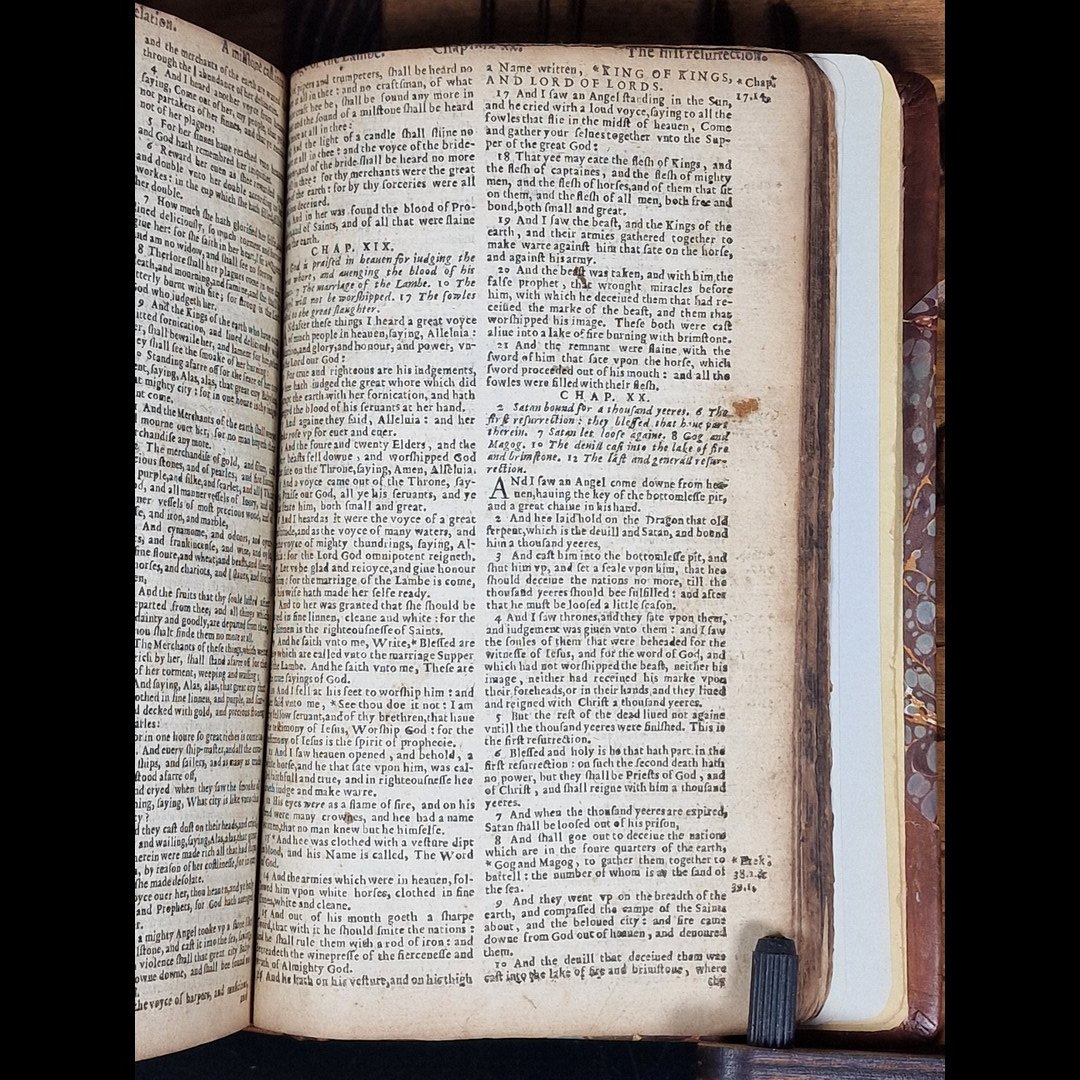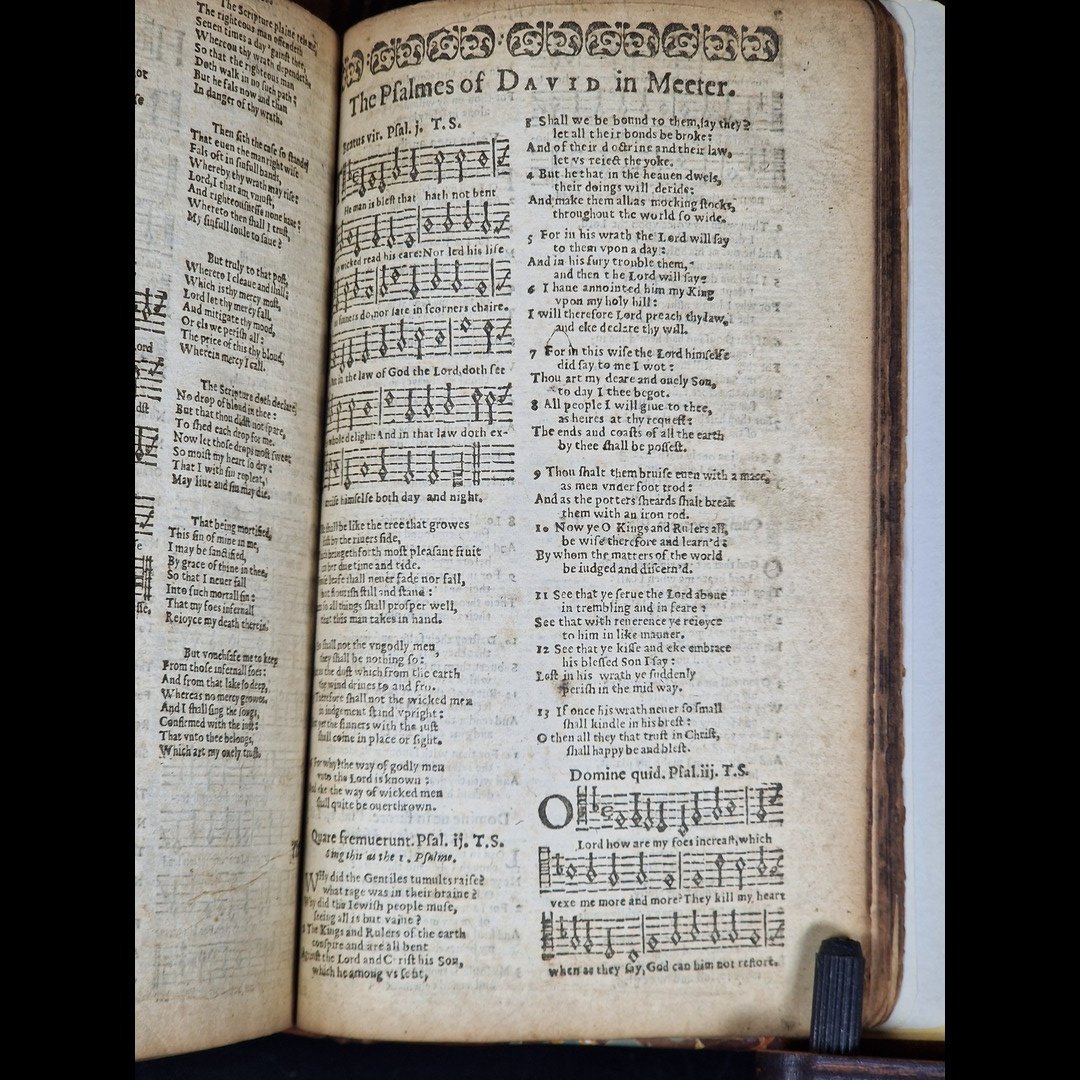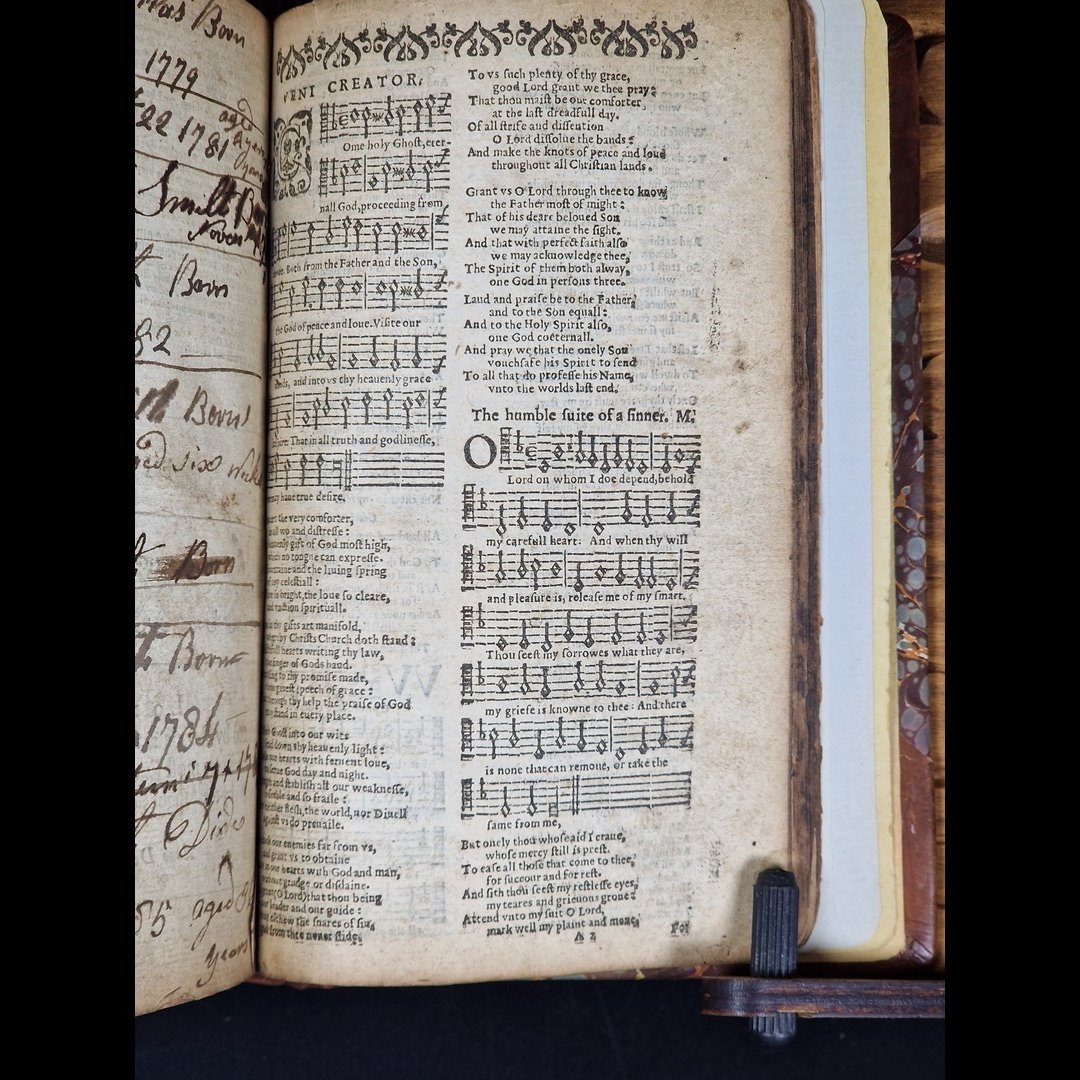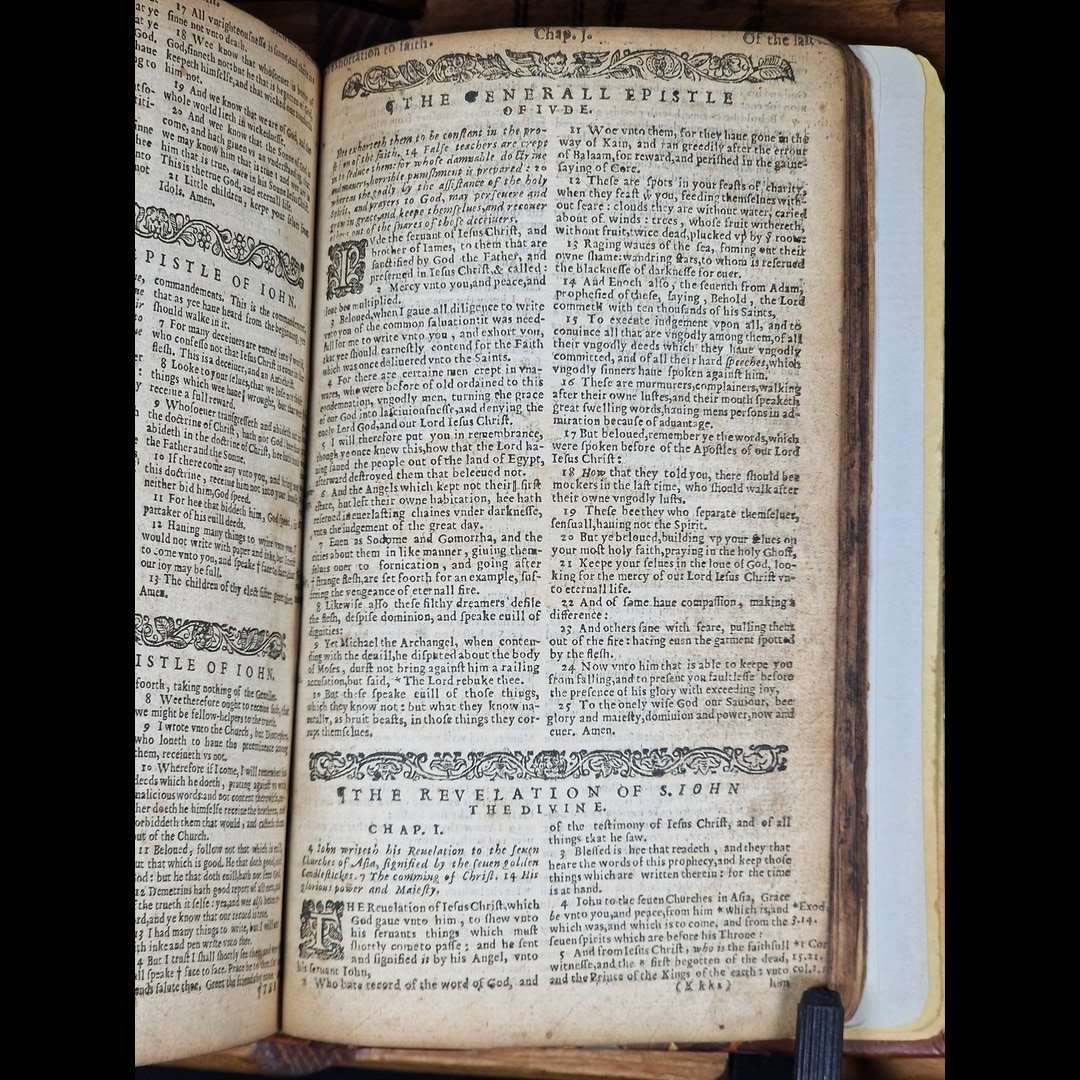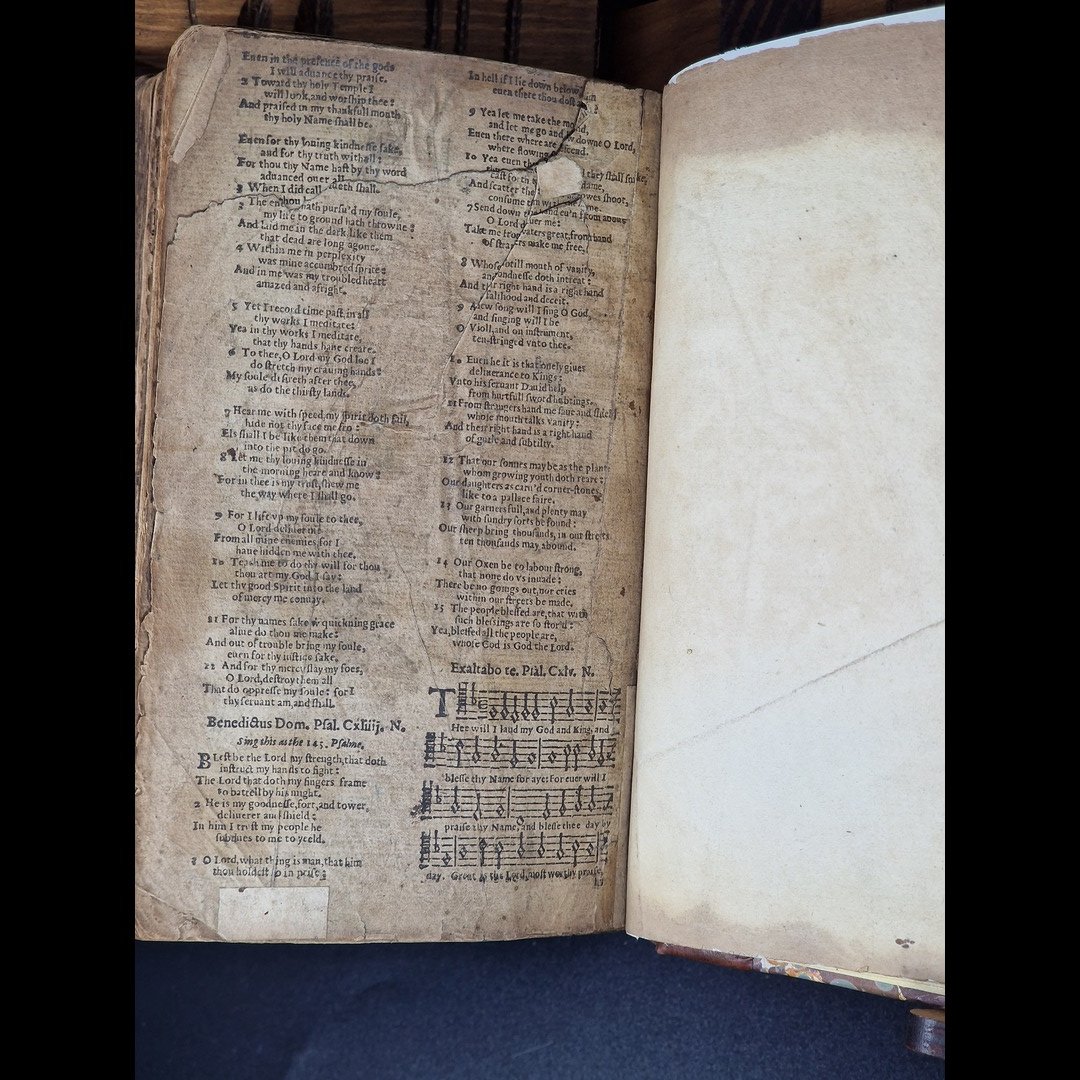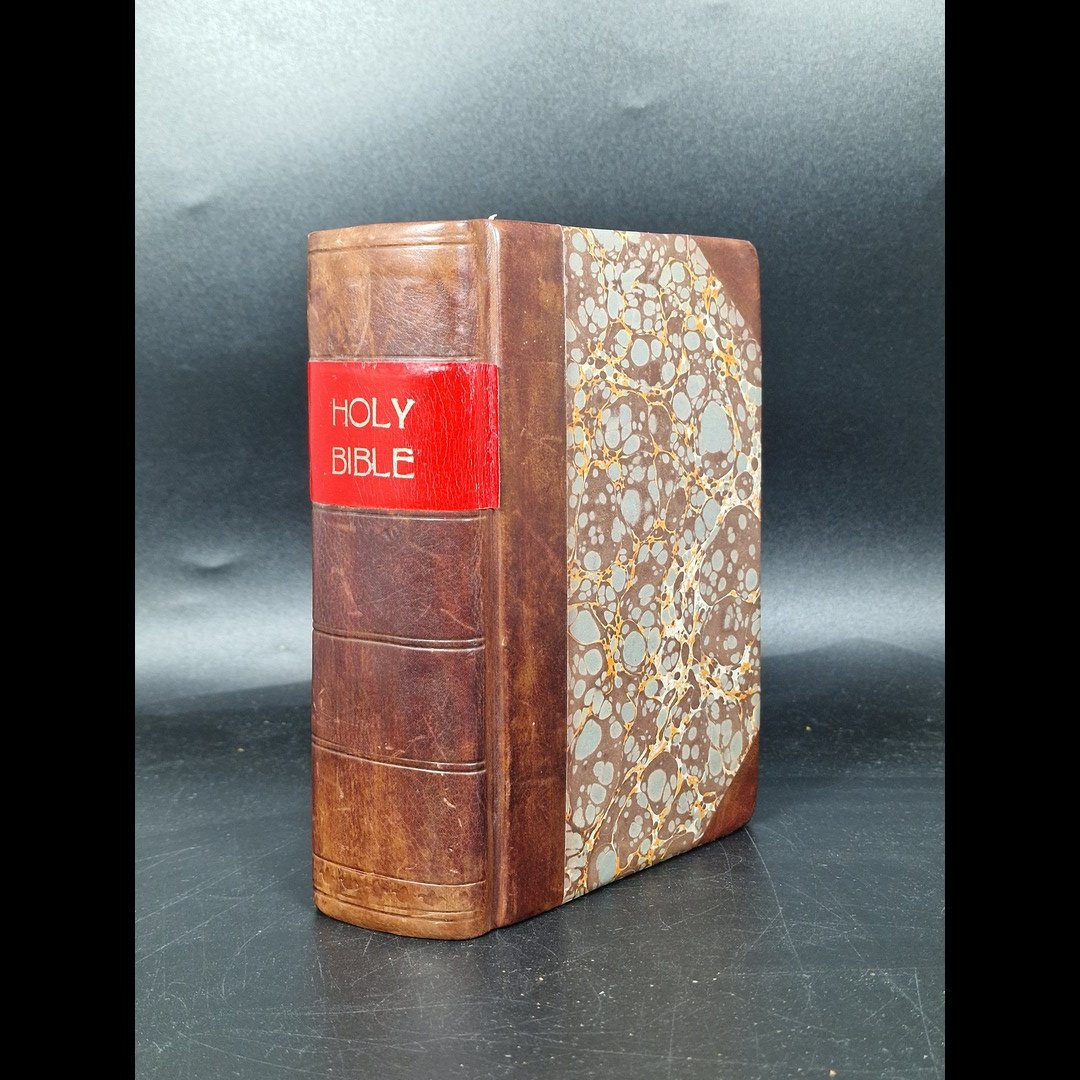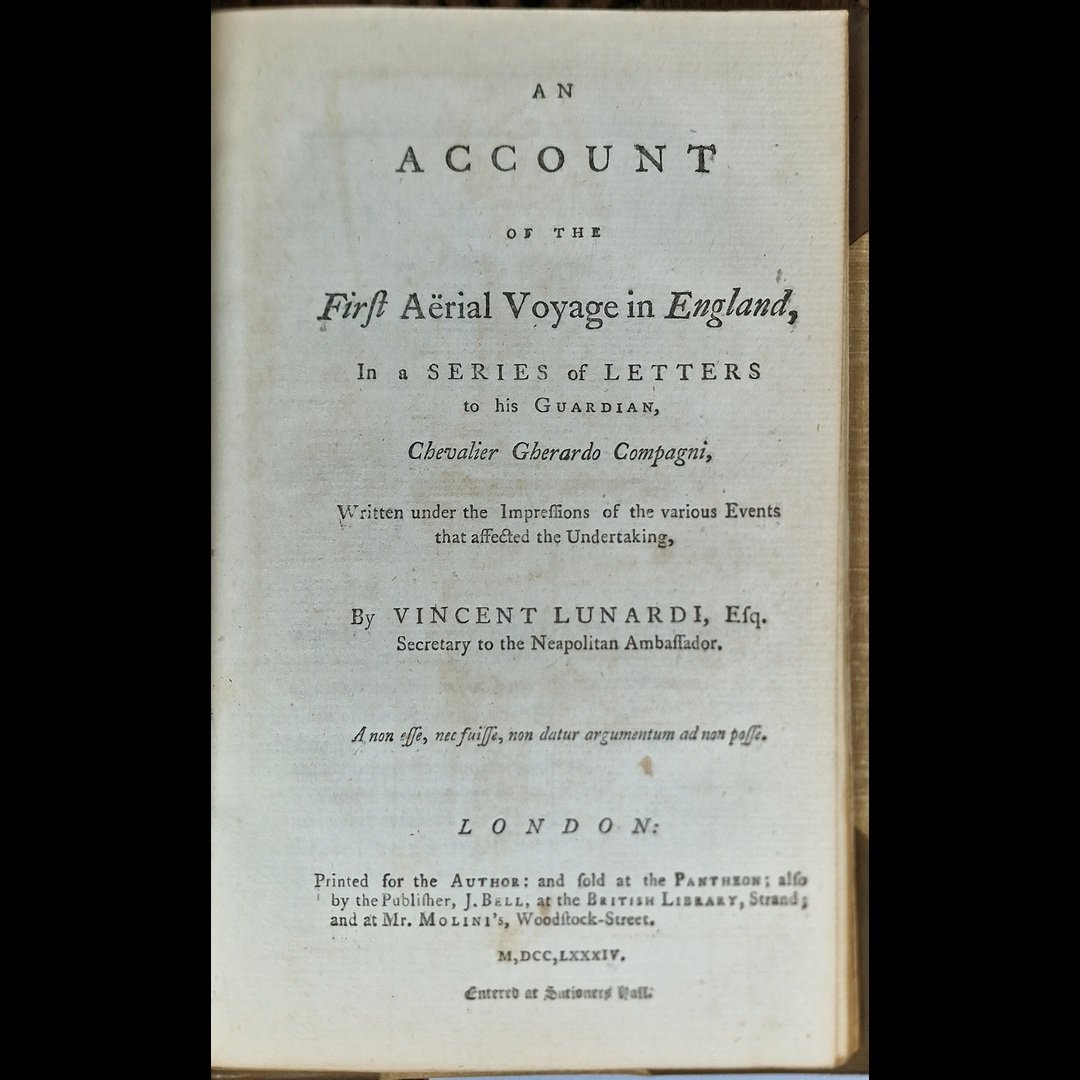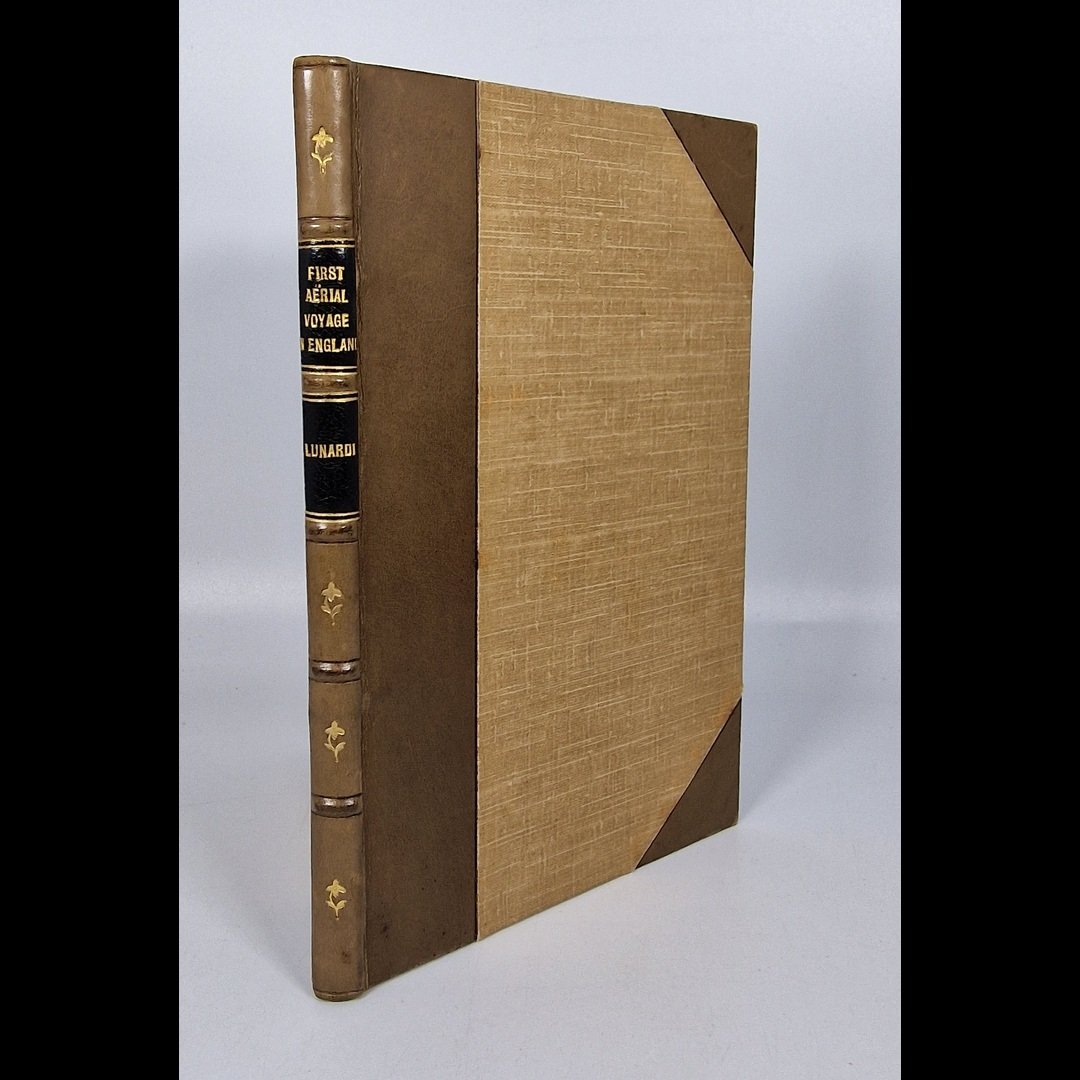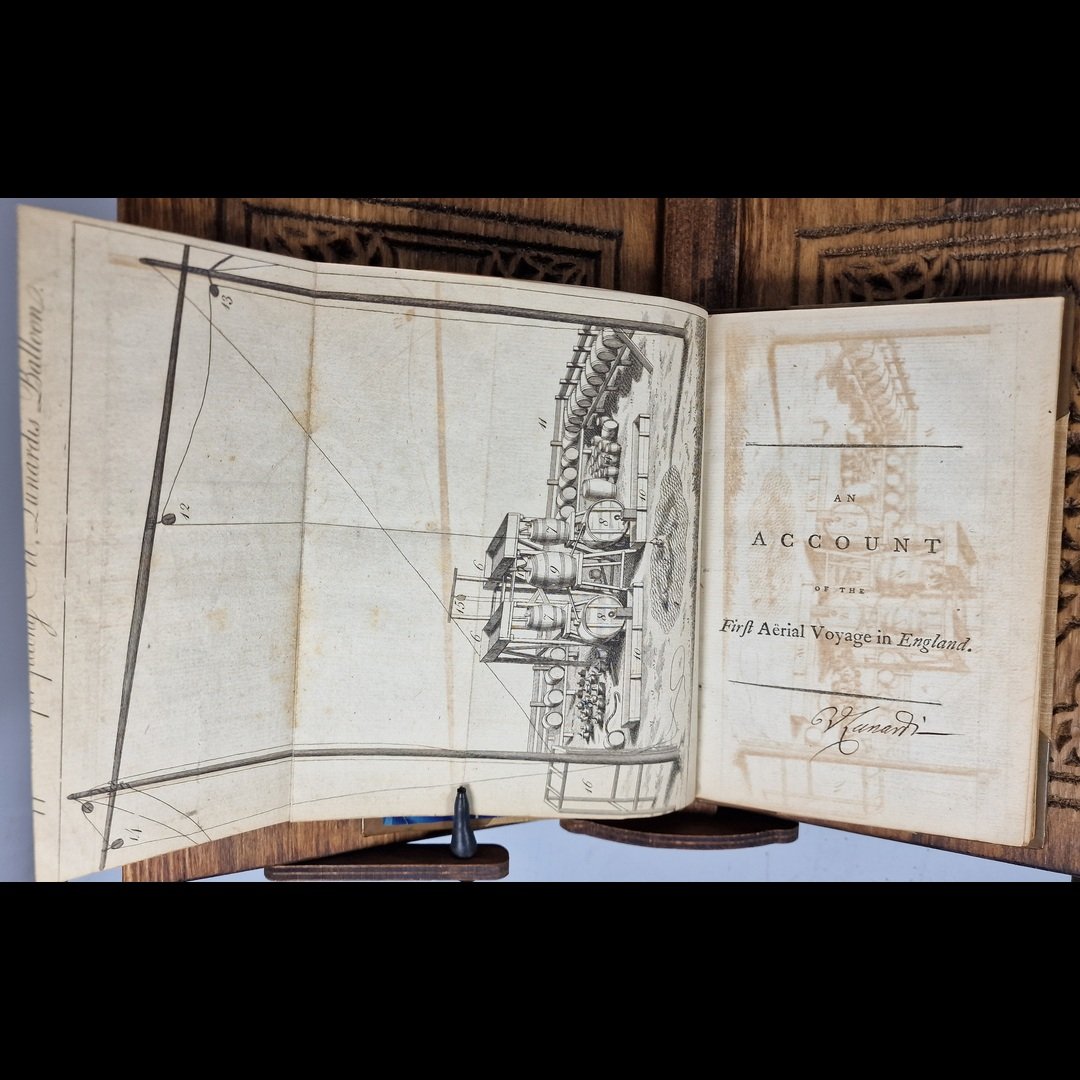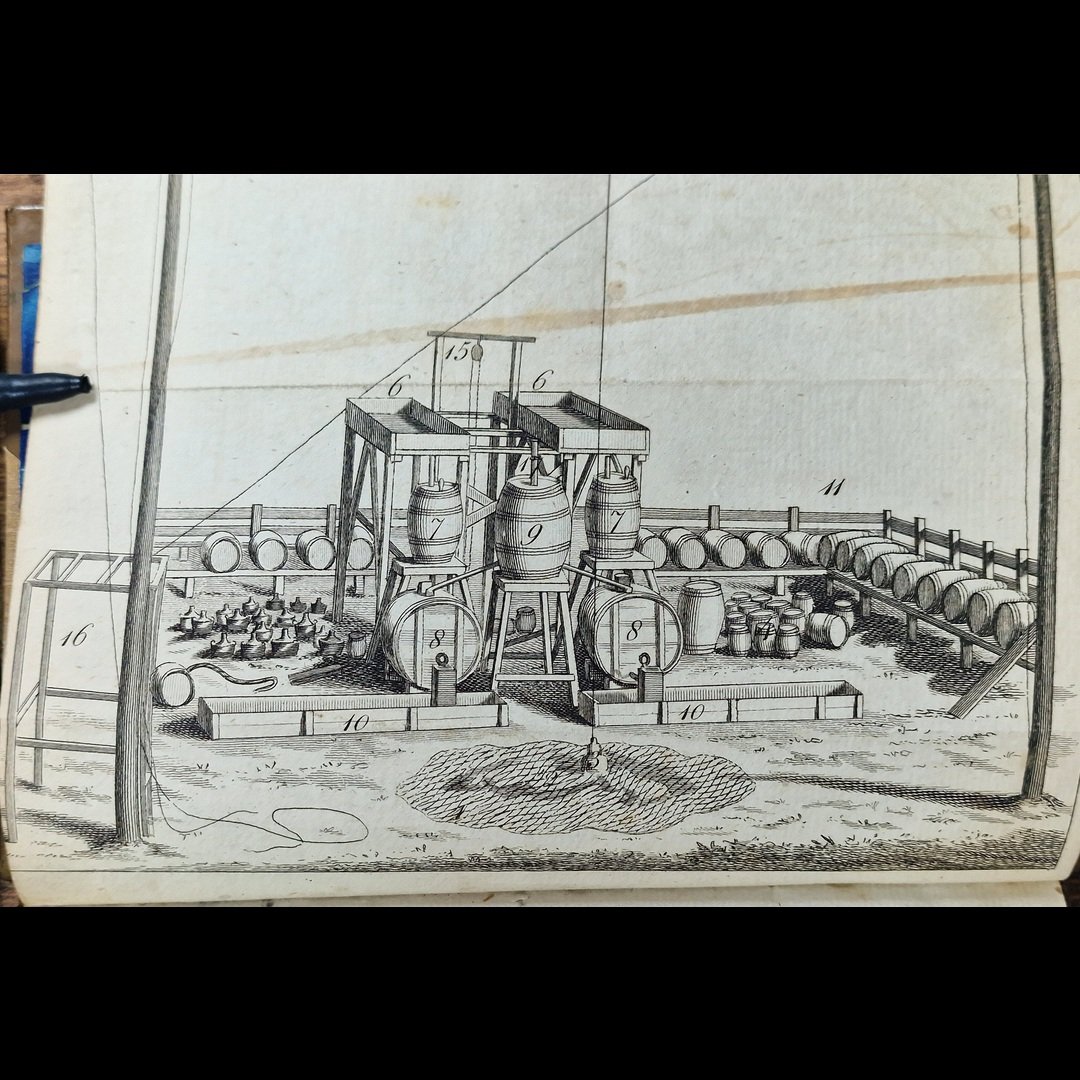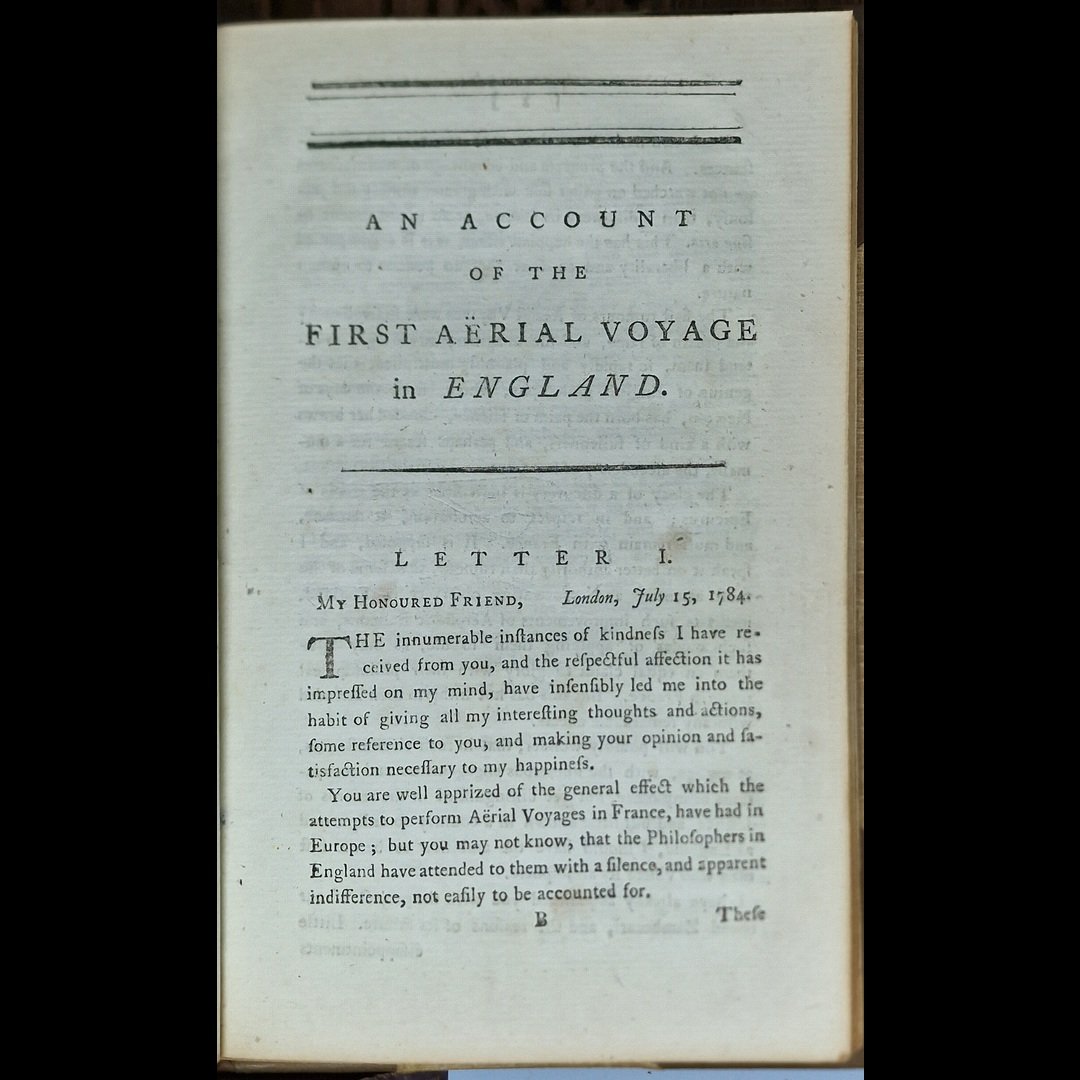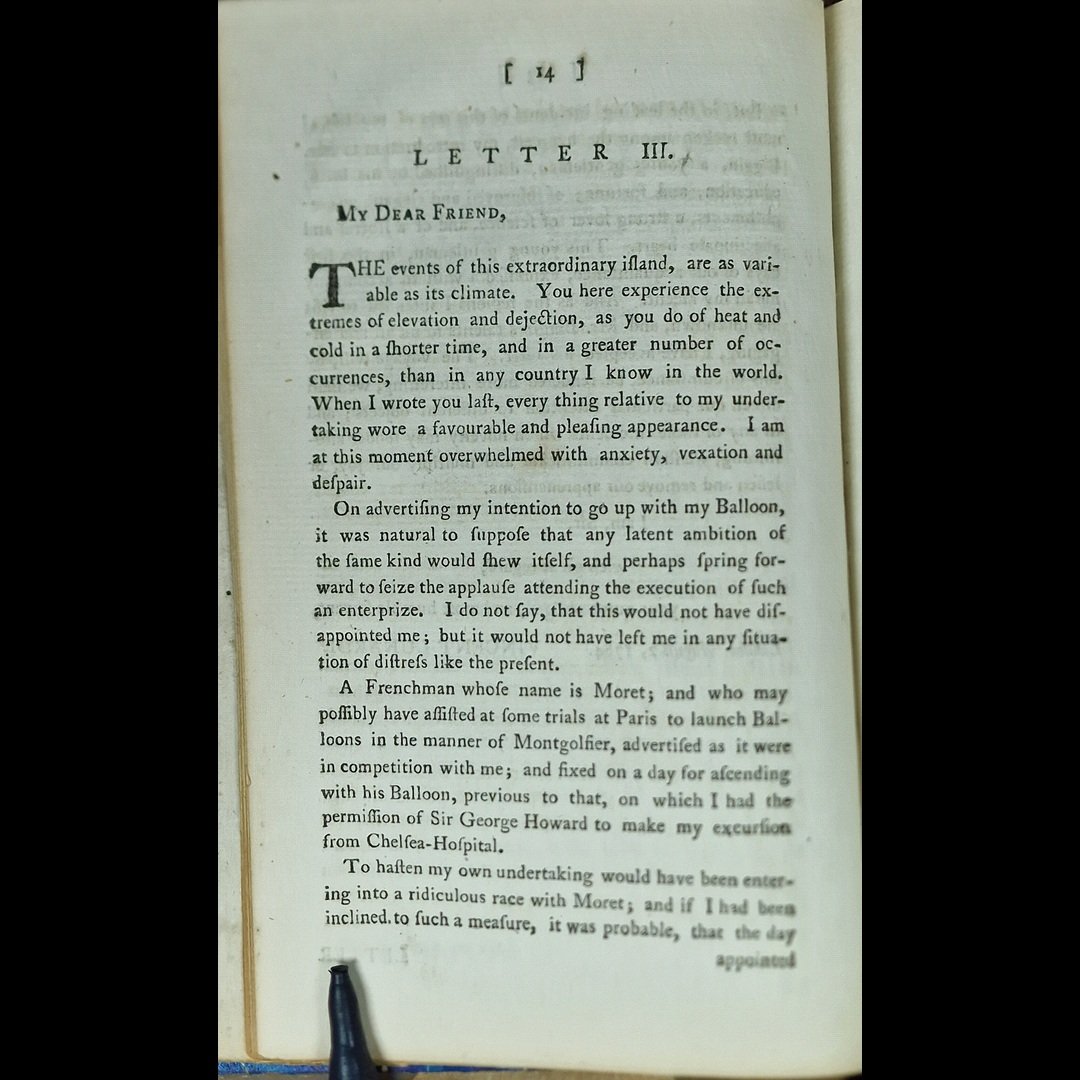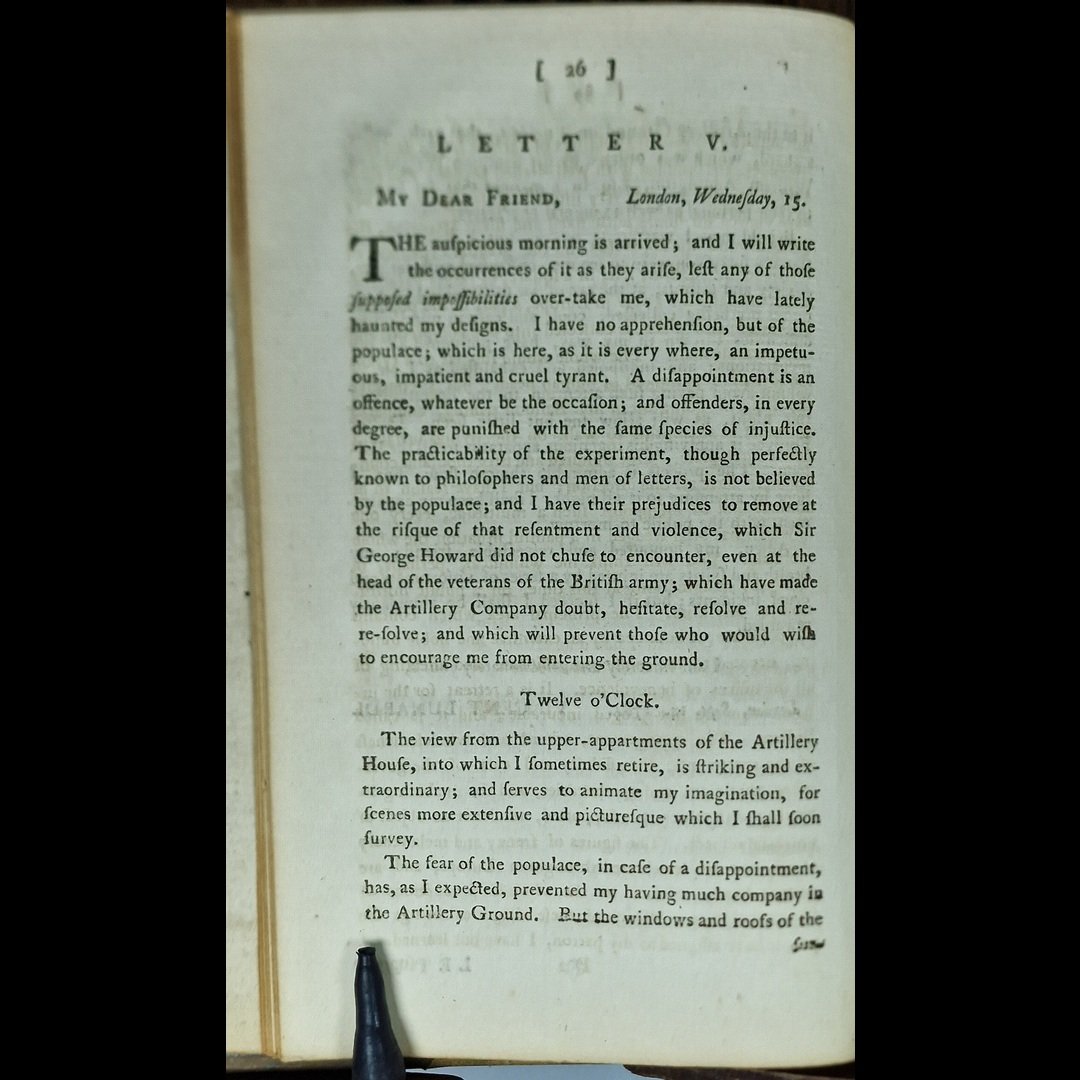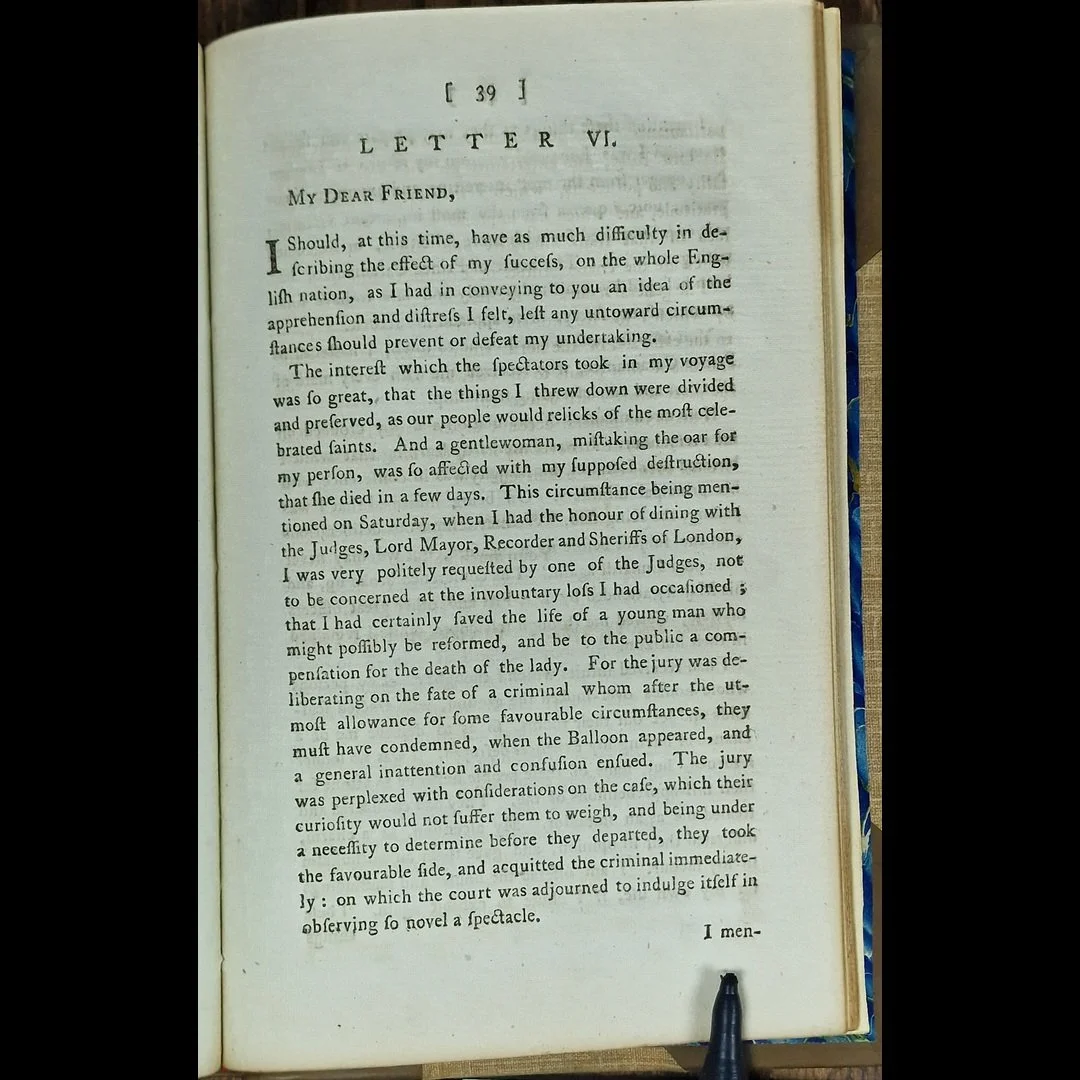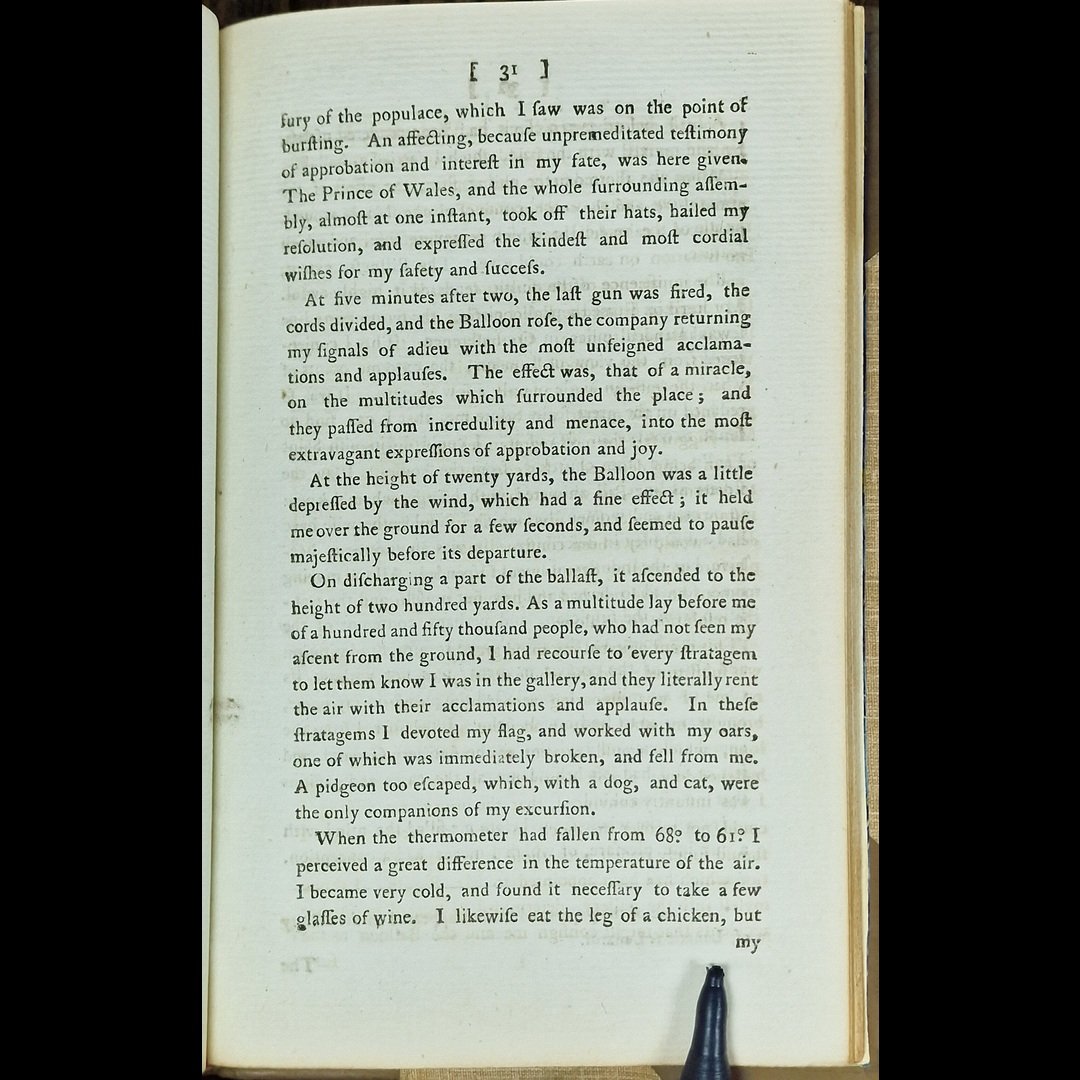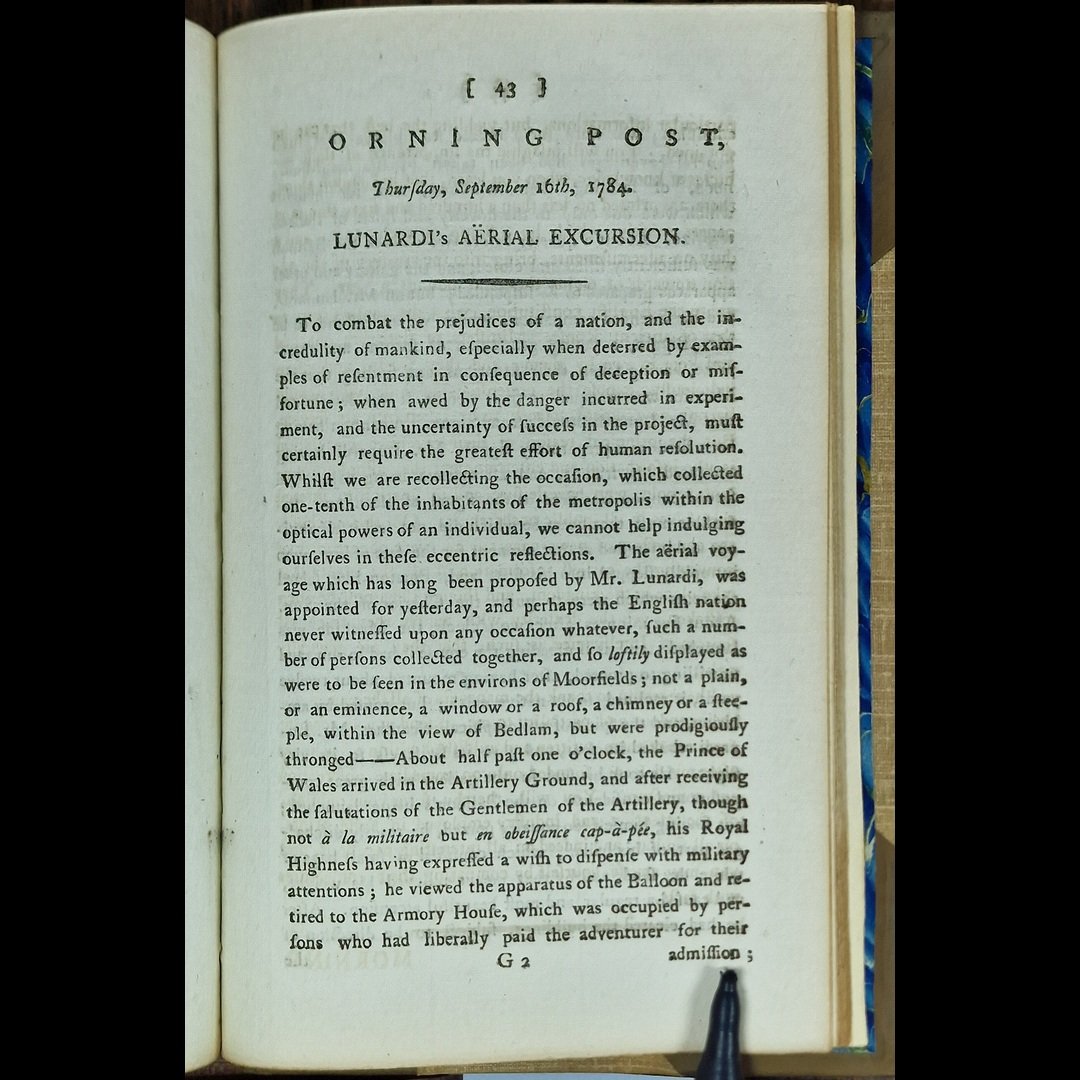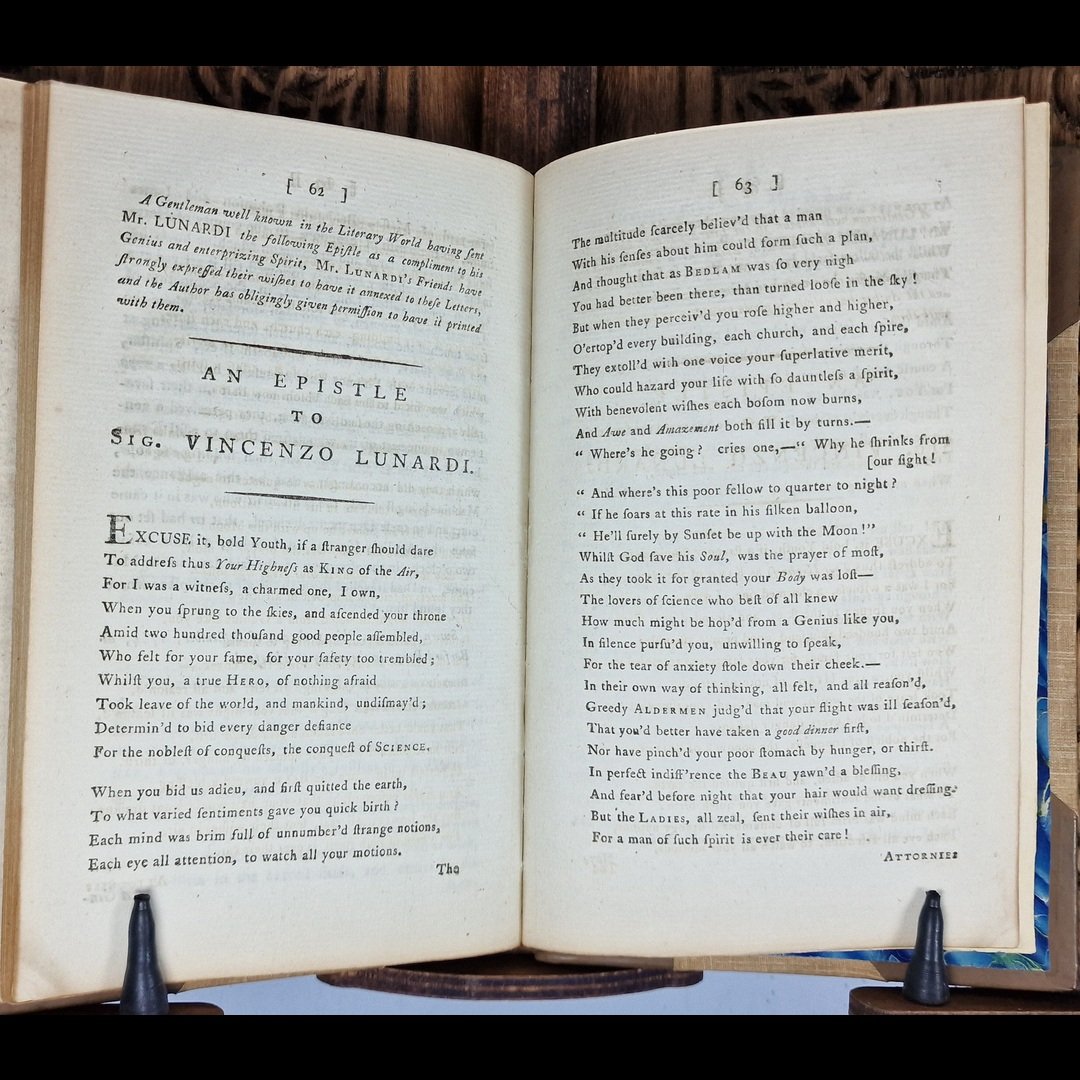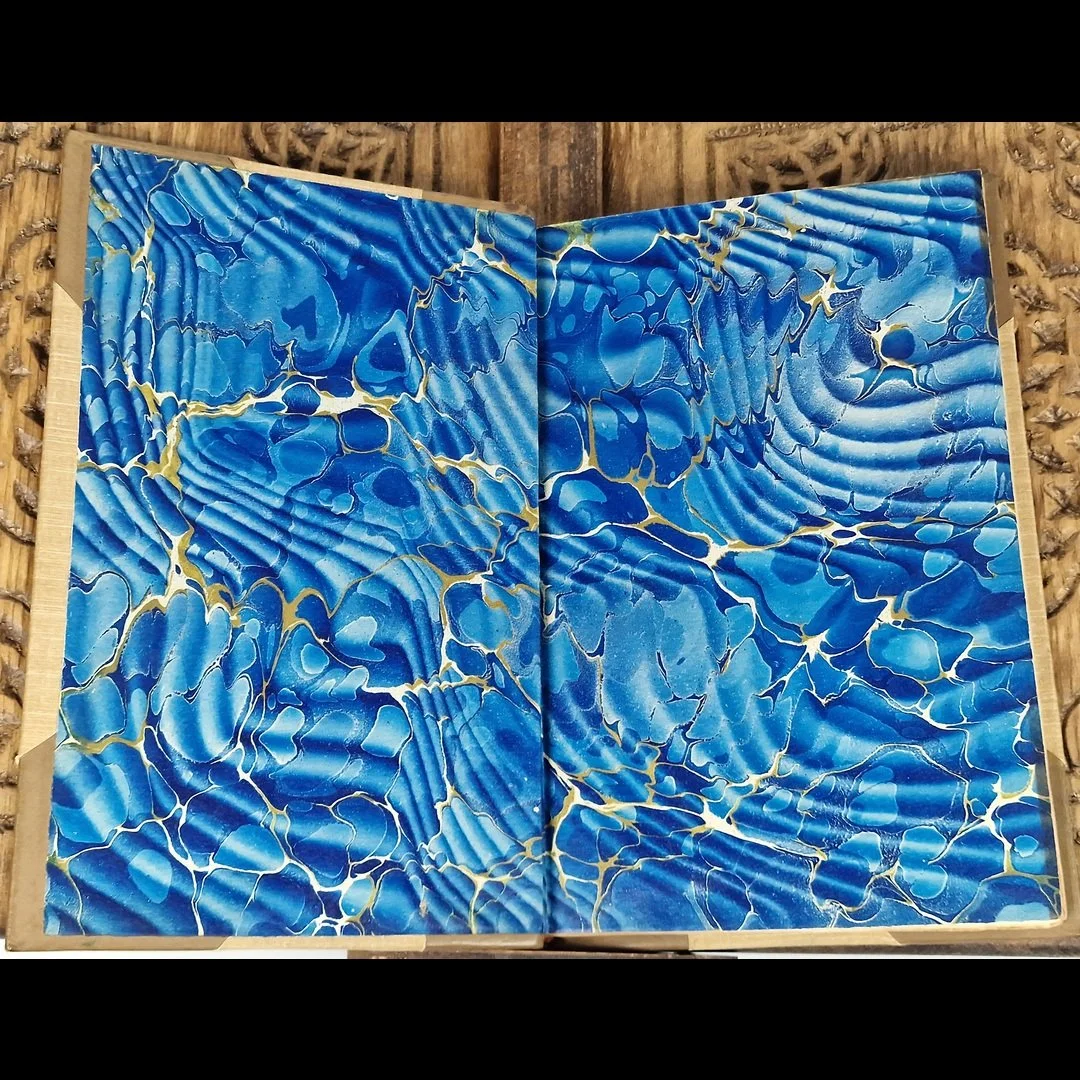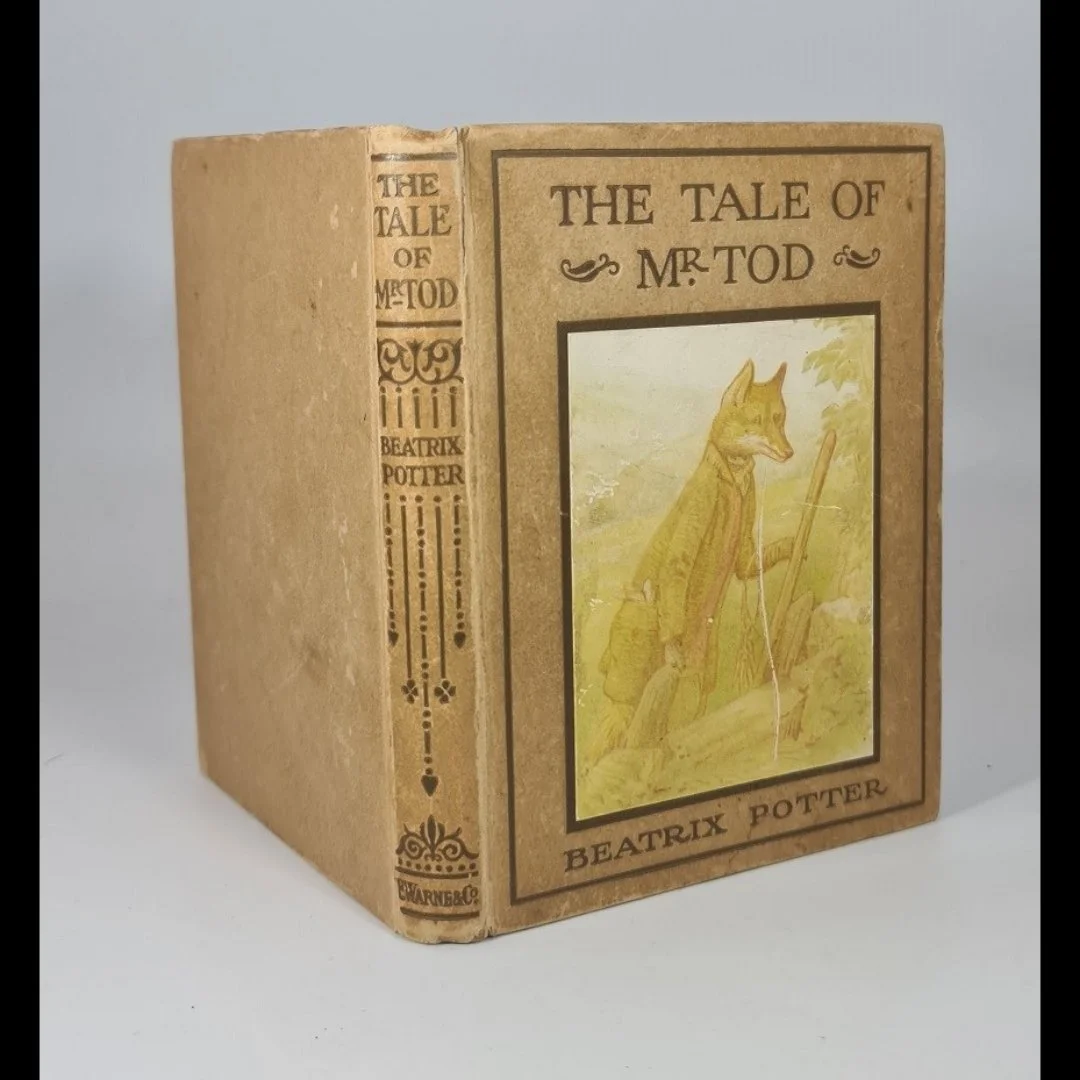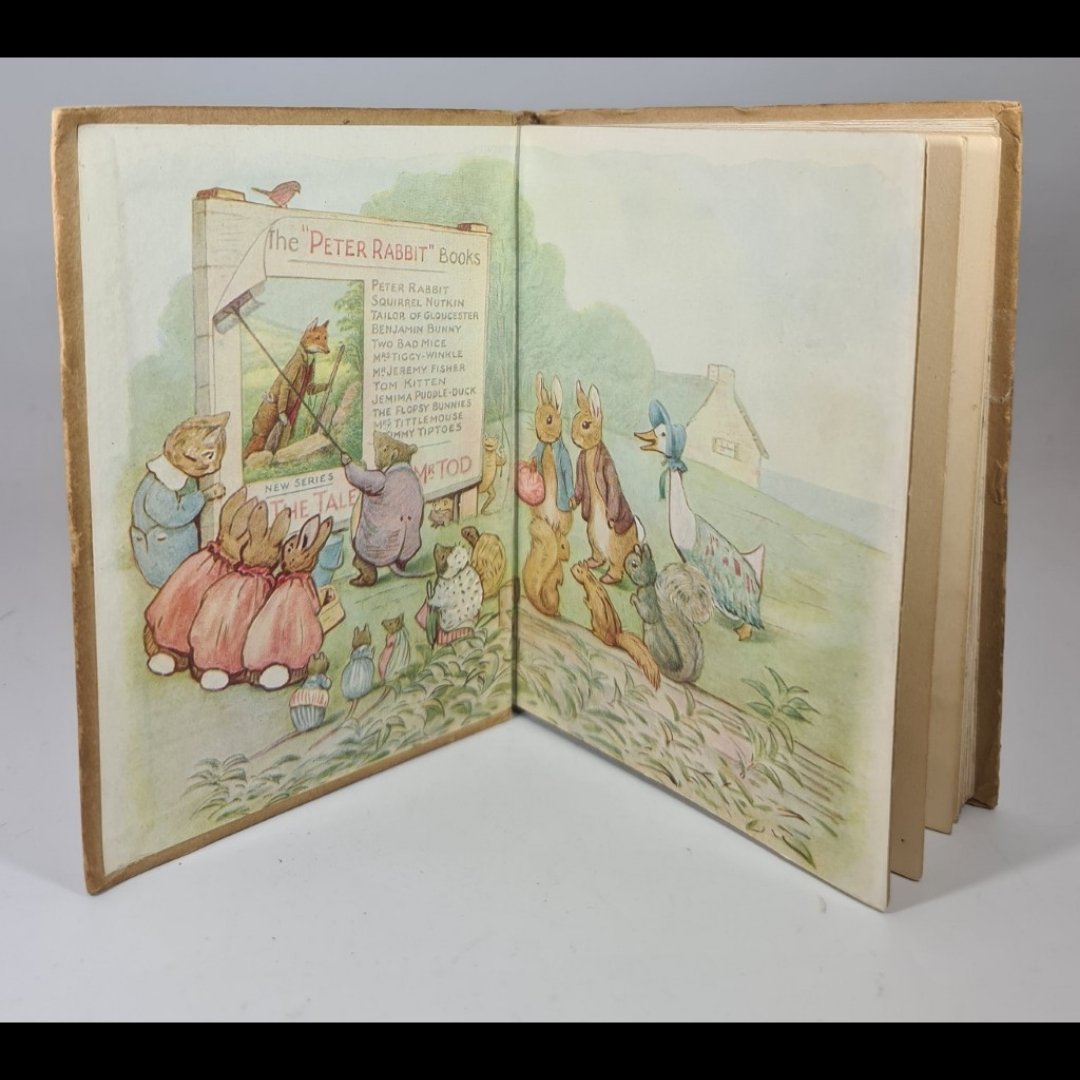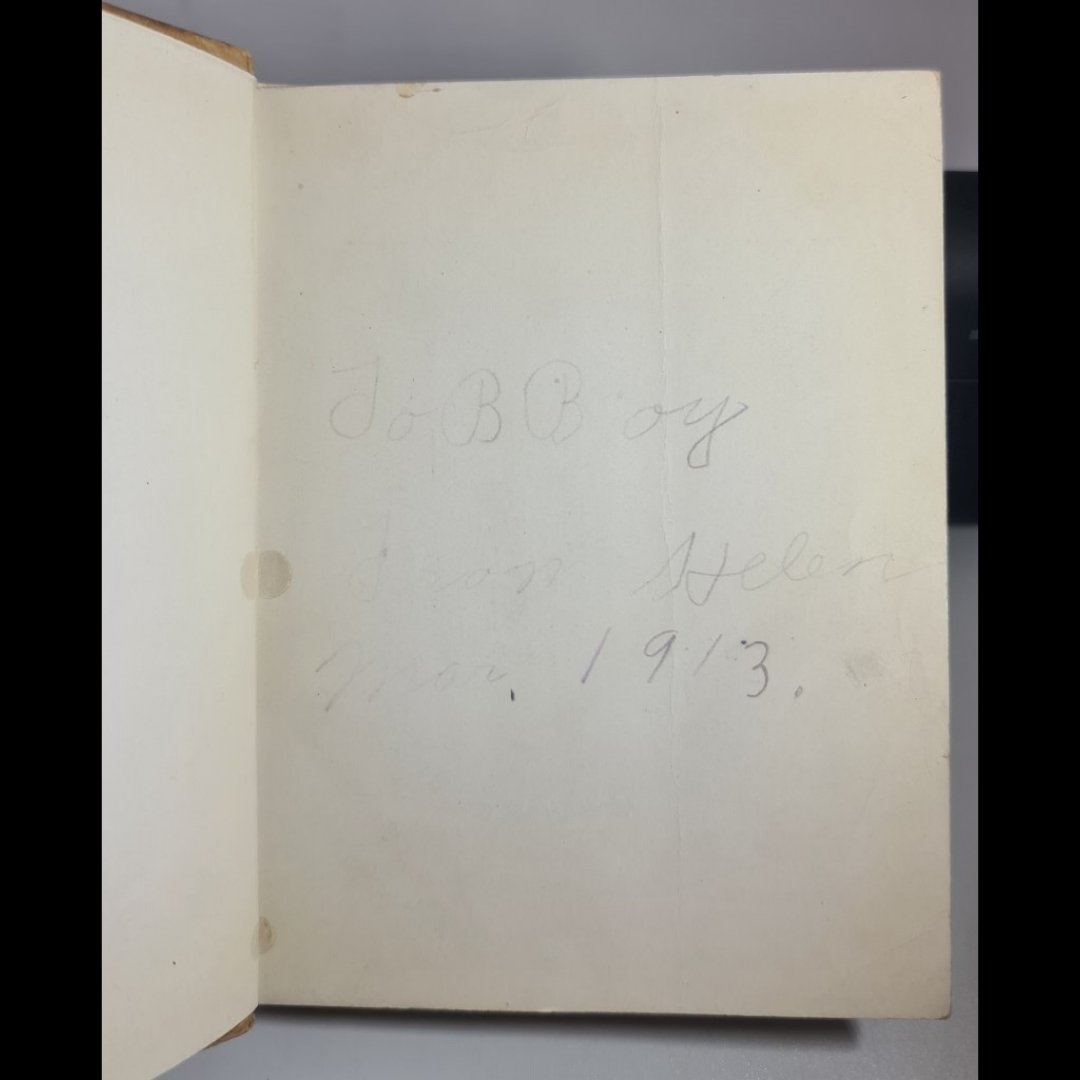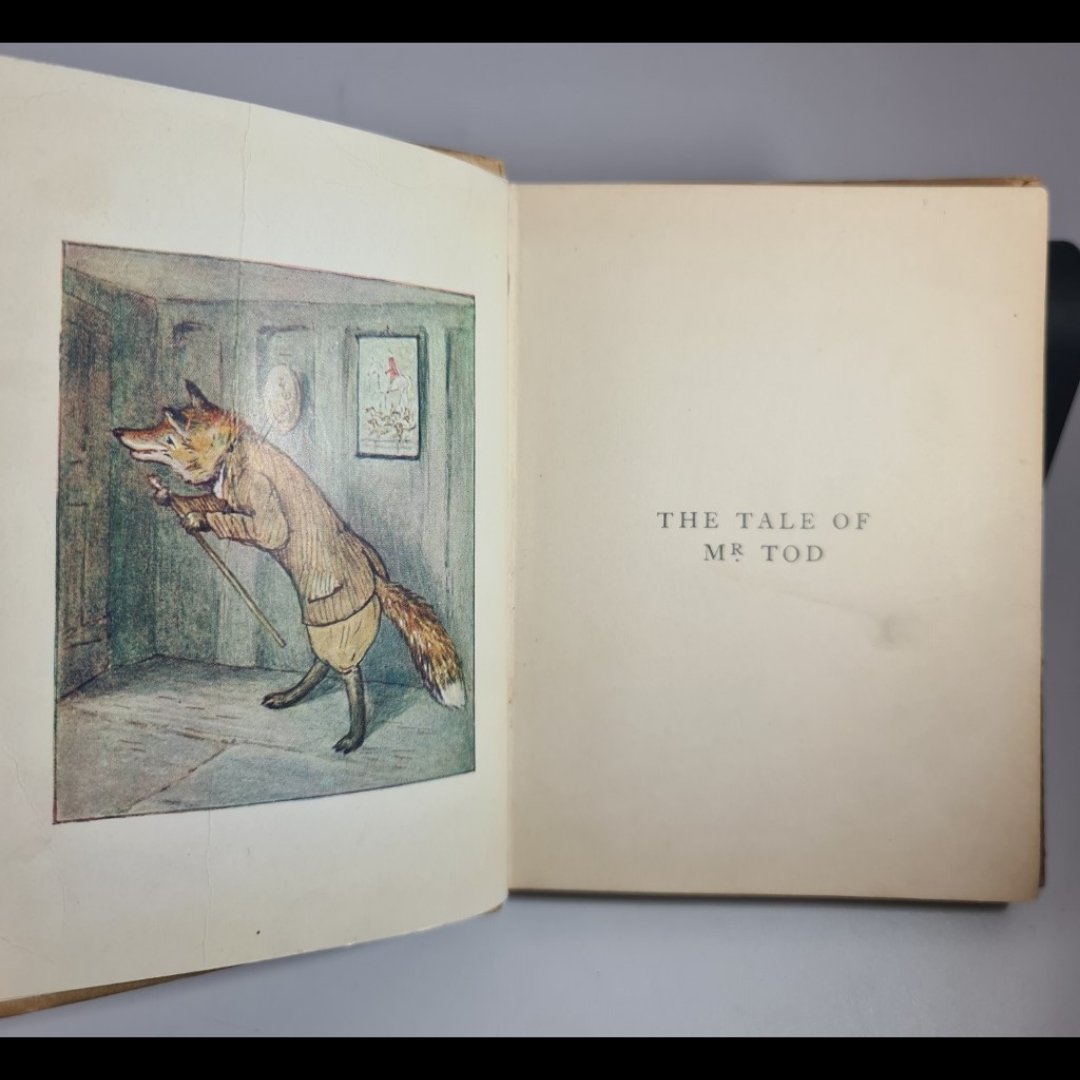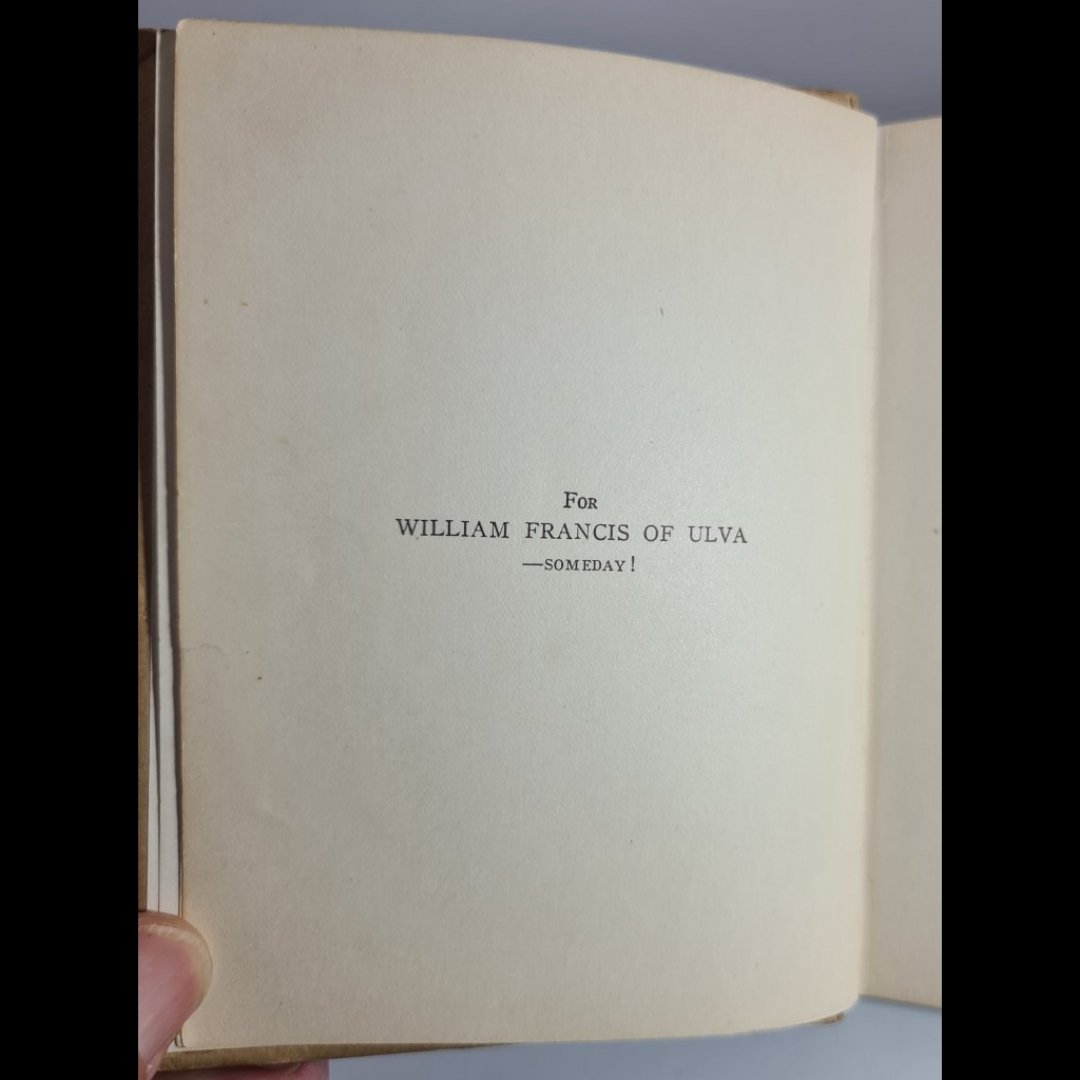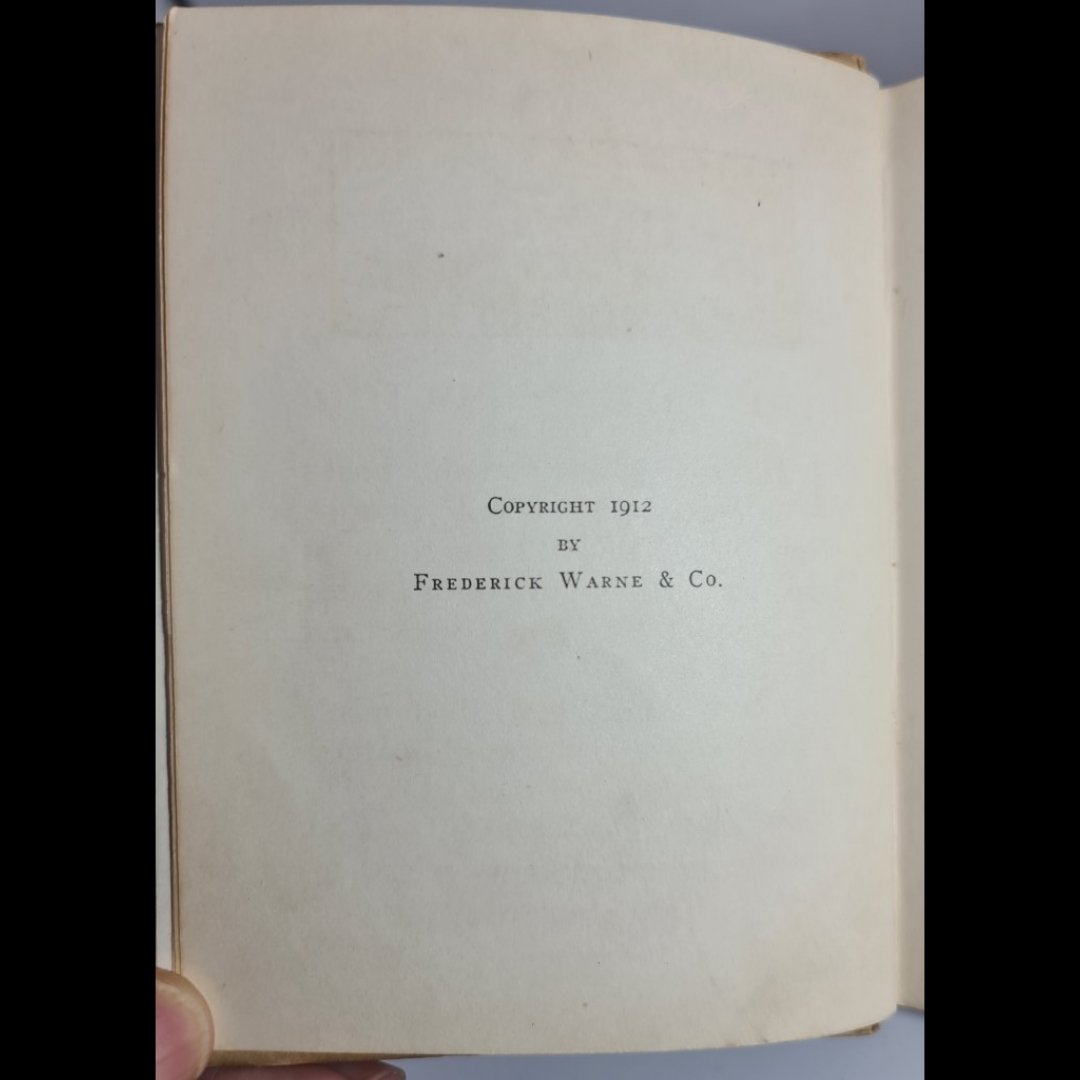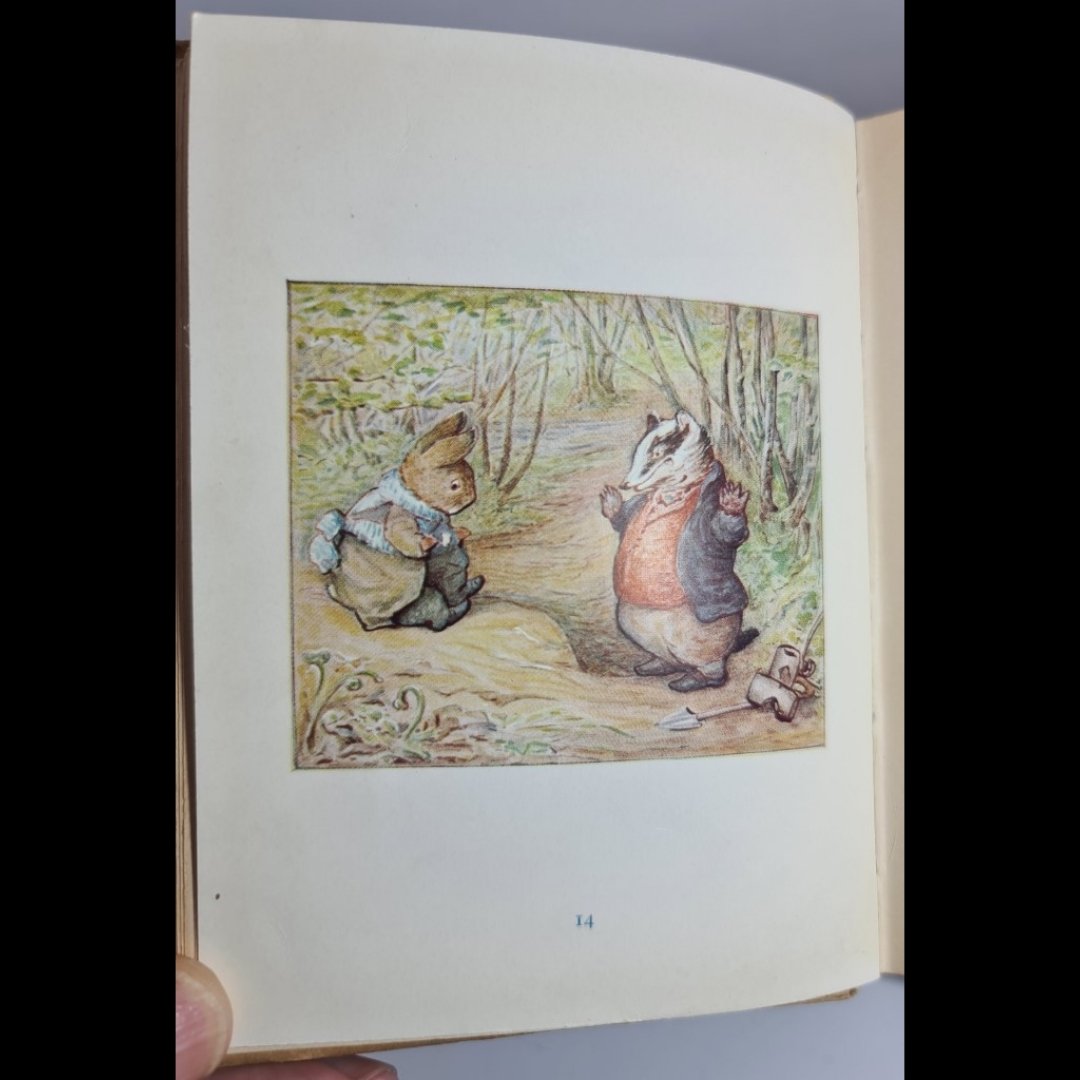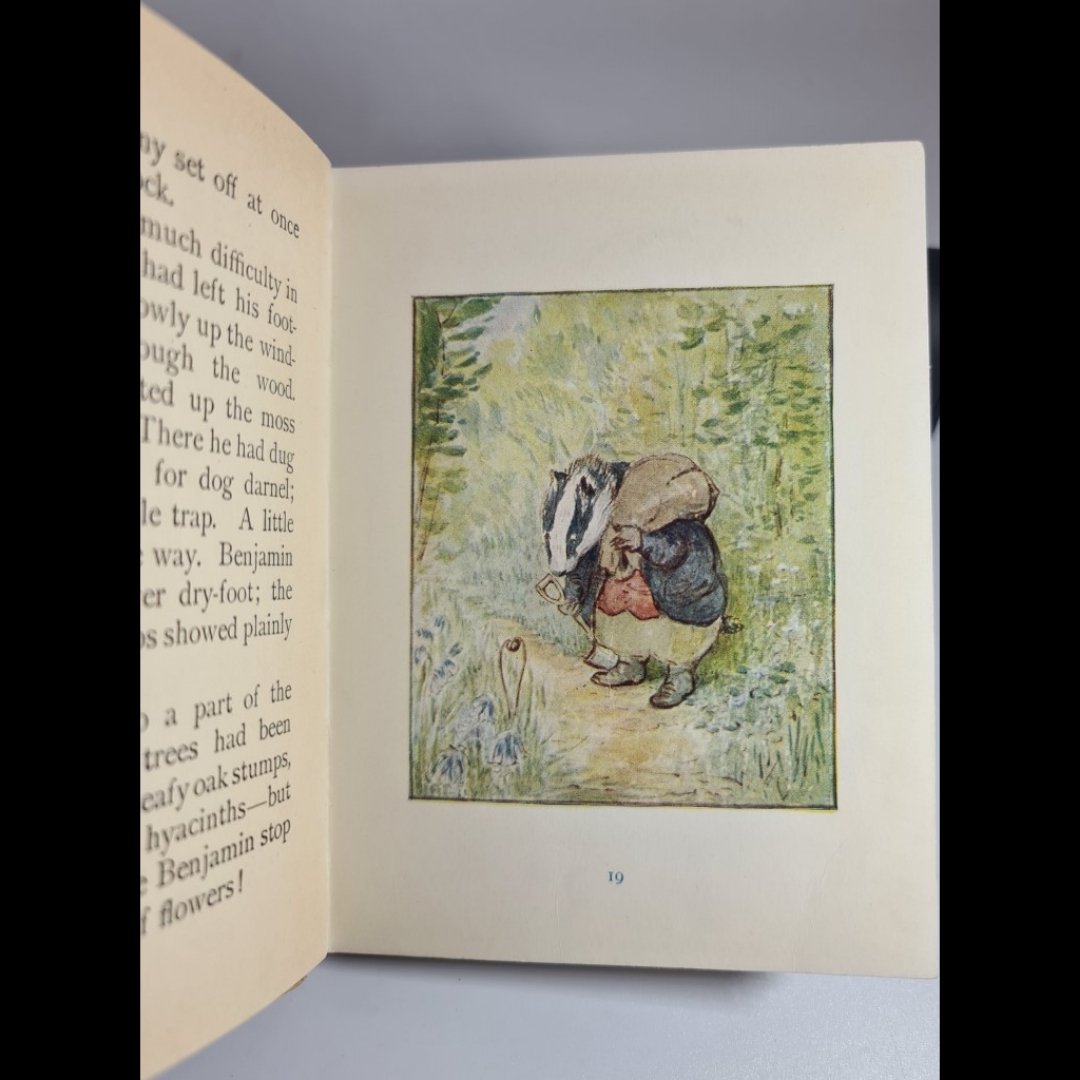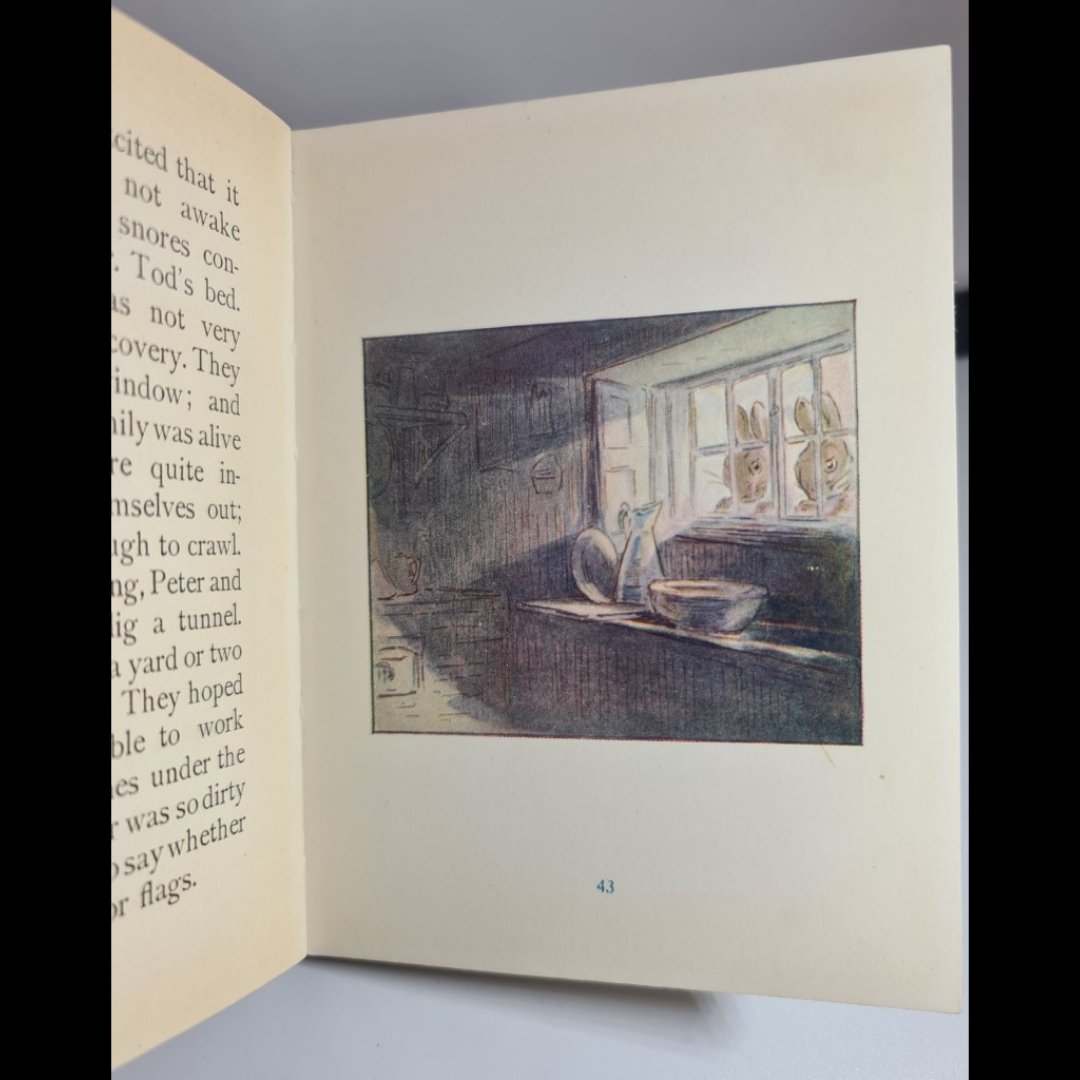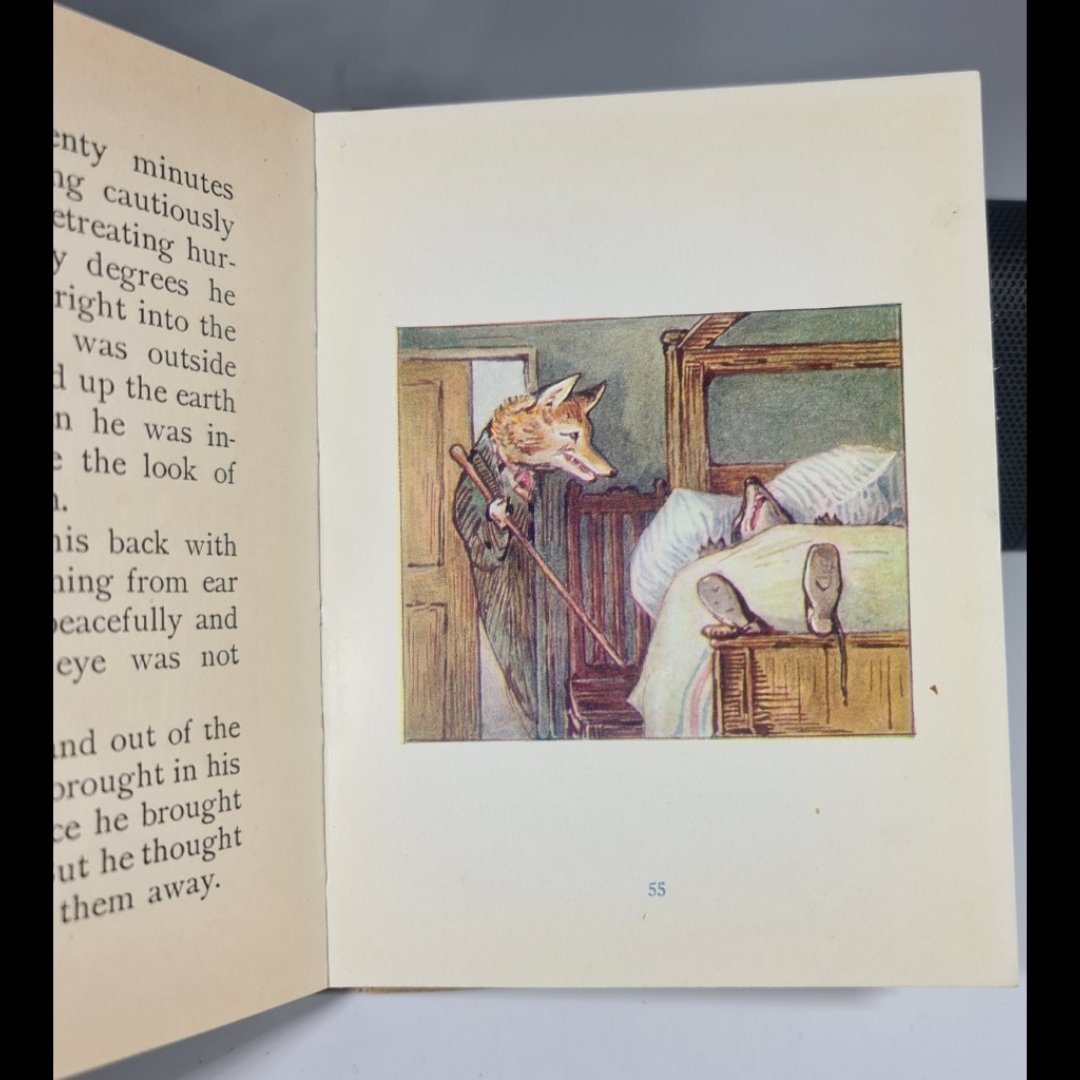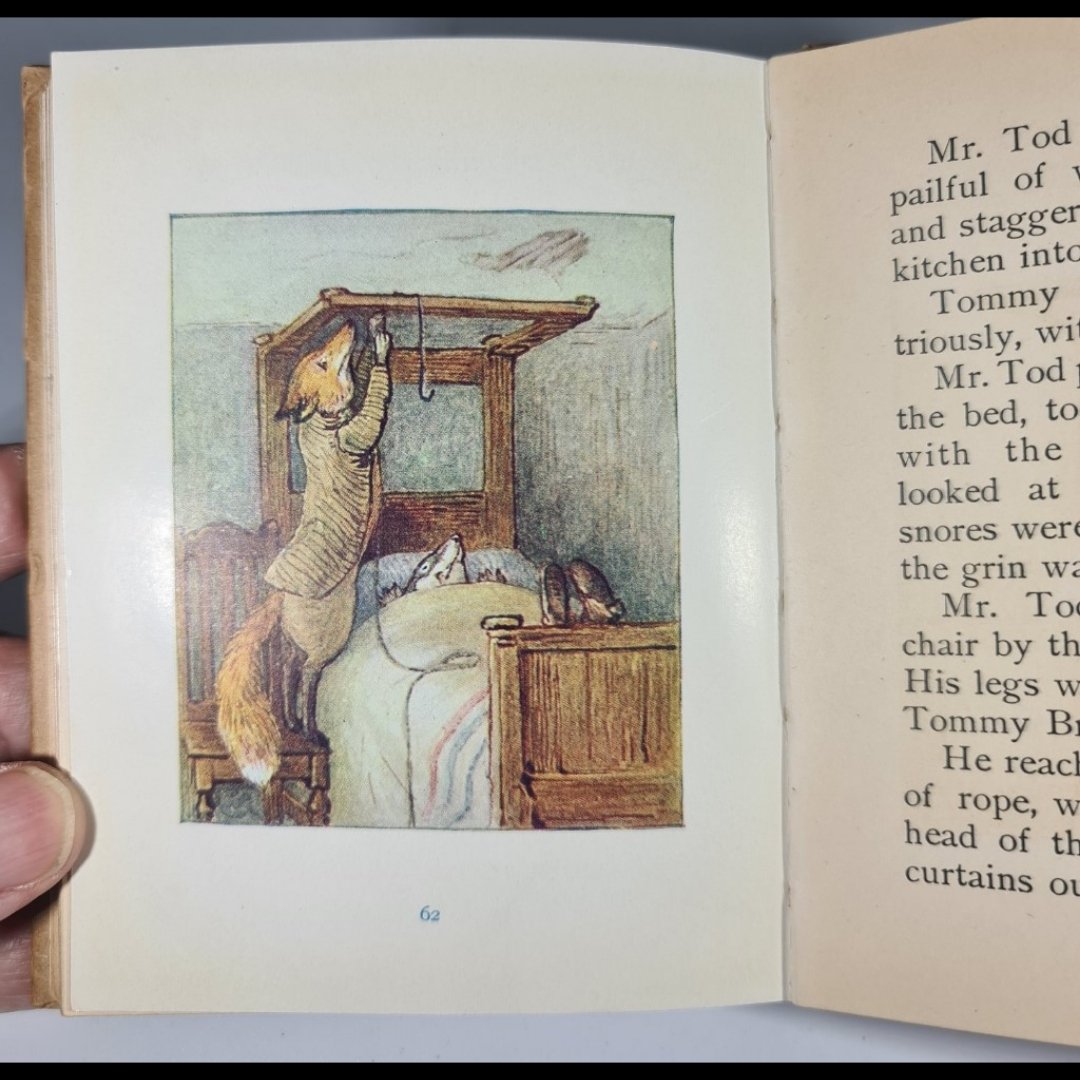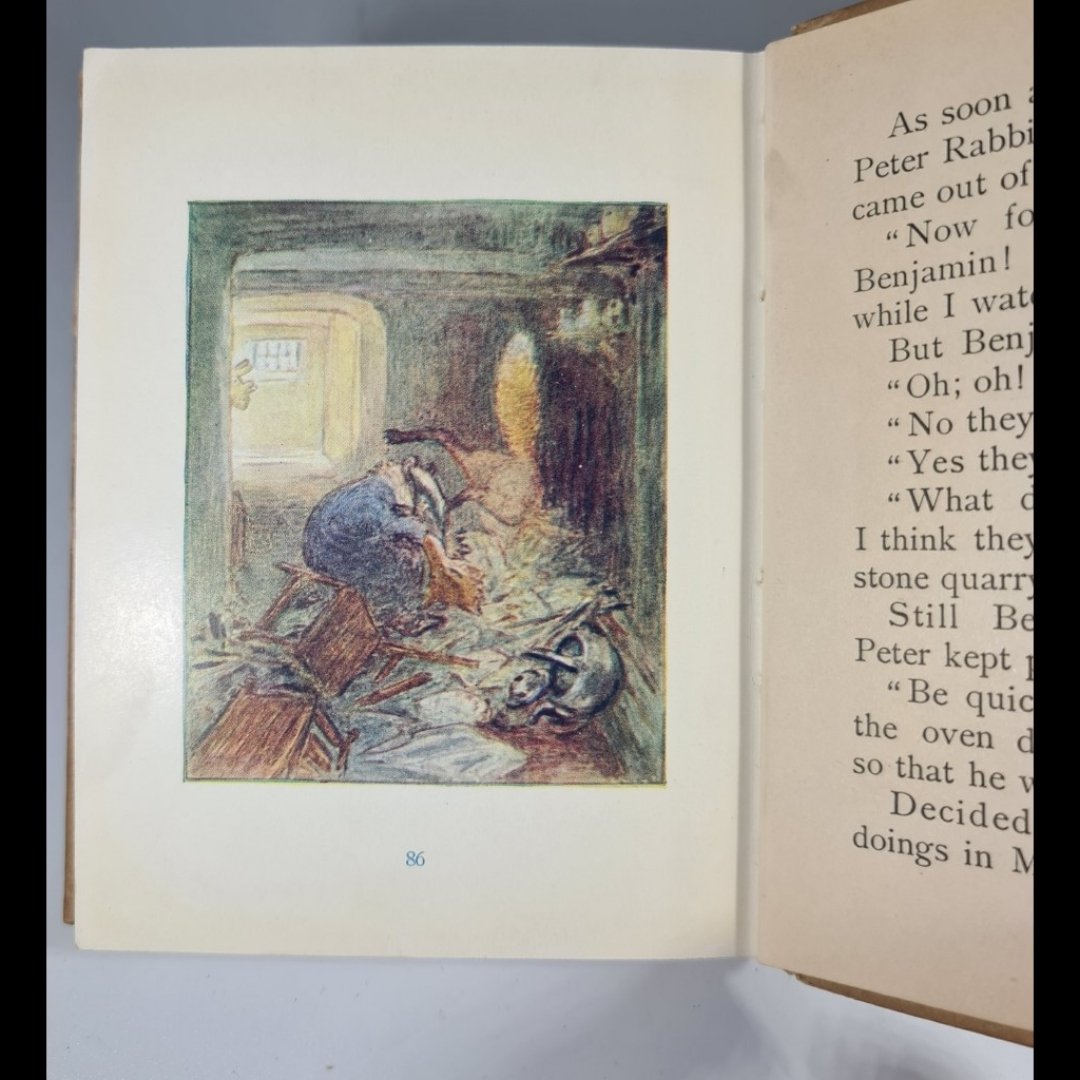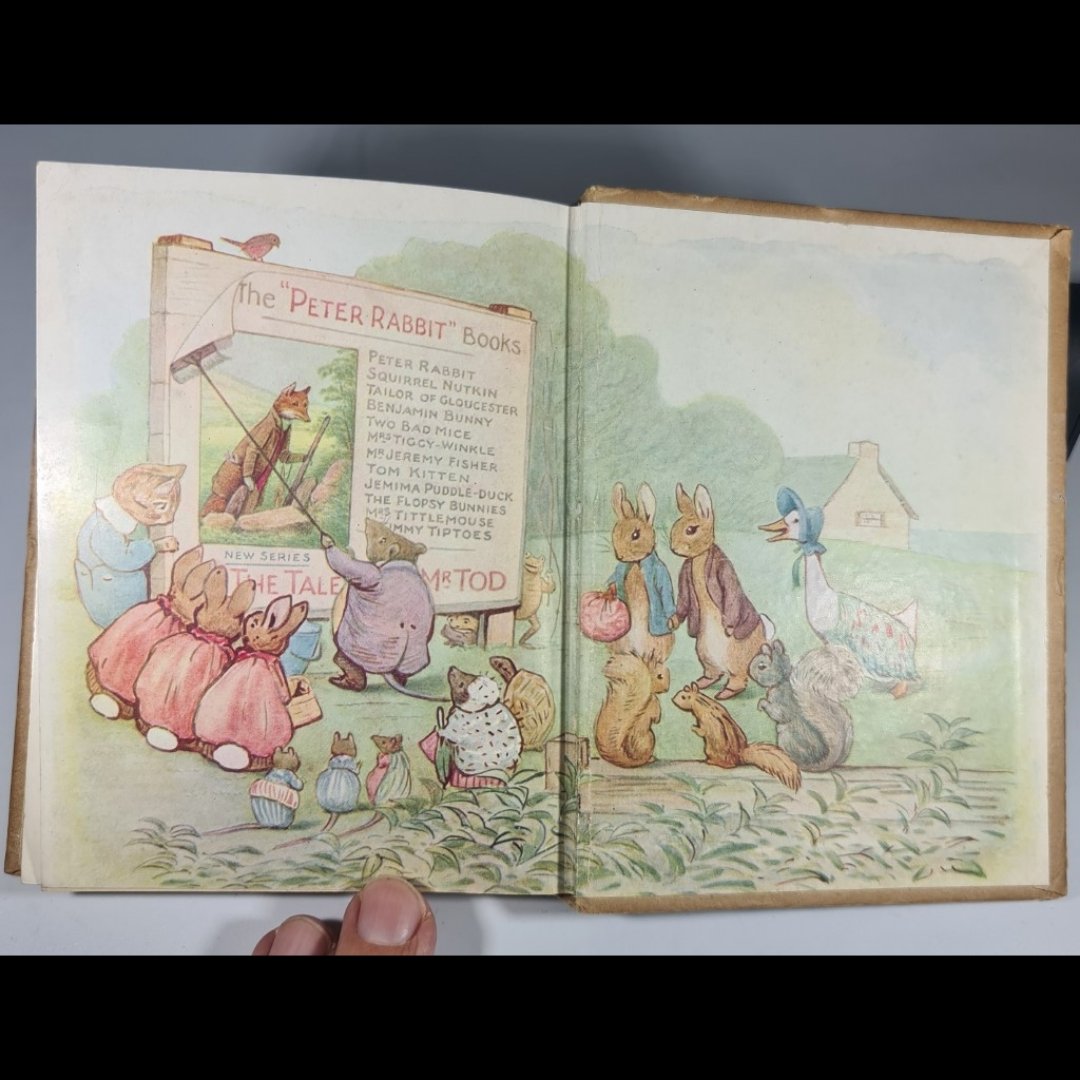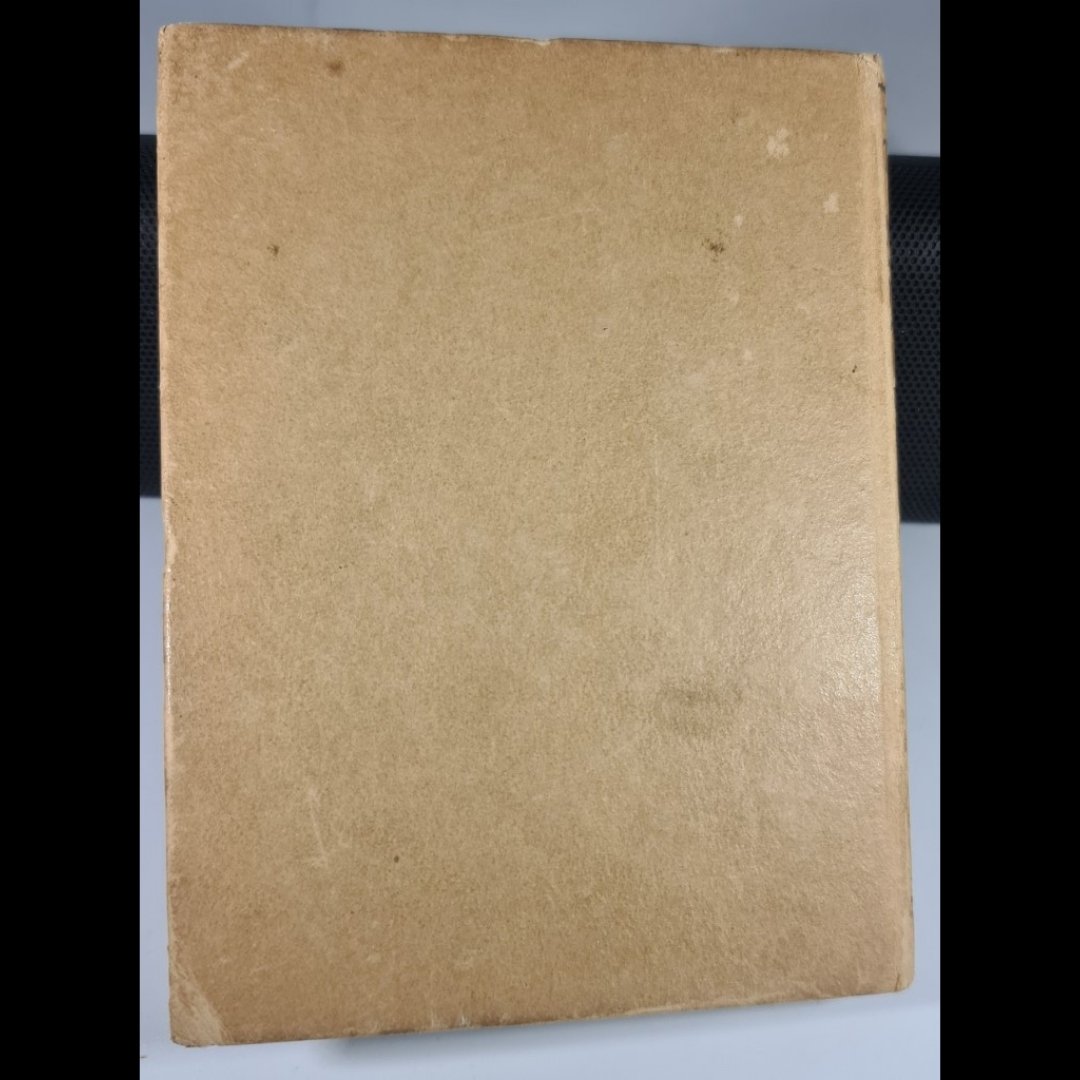 Image 1 of 18
Image 1 of 18

 Image 2 of 18
Image 2 of 18

 Image 3 of 18
Image 3 of 18

 Image 4 of 18
Image 4 of 18

 Image 5 of 18
Image 5 of 18

 Image 6 of 18
Image 6 of 18

 Image 7 of 18
Image 7 of 18

 Image 8 of 18
Image 8 of 18

 Image 9 of 18
Image 9 of 18

 Image 10 of 18
Image 10 of 18

 Image 11 of 18
Image 11 of 18

 Image 12 of 18
Image 12 of 18

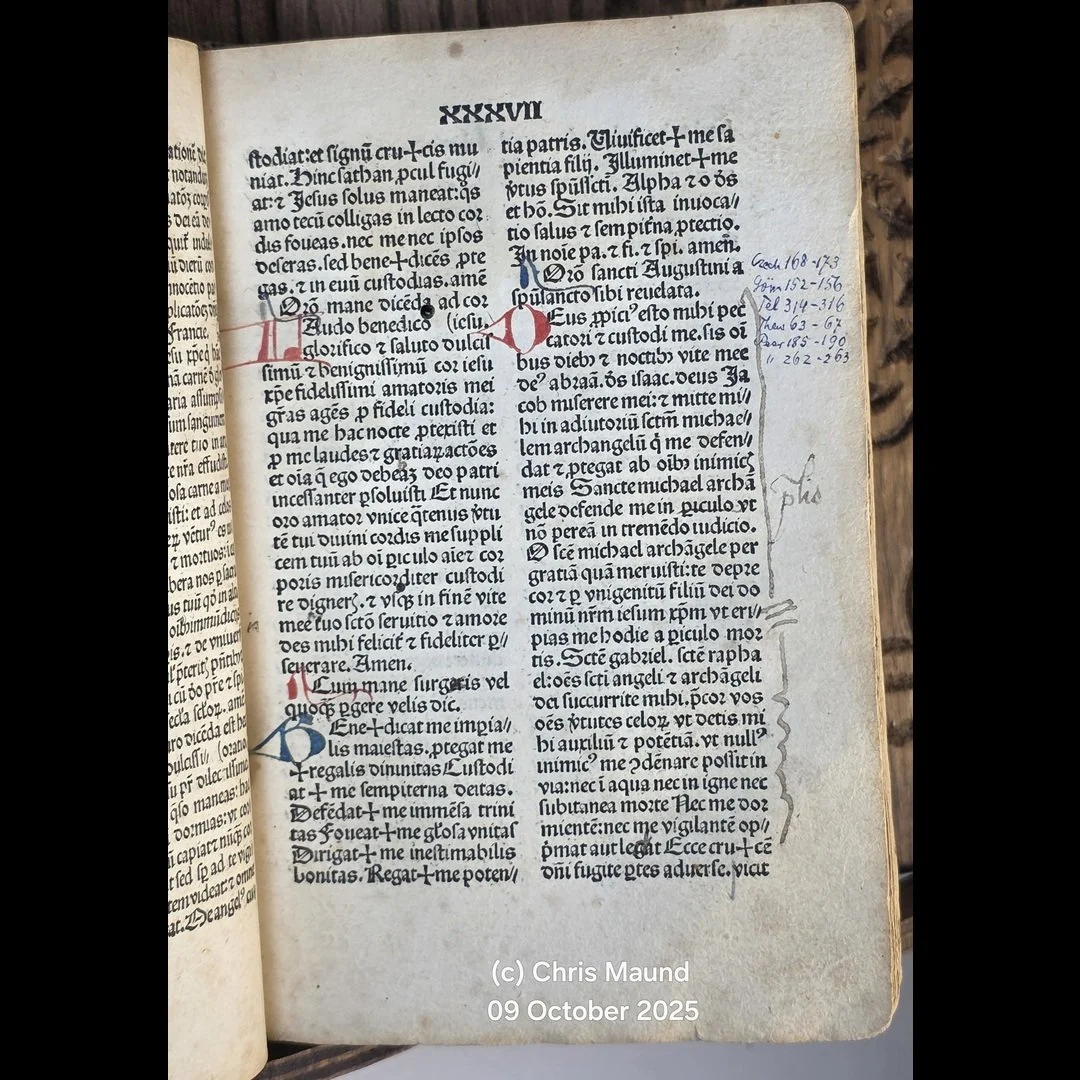 Image 13 of 18
Image 13 of 18

 Image 14 of 18
Image 14 of 18

 Image 15 of 18
Image 15 of 18

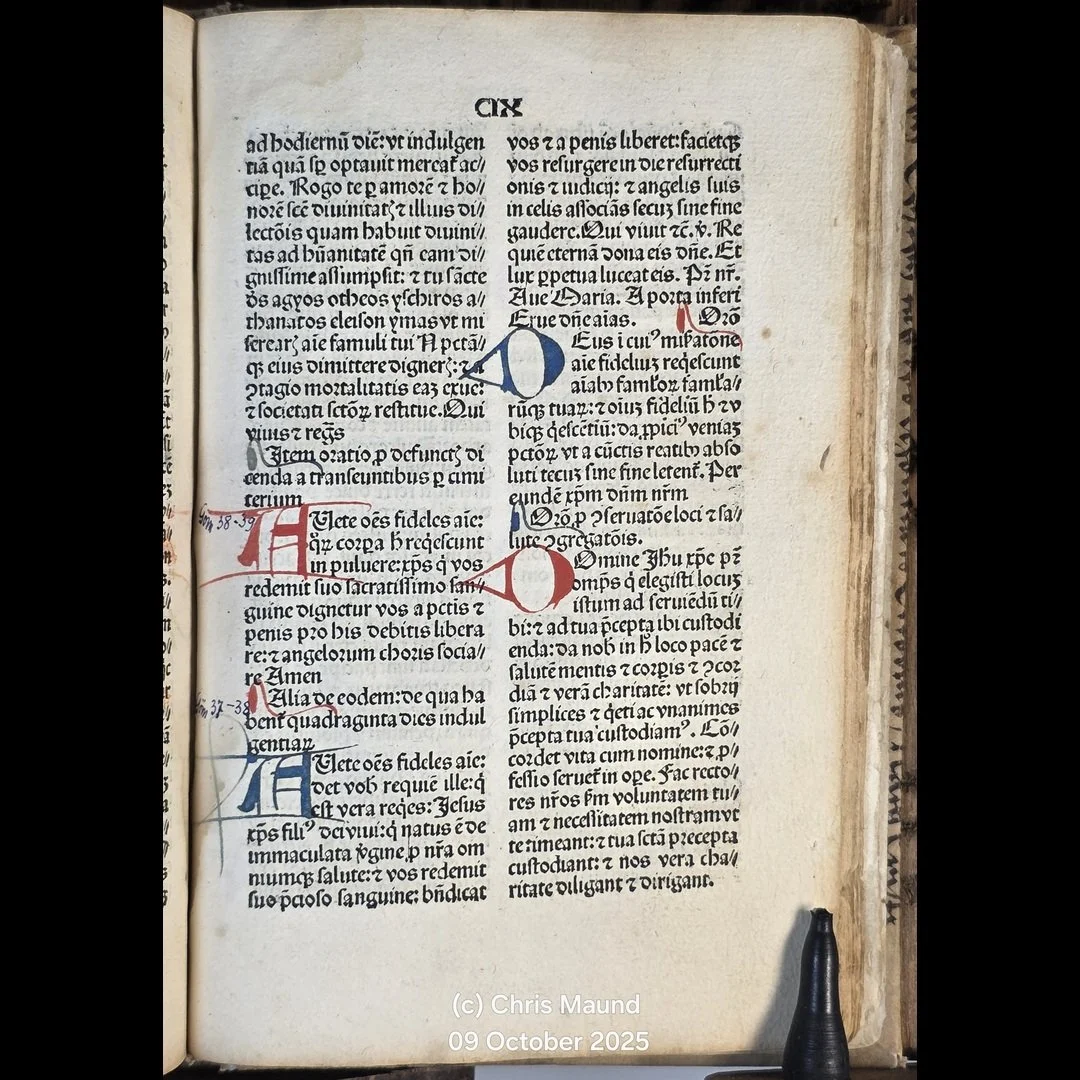 Image 16 of 18
Image 16 of 18

 Image 17 of 18
Image 17 of 18

 Image 18 of 18
Image 18 of 18



















1494 1st Edtn (Thus) LIBER MEDITATIONUM AC ORATIONUM DEUUTARUM, QUI ANTHIDOTARIUS ANIME DICITUR, CUM TABULA INSERTUS. By Nicolaus Salicetus Very Good Christianity
1494 1st Edition (Thus) ,
LIBER MEDITATIONUM AC ORATIONUM DEUUTARUM, QUI ANTHIDOTARIUS ANIME DICITUR, CUM TABULA INSERTUS.
By Nicolaus Salicetus
Nicolaus Salicetus (also known as Nicolaus von Wydenbosch) was a German Cistercian monk. Presumably born in Wydenbosch, he died in 1493. He was abbot of the Baumgarten monastery in Alsace between 1482 and 1493. An obscure but representative figure of the monastic spirituality of the time, he is the author of devotional and meditative texts, of which this Anthidotarius anime is the most famous. His Liber meditationum is part of the late medieval monastic reform and introspective literature, bridging manuscript spirituality and early print.
Format: Vellum,
Language: Latin
Dust Jacket: No Jacket, Dust Jacket Condition: No Jacket
Published By: Hagenow, [Heinrich Gran?], France
duodecimo or twelvemo (12mo 5 × 7+3⁄8 127 × 187),Pages 138
Devotional opera attributed to Nicolaus Salicetus, Cistercian abbot of Baumgarten, the Liber meditationum is conceived as an antidote against the vices and temptations of the world, through the systematic use of prayer and guided meditation. The soul is cared for like a sick body, according to a symbolic scheme that combines monastic spirituality and medical metaphors: an "antidote" not for the body, but for passions and weaknesses. Includes the well-known examination of conscience arranged by the Ten Commandments (e.g., “De quarto praecepto … De octavo peccato …”). The volume is representative of the Cistercian ascetic tradition at the end of the Middle Ages, at a time when printing made works previously reserved for convents available to the laity. The print run in Hagenow, a smaller and little-documented center, emphasizes the rarity of the edition. The absence of the printer's name has led to the hypothesis that it was attributed to Heinrich Gran, active in Hagenau between 1489 and 1527.
The work was printed in 1494 in Hagenow (modern-day Hagenau in Alsace), without the name of the printer: the most probable attribution is to Heinrich Gran, one of the earliest Alsatian printers active in the 15th century. Despite its limited dissemination, the text achieved a certain success in Cistercian and Carthusian monasteries, particularly in the territories of the Empire. The printing is executed in Gothic type, in two columns, with contemporary decorative rubrication. Few surviving copies are cataloged today.
Early marginalia, 16th century. Contemporary/early manuscript-waste vellum wrapper. Private owner’s ex-libris stamp “Ph·H”, dated 1901 (German-speaking Central Europe). Later in the library of Sven Borgström (1927–2022), Swedish collector of early printed books.
SKU: BTETM0002663
Approximate Package Dimensions H: 12.5, L: 30, W: 25 (Units: cm), W: 2Kg
1494 1st Edition (Thus) ,
LIBER MEDITATIONUM AC ORATIONUM DEUUTARUM, QUI ANTHIDOTARIUS ANIME DICITUR, CUM TABULA INSERTUS.
By Nicolaus Salicetus
Nicolaus Salicetus (also known as Nicolaus von Wydenbosch) was a German Cistercian monk. Presumably born in Wydenbosch, he died in 1493. He was abbot of the Baumgarten monastery in Alsace between 1482 and 1493. An obscure but representative figure of the monastic spirituality of the time, he is the author of devotional and meditative texts, of which this Anthidotarius anime is the most famous. His Liber meditationum is part of the late medieval monastic reform and introspective literature, bridging manuscript spirituality and early print.
Format: Vellum,
Language: Latin
Dust Jacket: No Jacket, Dust Jacket Condition: No Jacket
Published By: Hagenow, [Heinrich Gran?], France
duodecimo or twelvemo (12mo 5 × 7+3⁄8 127 × 187),Pages 138
Devotional opera attributed to Nicolaus Salicetus, Cistercian abbot of Baumgarten, the Liber meditationum is conceived as an antidote against the vices and temptations of the world, through the systematic use of prayer and guided meditation. The soul is cared for like a sick body, according to a symbolic scheme that combines monastic spirituality and medical metaphors: an "antidote" not for the body, but for passions and weaknesses. Includes the well-known examination of conscience arranged by the Ten Commandments (e.g., “De quarto praecepto … De octavo peccato …”). The volume is representative of the Cistercian ascetic tradition at the end of the Middle Ages, at a time when printing made works previously reserved for convents available to the laity. The print run in Hagenow, a smaller and little-documented center, emphasizes the rarity of the edition. The absence of the printer's name has led to the hypothesis that it was attributed to Heinrich Gran, active in Hagenau between 1489 and 1527.
The work was printed in 1494 in Hagenow (modern-day Hagenau in Alsace), without the name of the printer: the most probable attribution is to Heinrich Gran, one of the earliest Alsatian printers active in the 15th century. Despite its limited dissemination, the text achieved a certain success in Cistercian and Carthusian monasteries, particularly in the territories of the Empire. The printing is executed in Gothic type, in two columns, with contemporary decorative rubrication. Few surviving copies are cataloged today.
Early marginalia, 16th century. Contemporary/early manuscript-waste vellum wrapper. Private owner’s ex-libris stamp “Ph·H”, dated 1901 (German-speaking Central Europe). Later in the library of Sven Borgström (1927–2022), Swedish collector of early printed books.
SKU: BTETM0002663
Approximate Package Dimensions H: 12.5, L: 30, W: 25 (Units: cm), W: 2Kg
Very Good - First Haguenau/Heinrich Gran edition. Nicolaus Salicetus (attrib.). Antidotarius animae — Liber meditationum ac orationum devotarum…. Haguenau, 5 Sept. 1494 (printer unnamed, plausibly Heinrich Gran). 8vo. Gothic type in two columns, contemporary rubrication in red/blue, early marginalia. Contemporary/16th-c wrapper of German manuscript waste (legal acknowledgment dated 1580). Collation: A–R⁸; R8 (blank) wanting. A representative Cistercian devotional/ascetic manual—includes the examination of conscience by the Ten Commandments. Private collector ex-libris stamp Please see photos as part of condition report
























